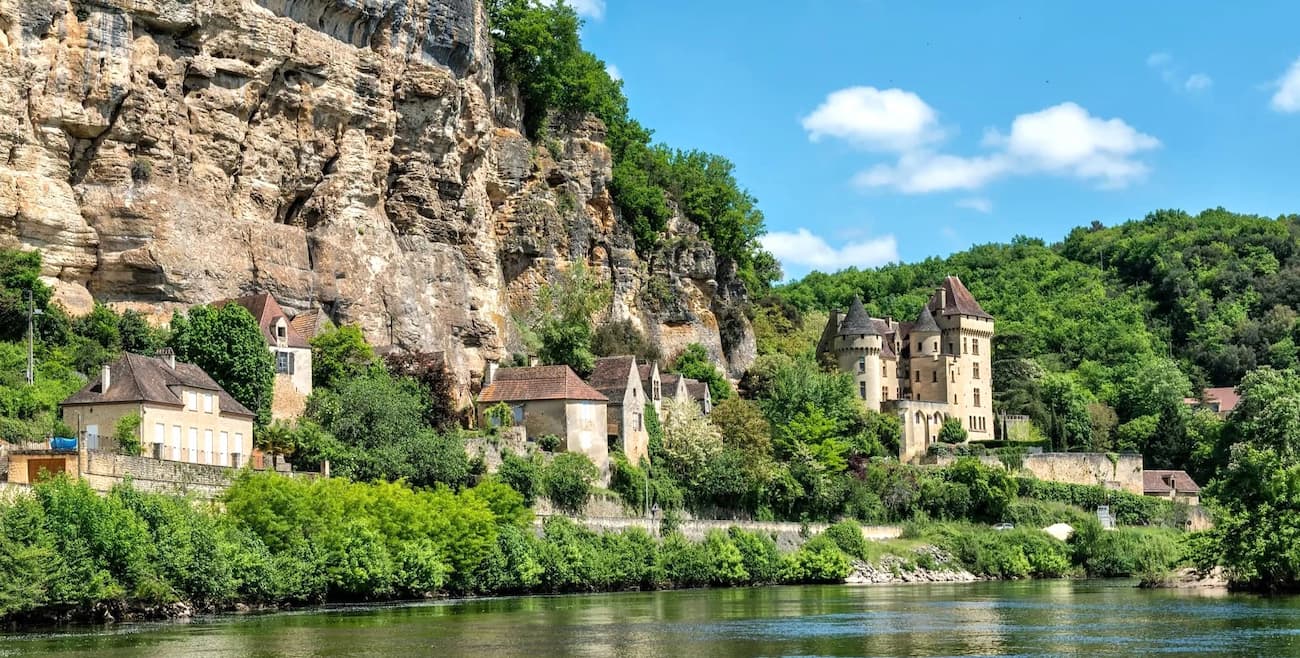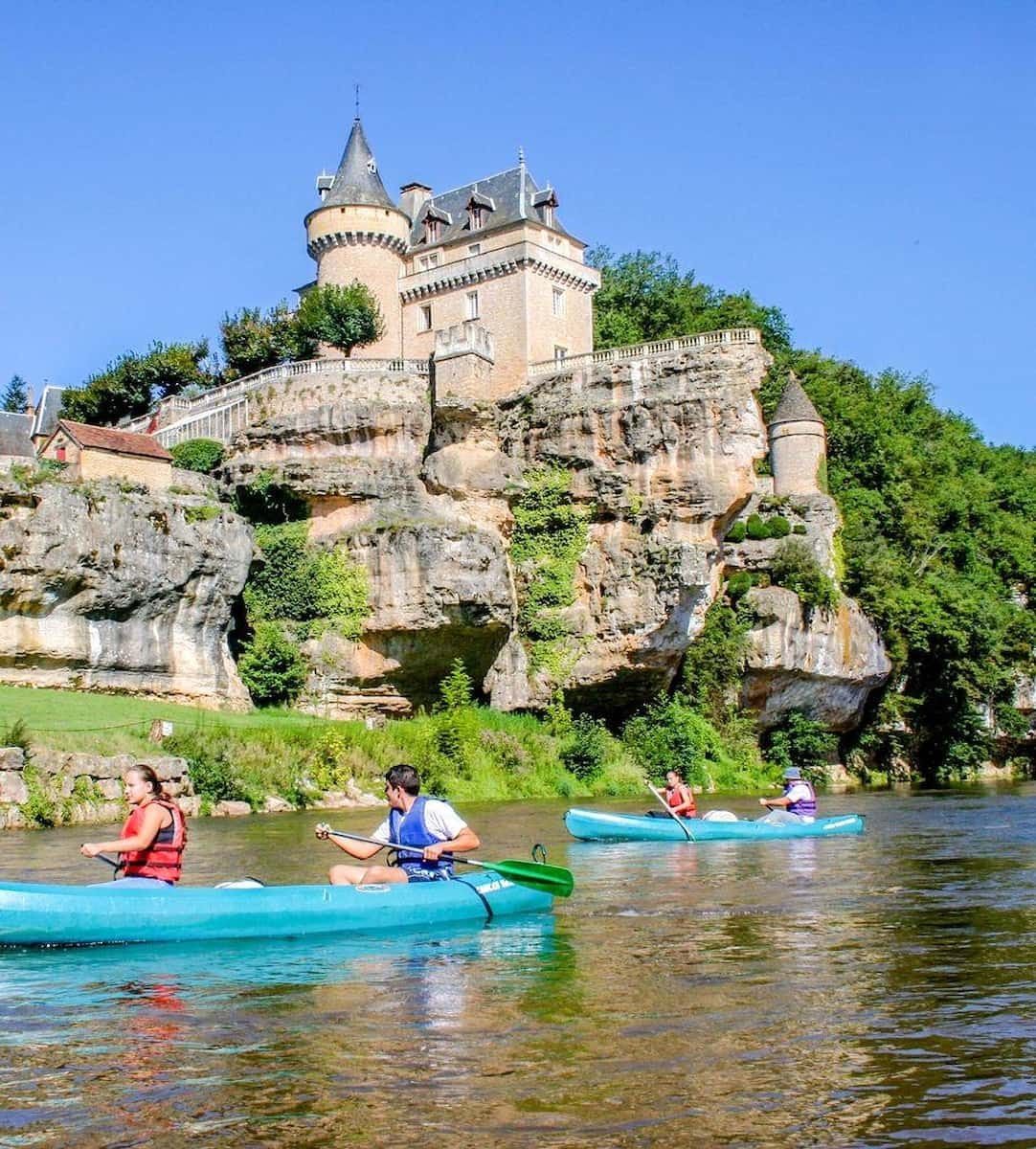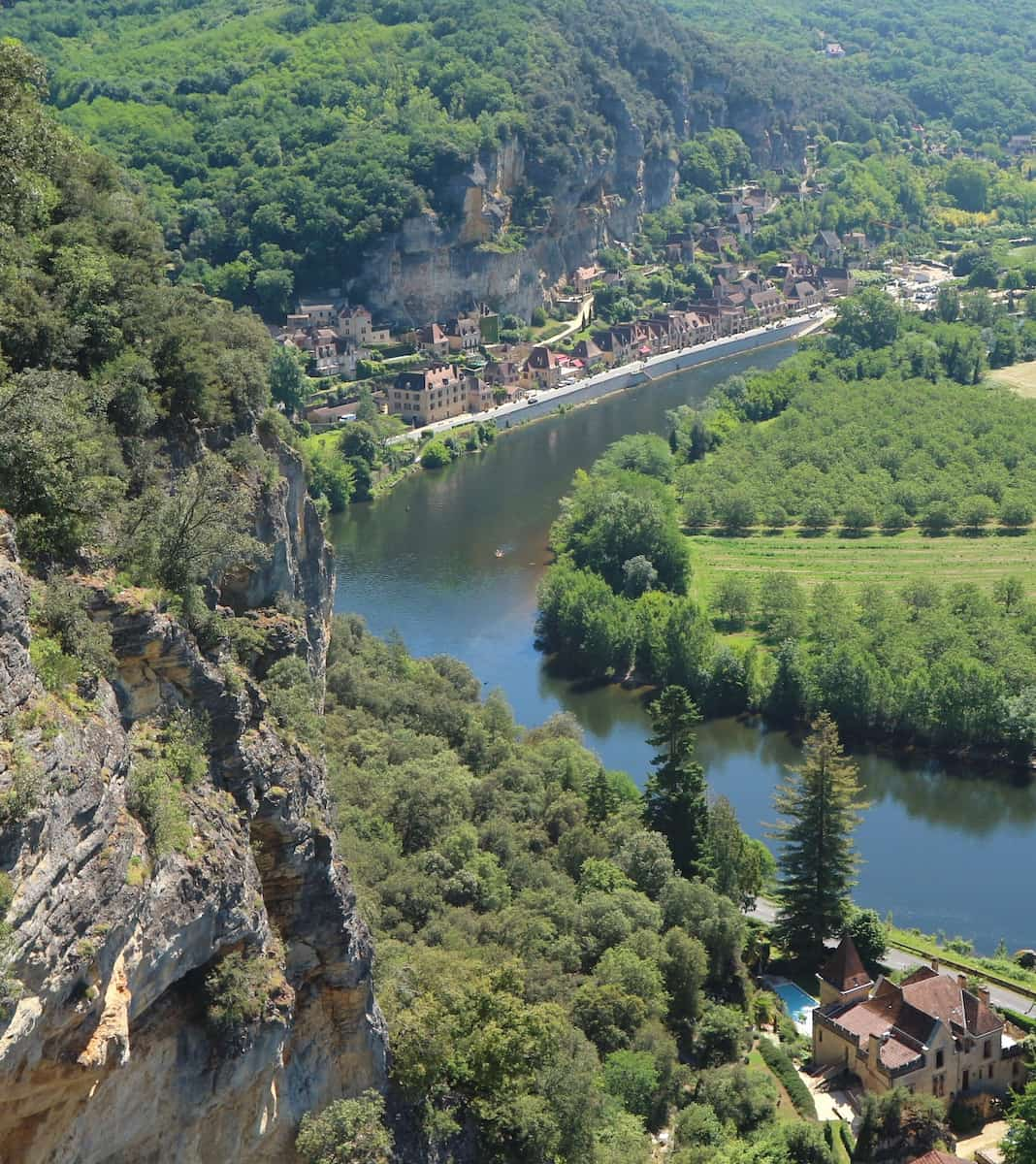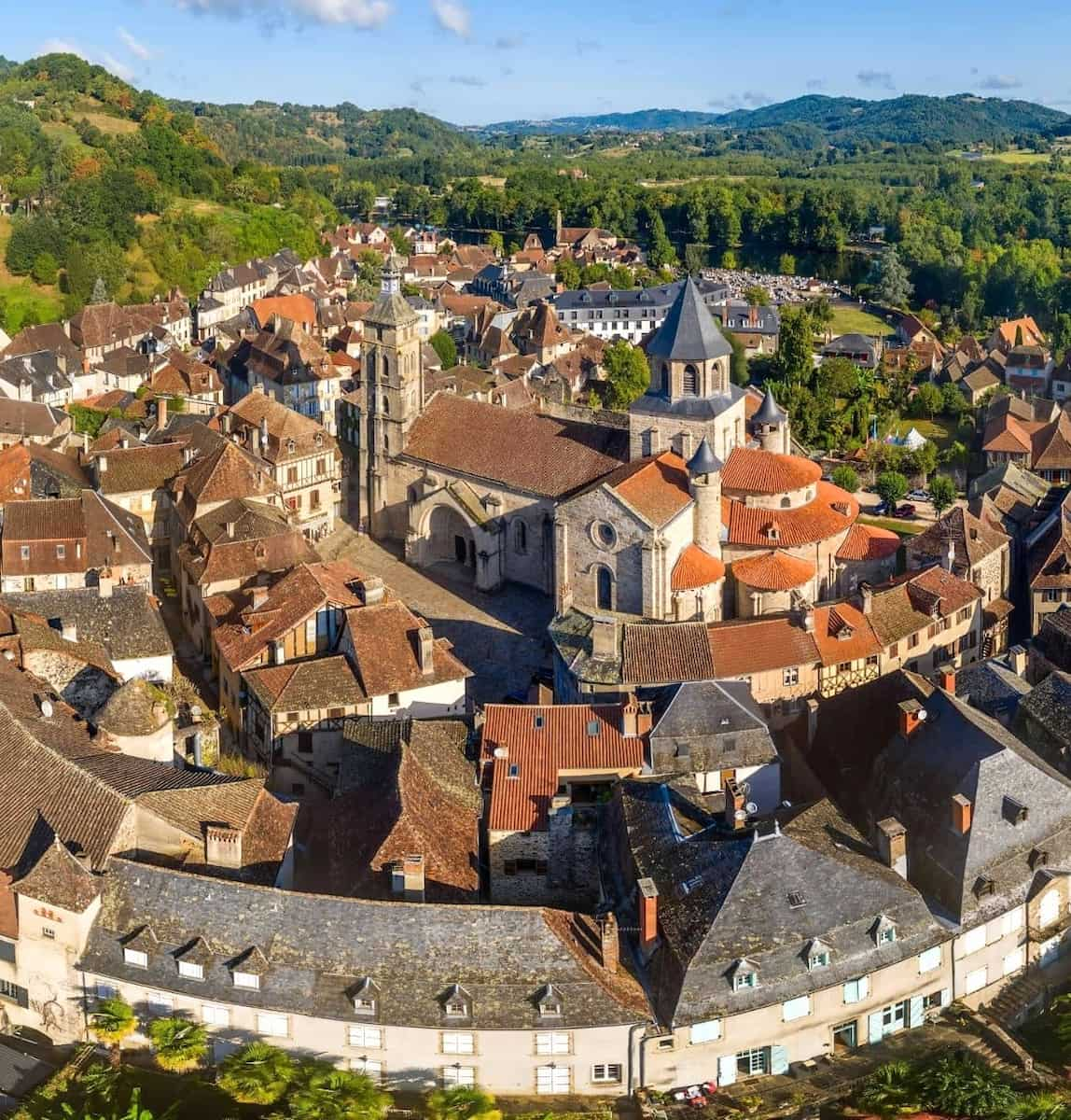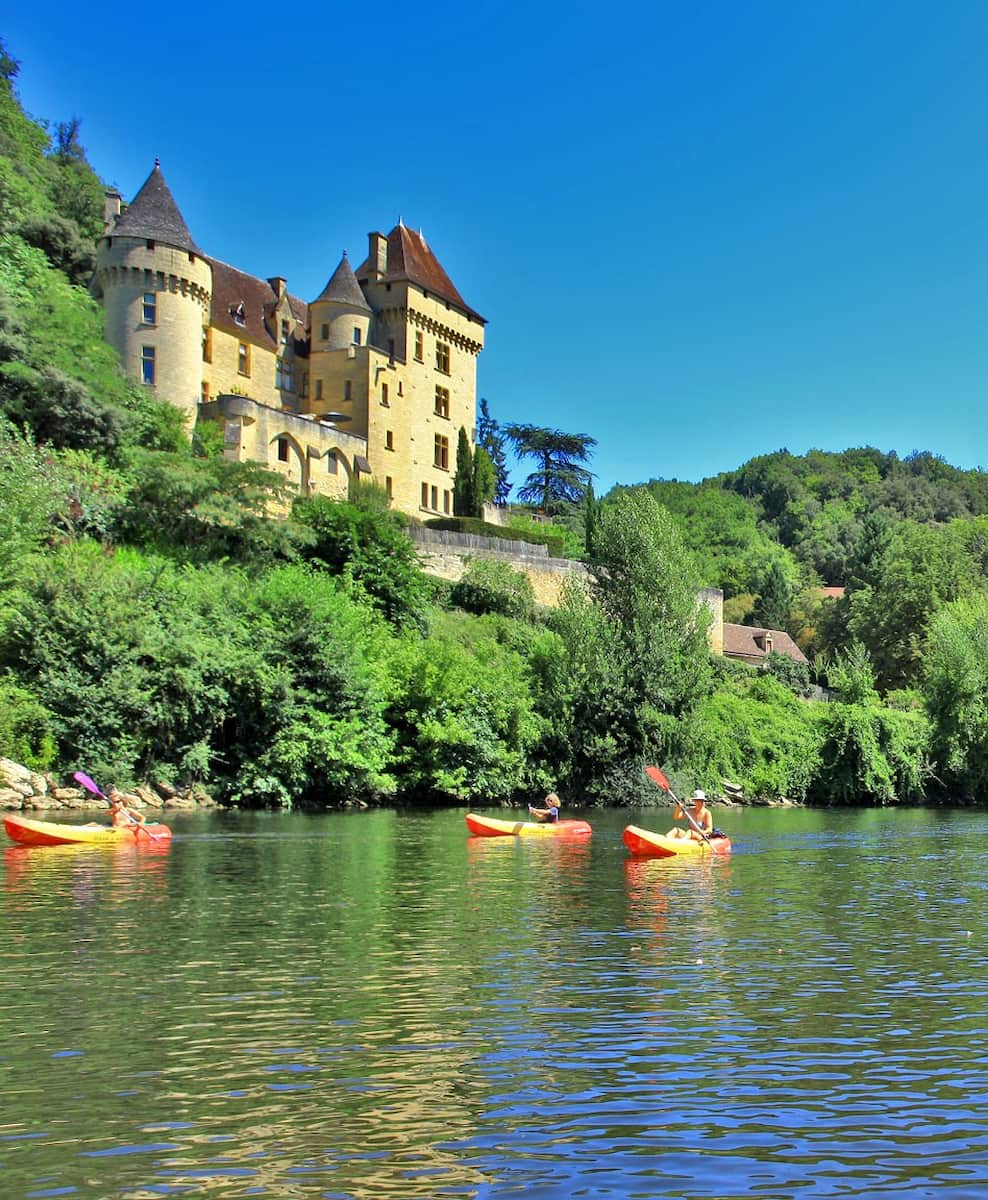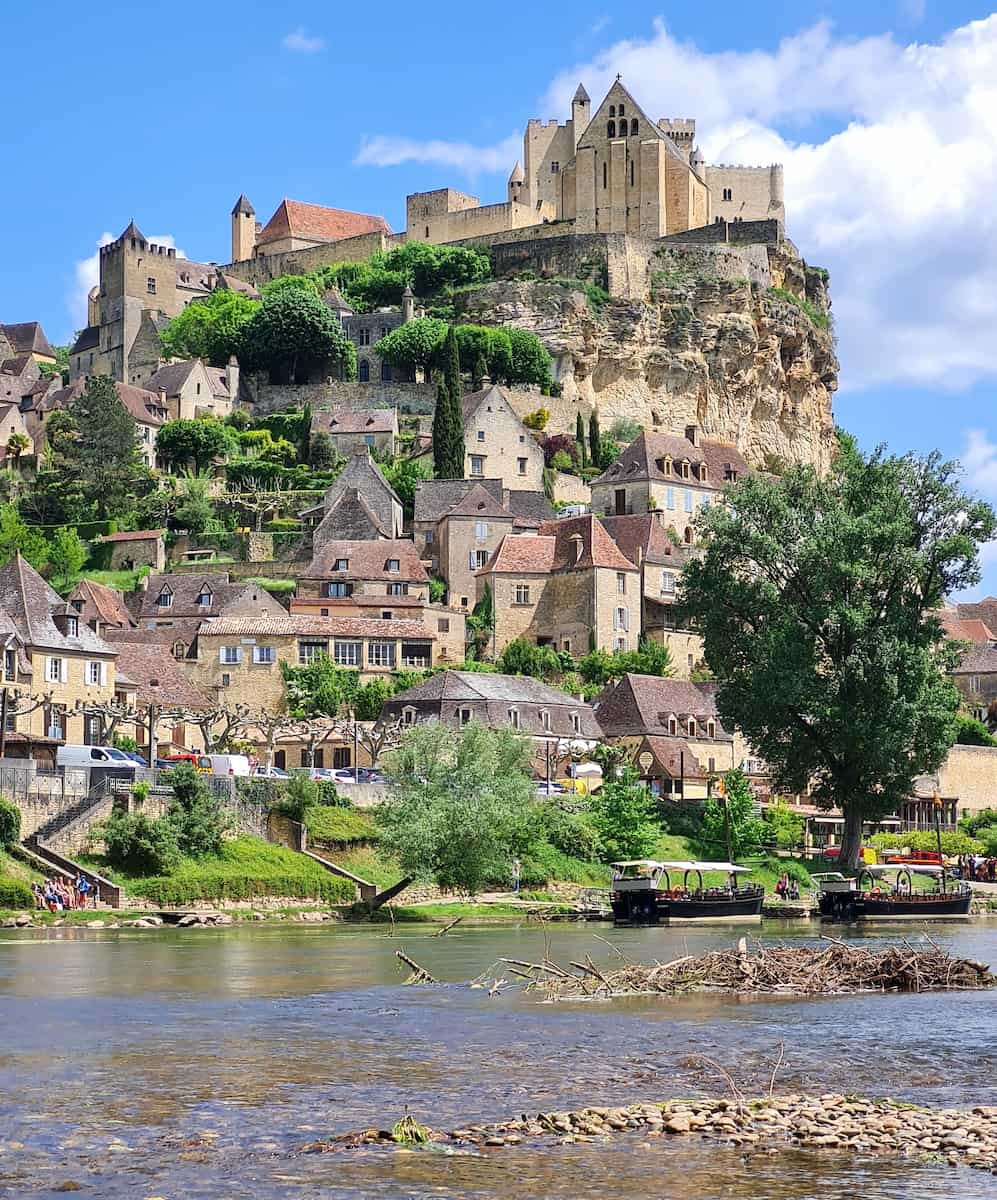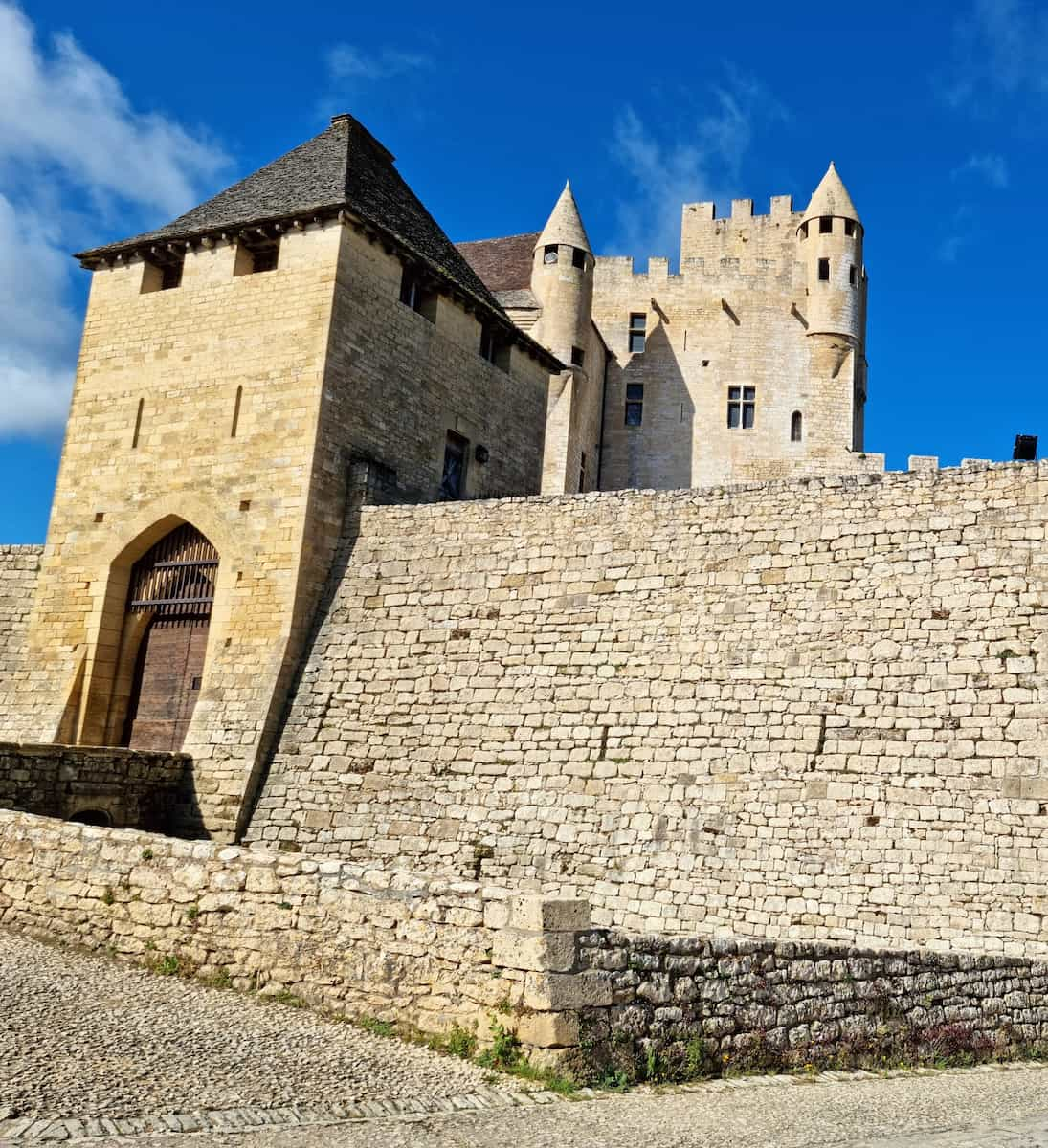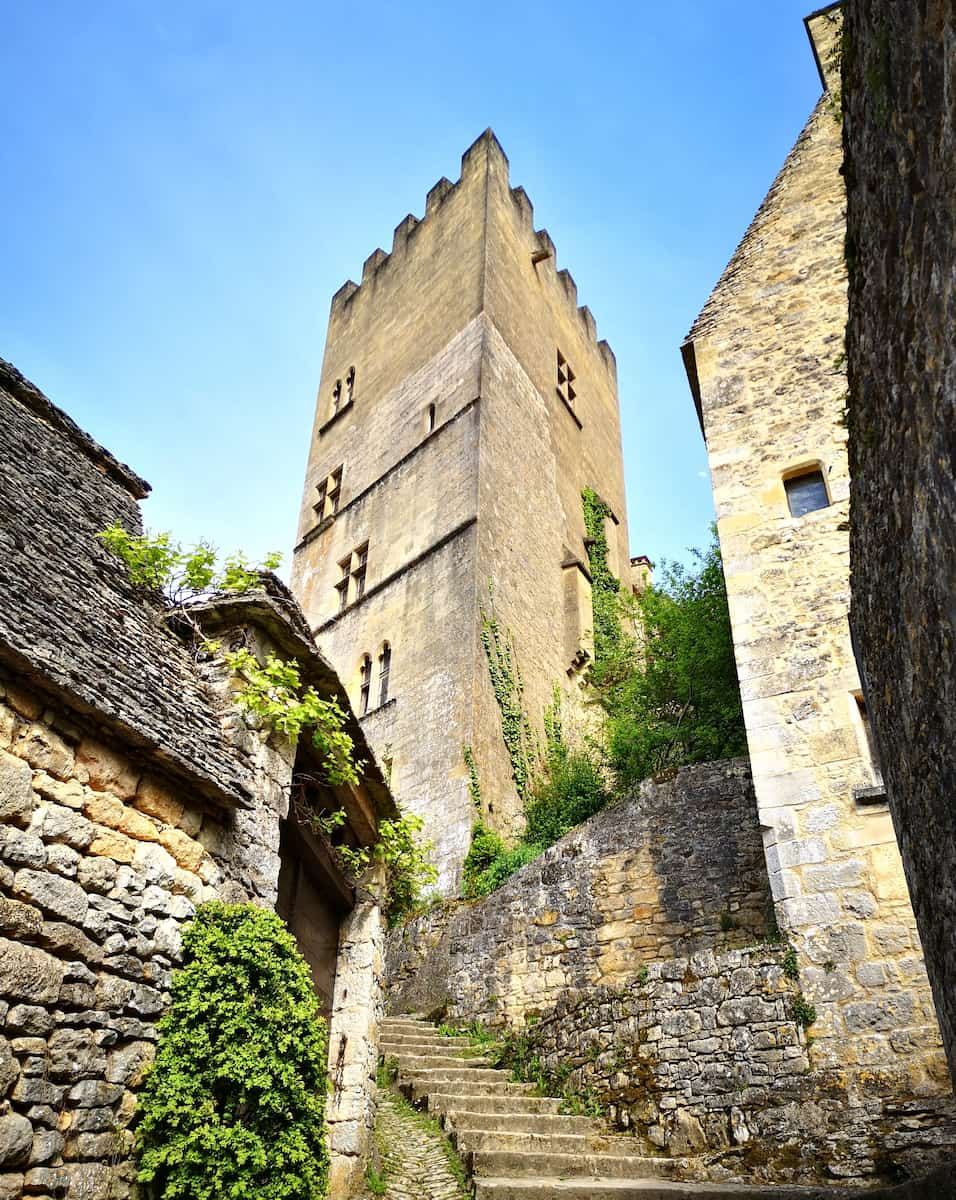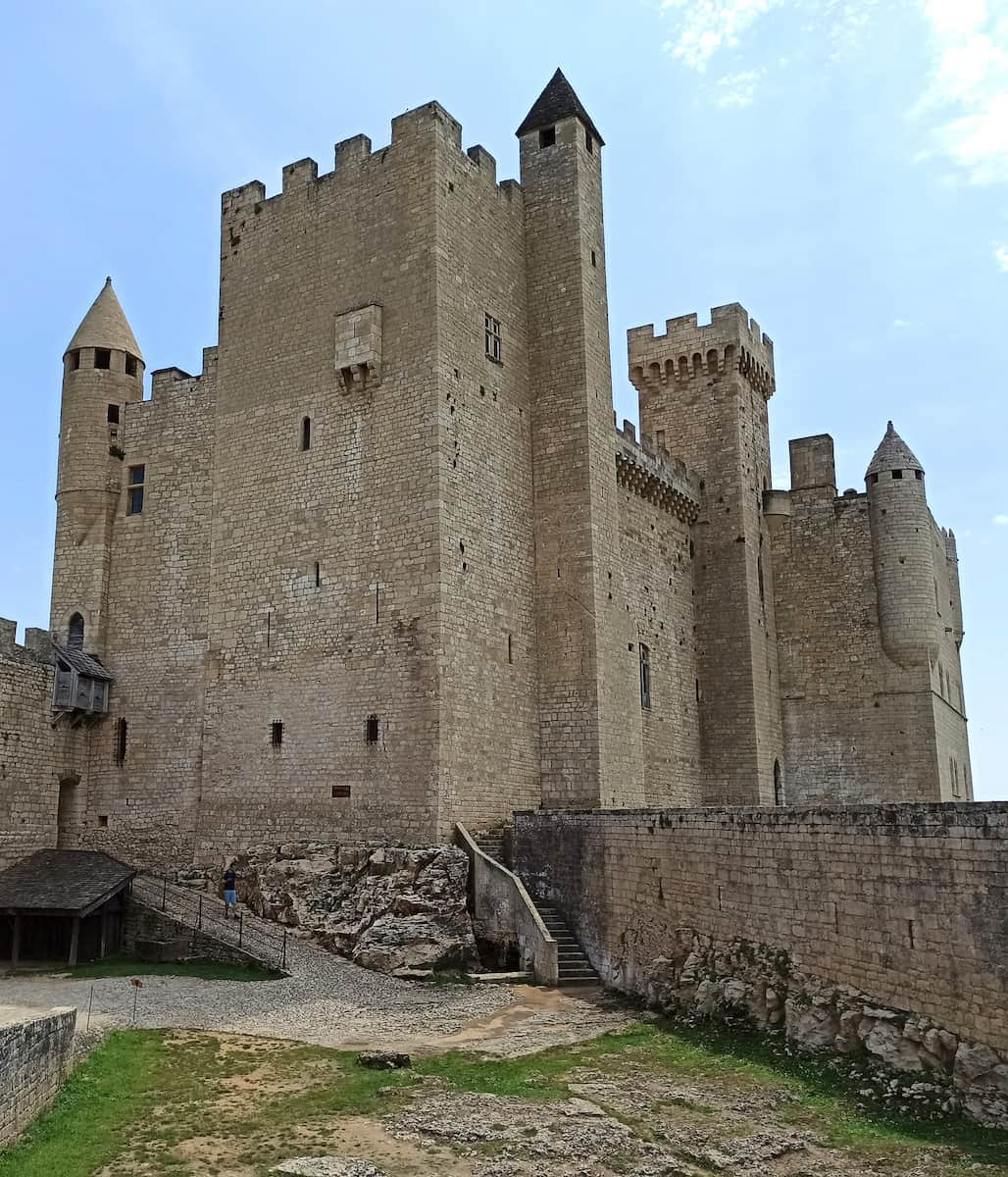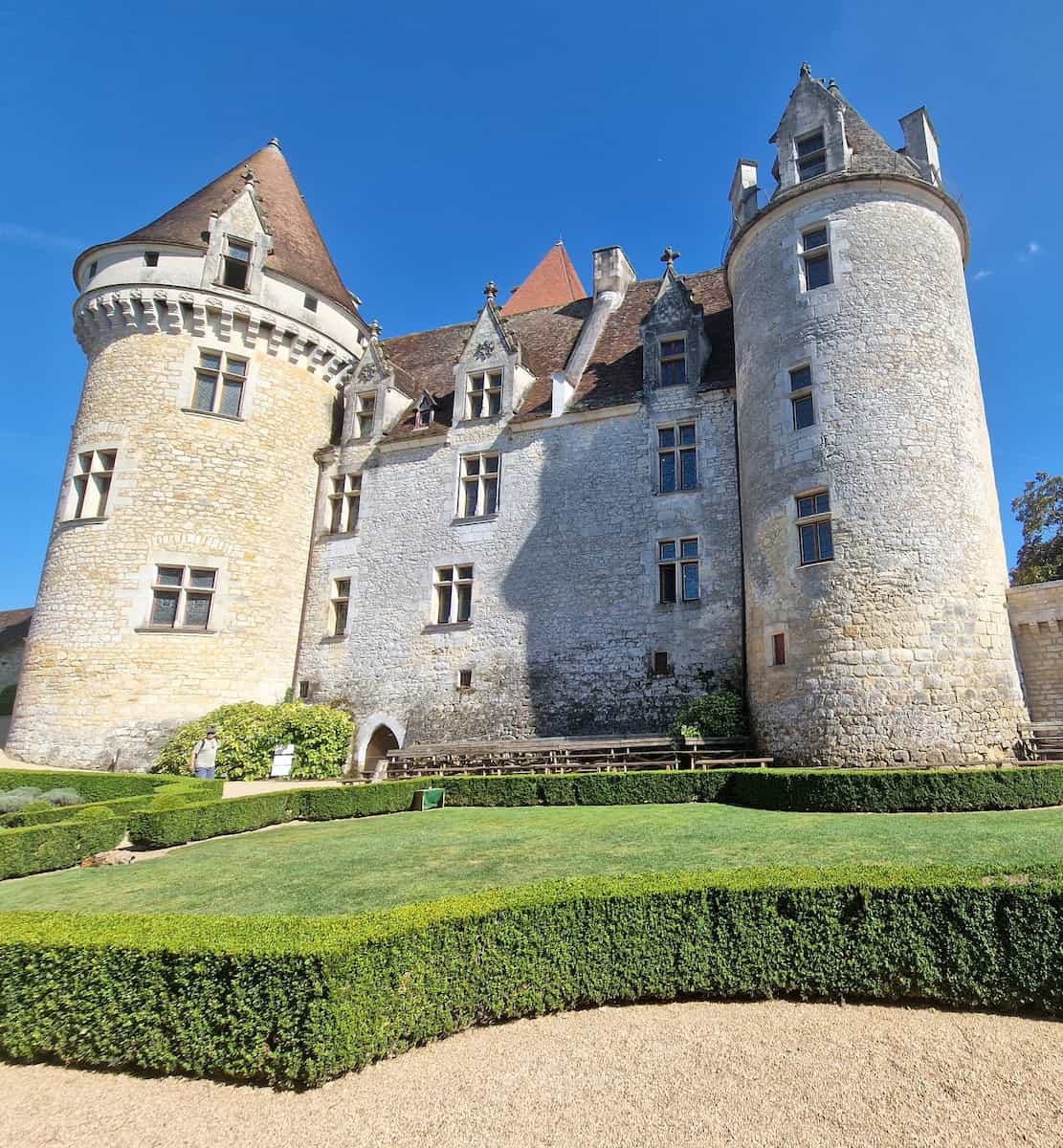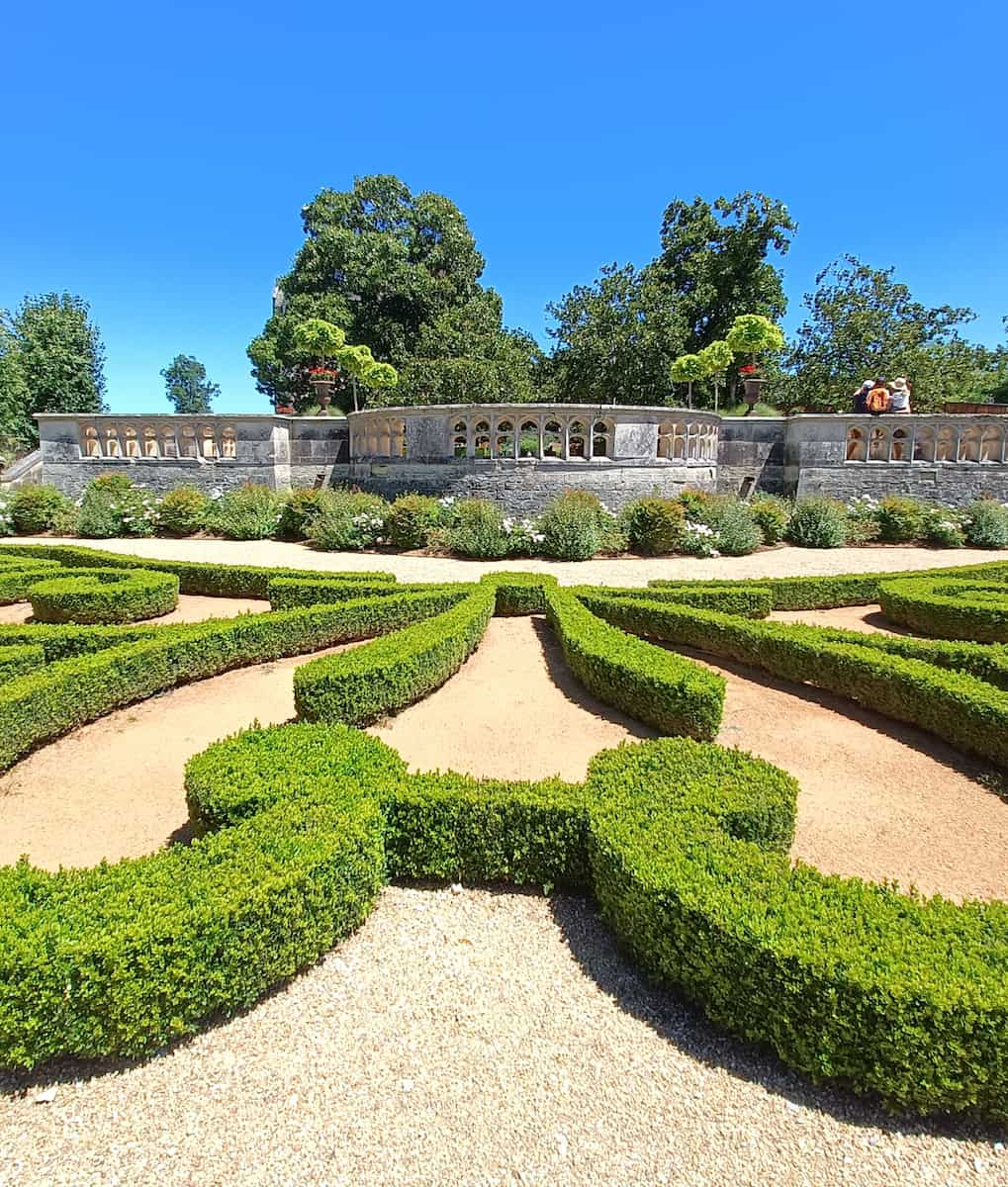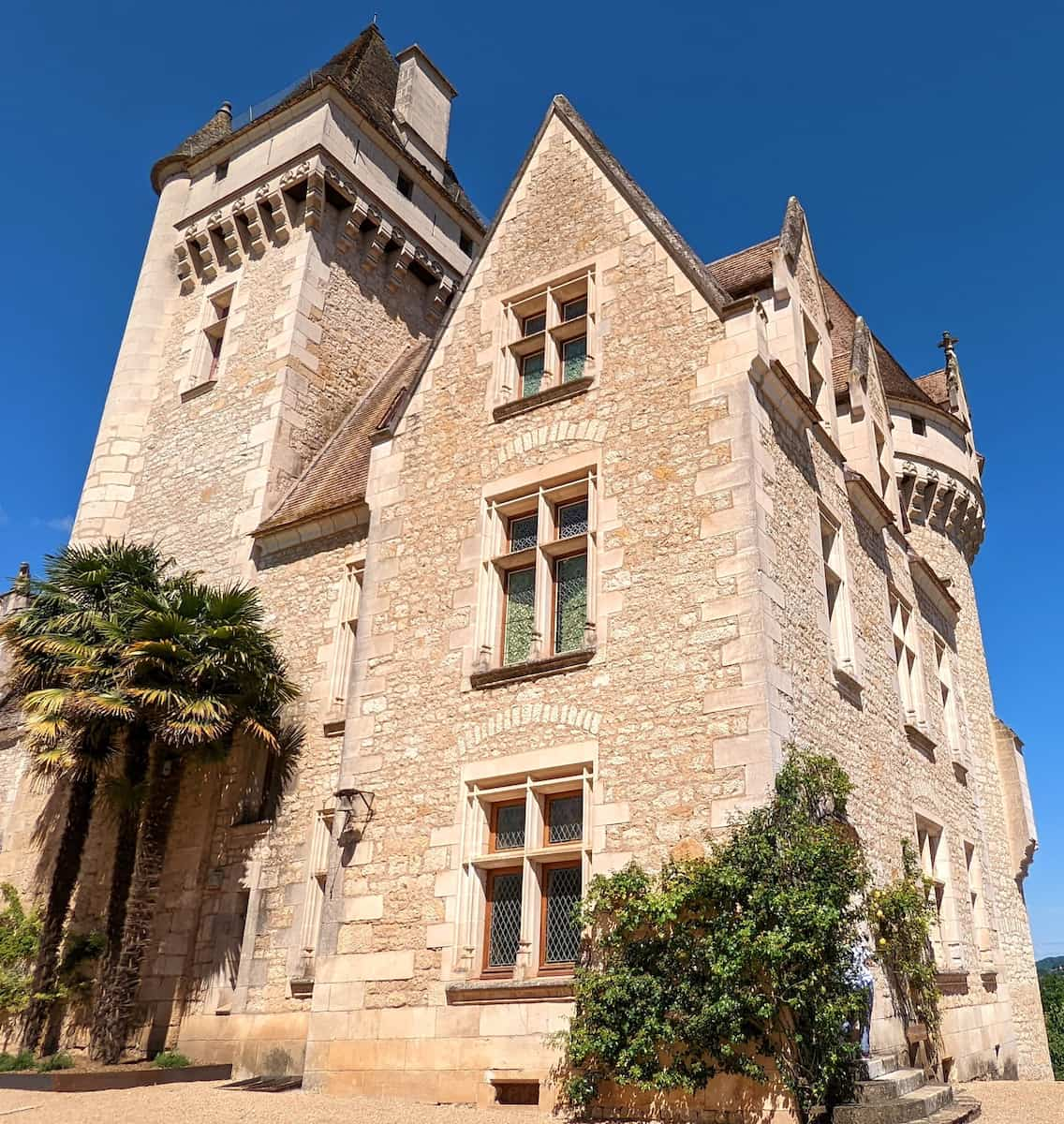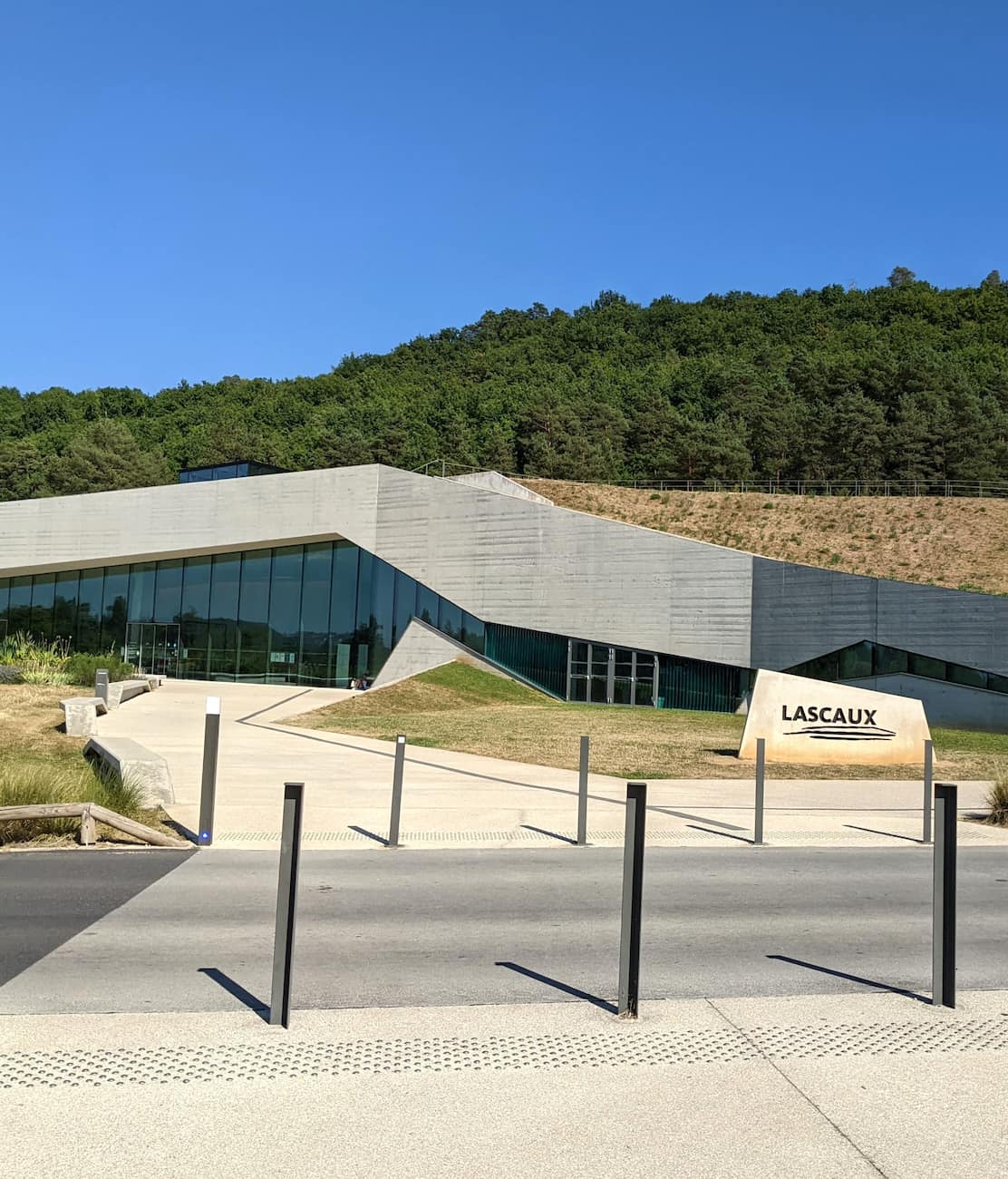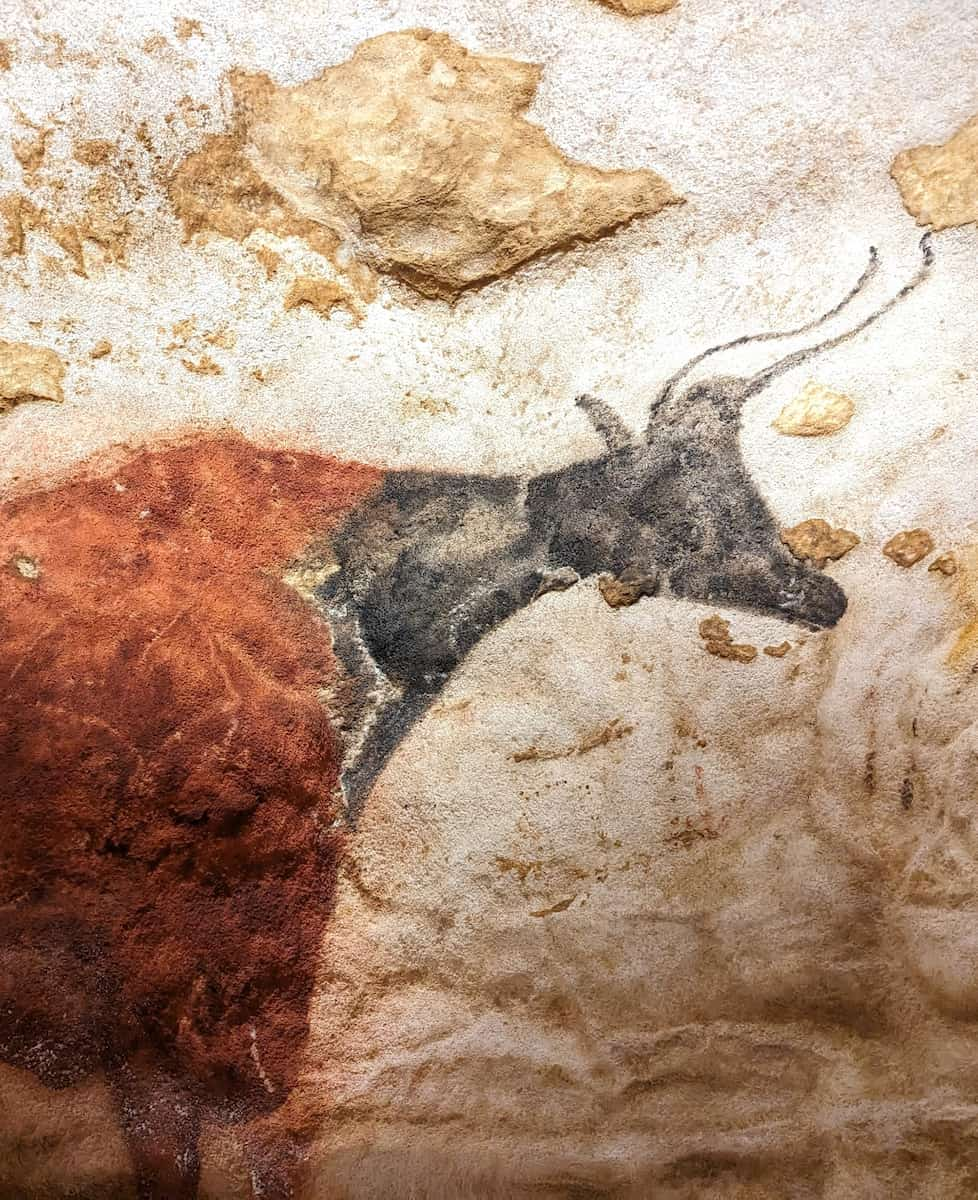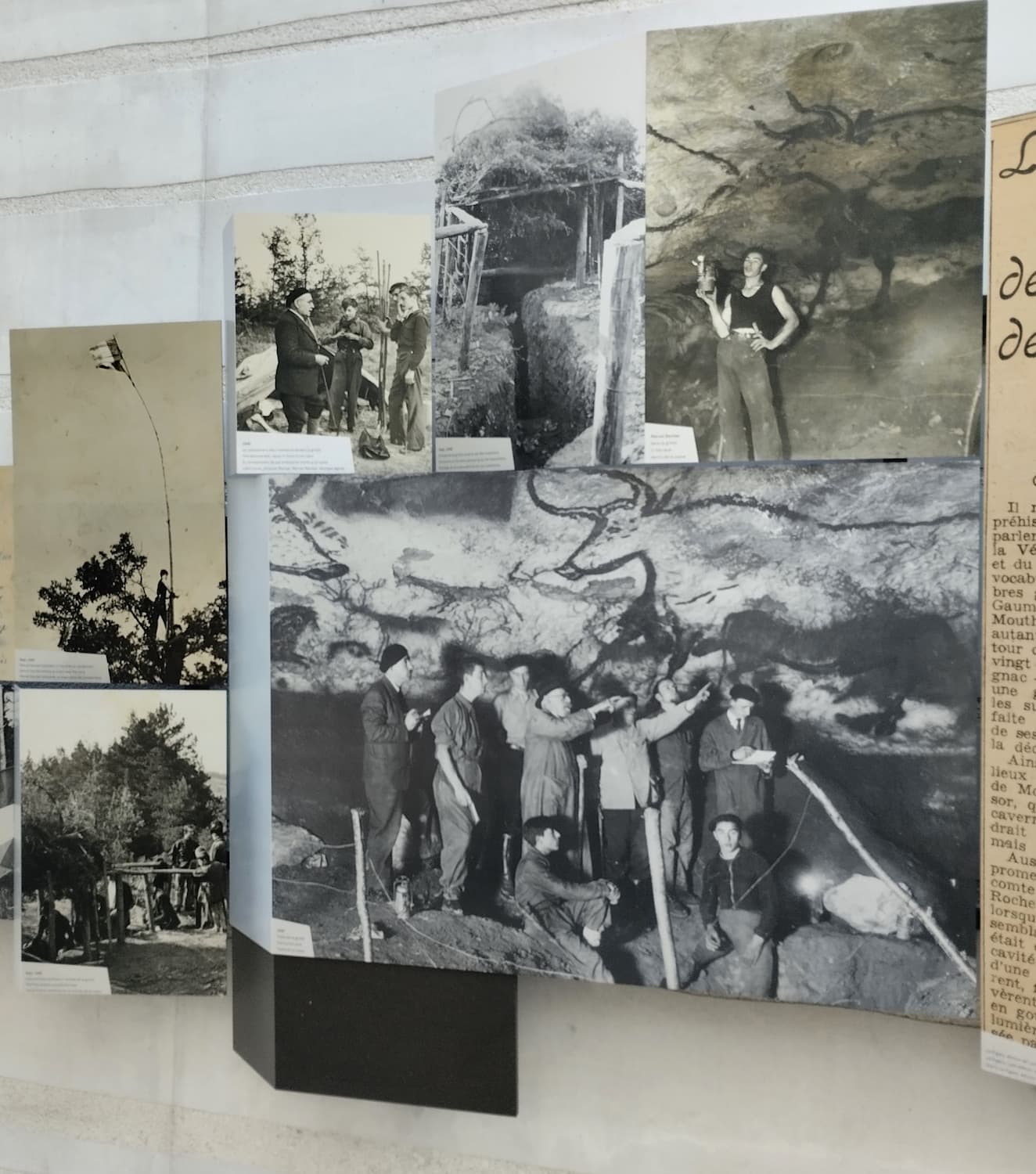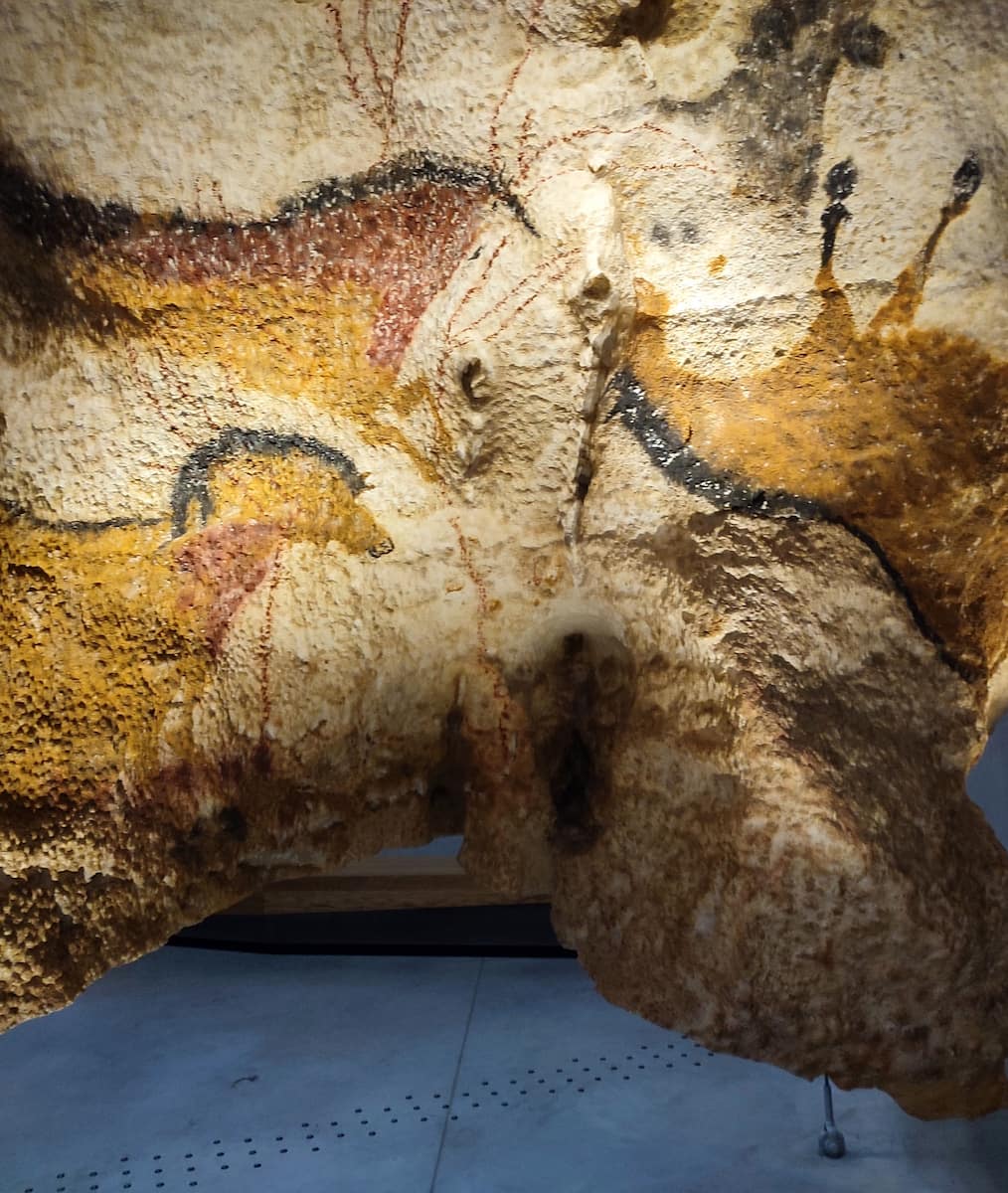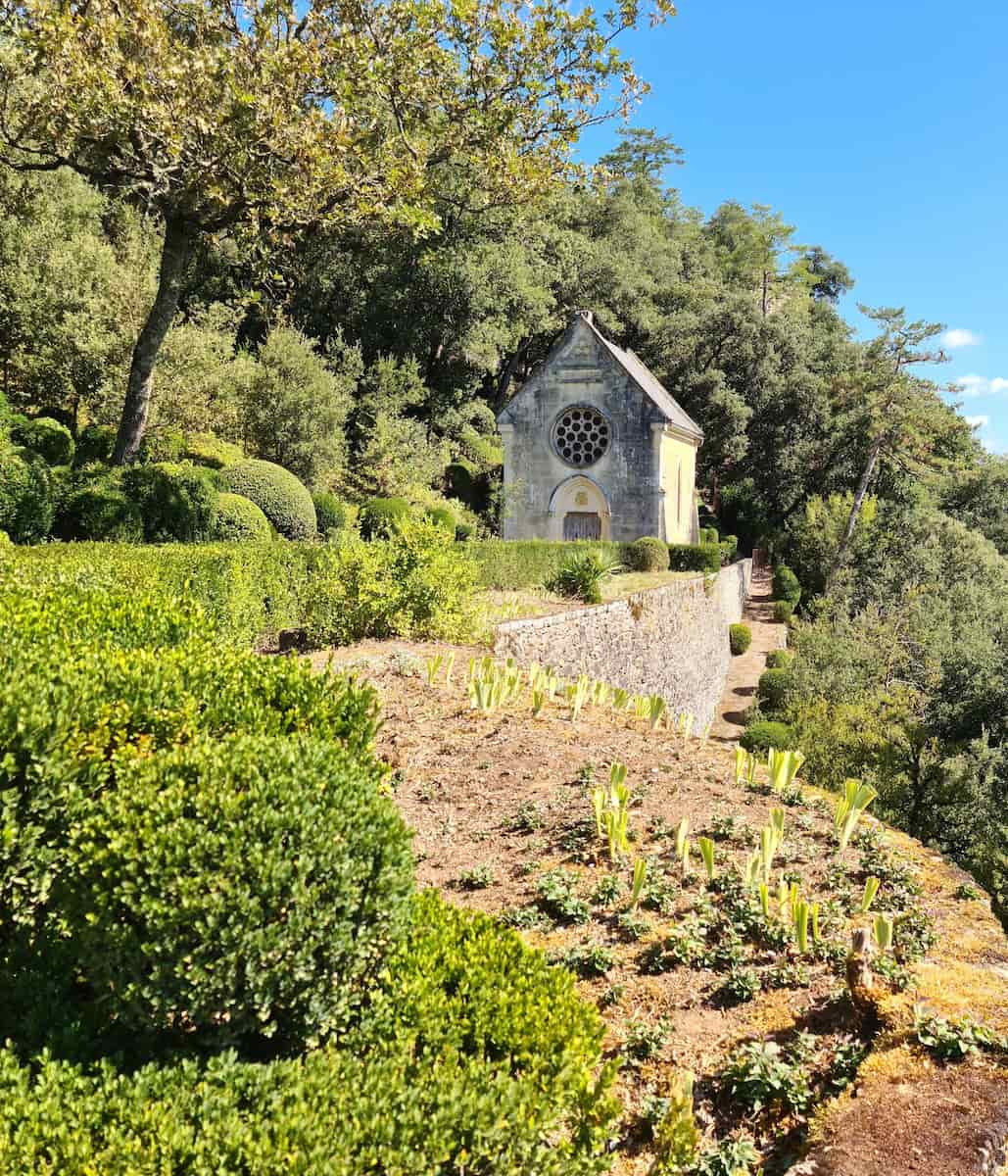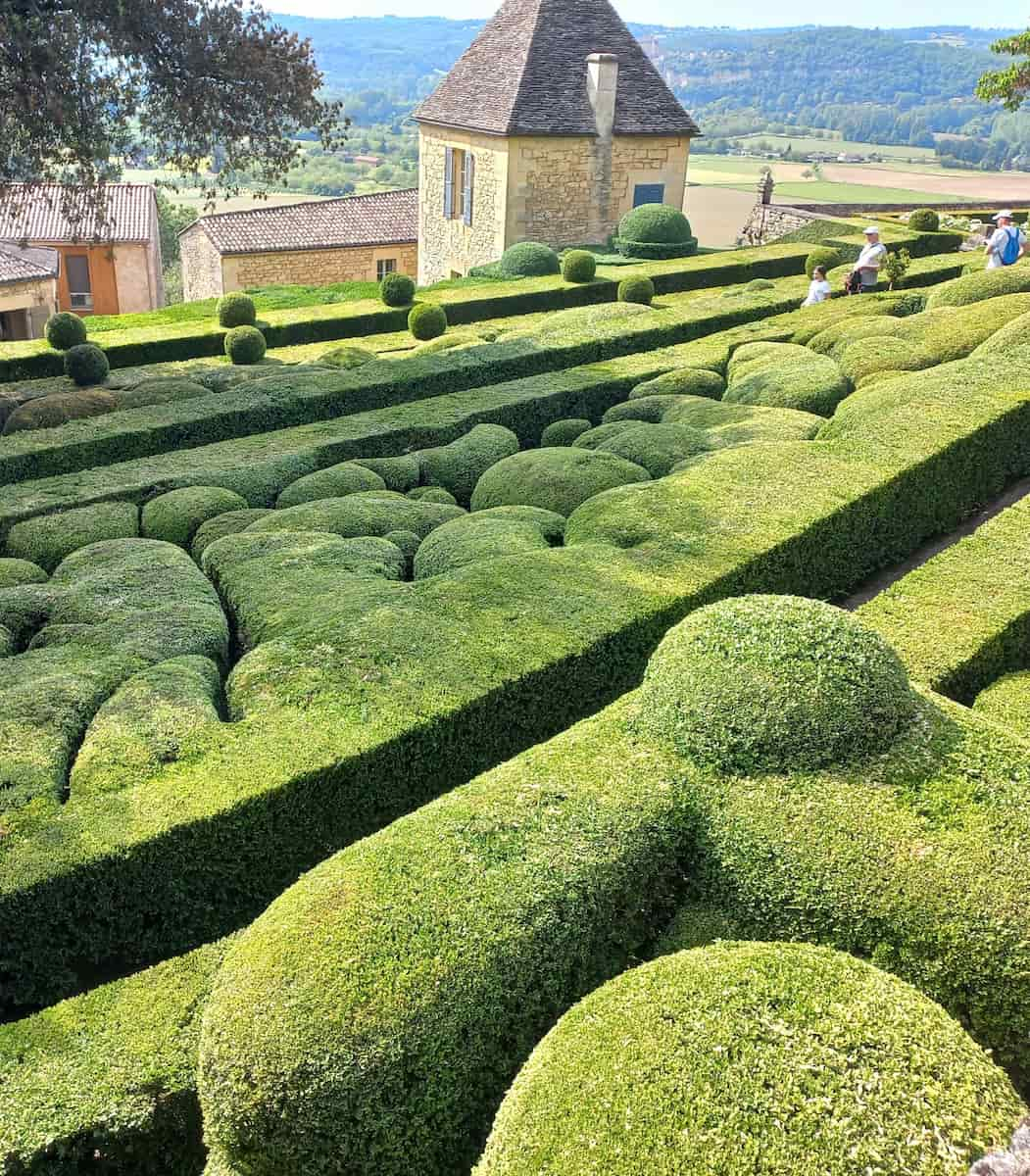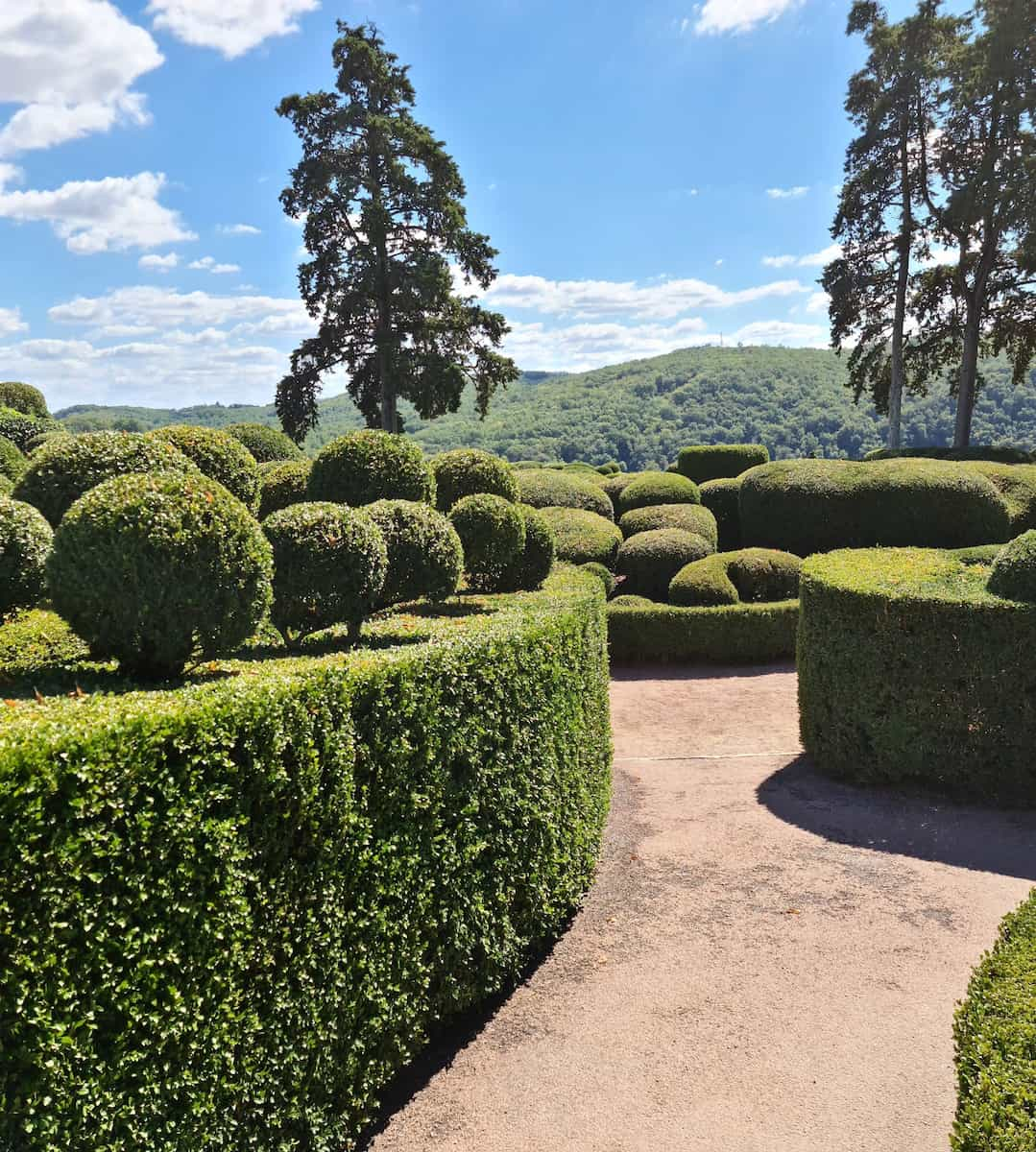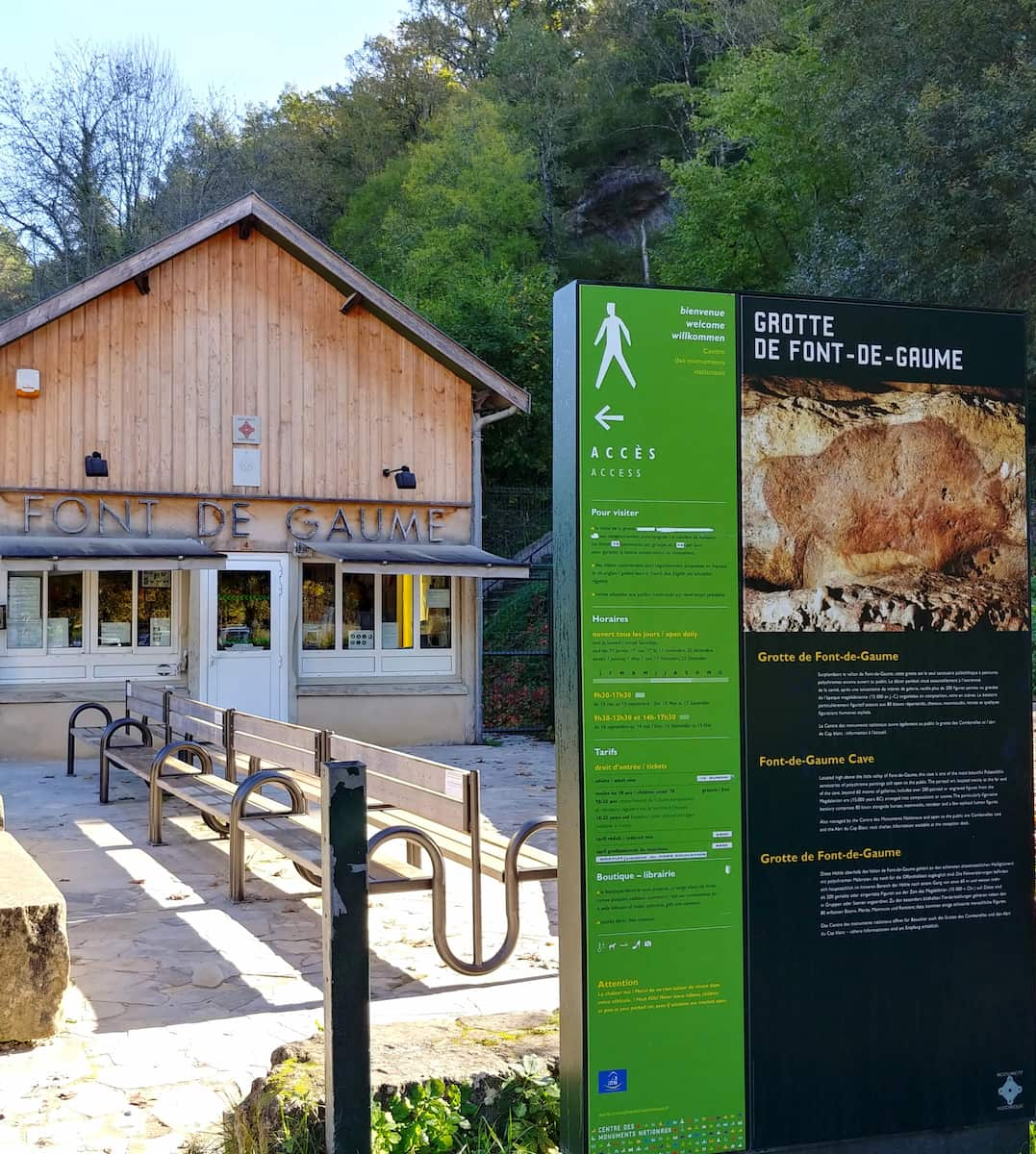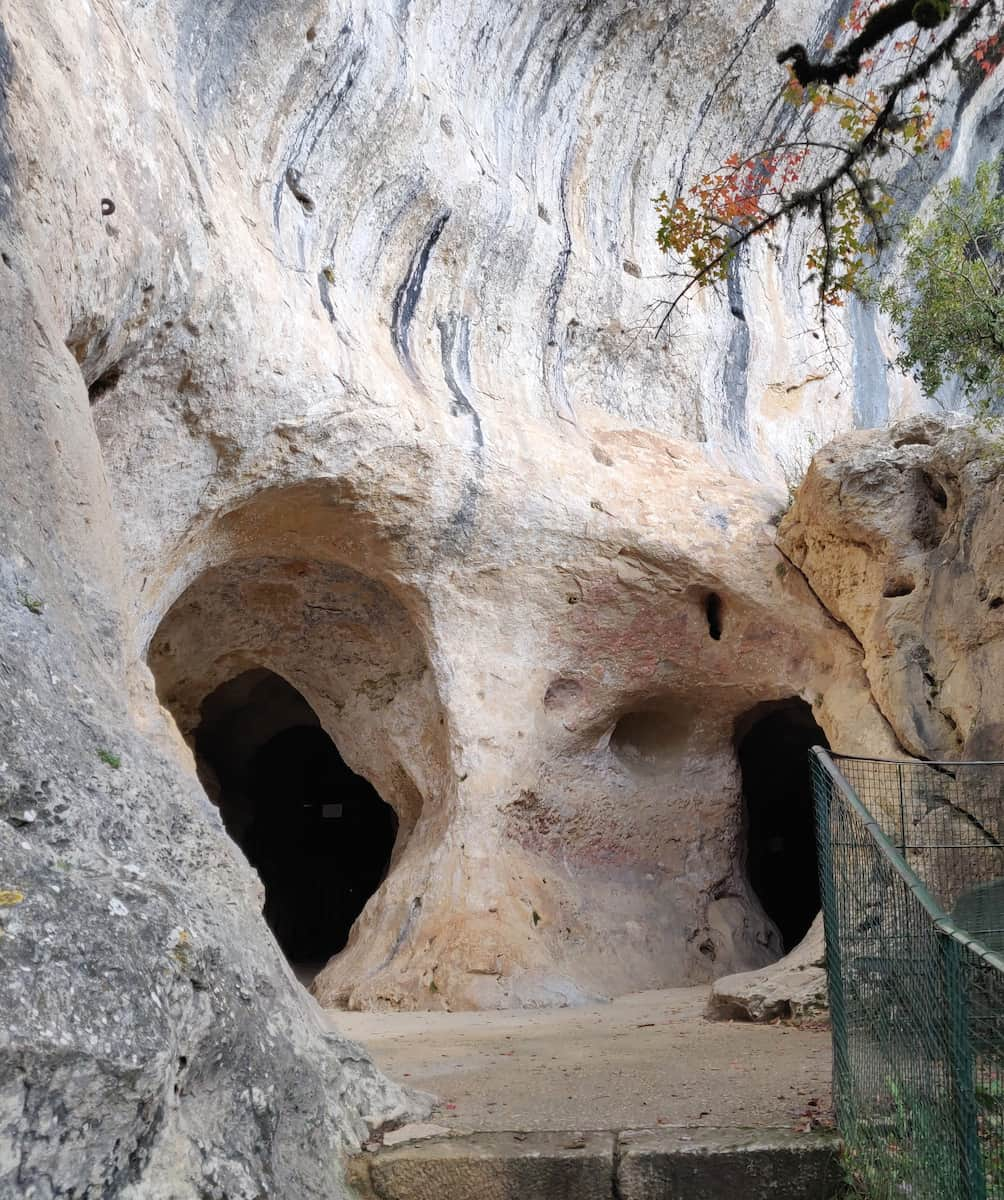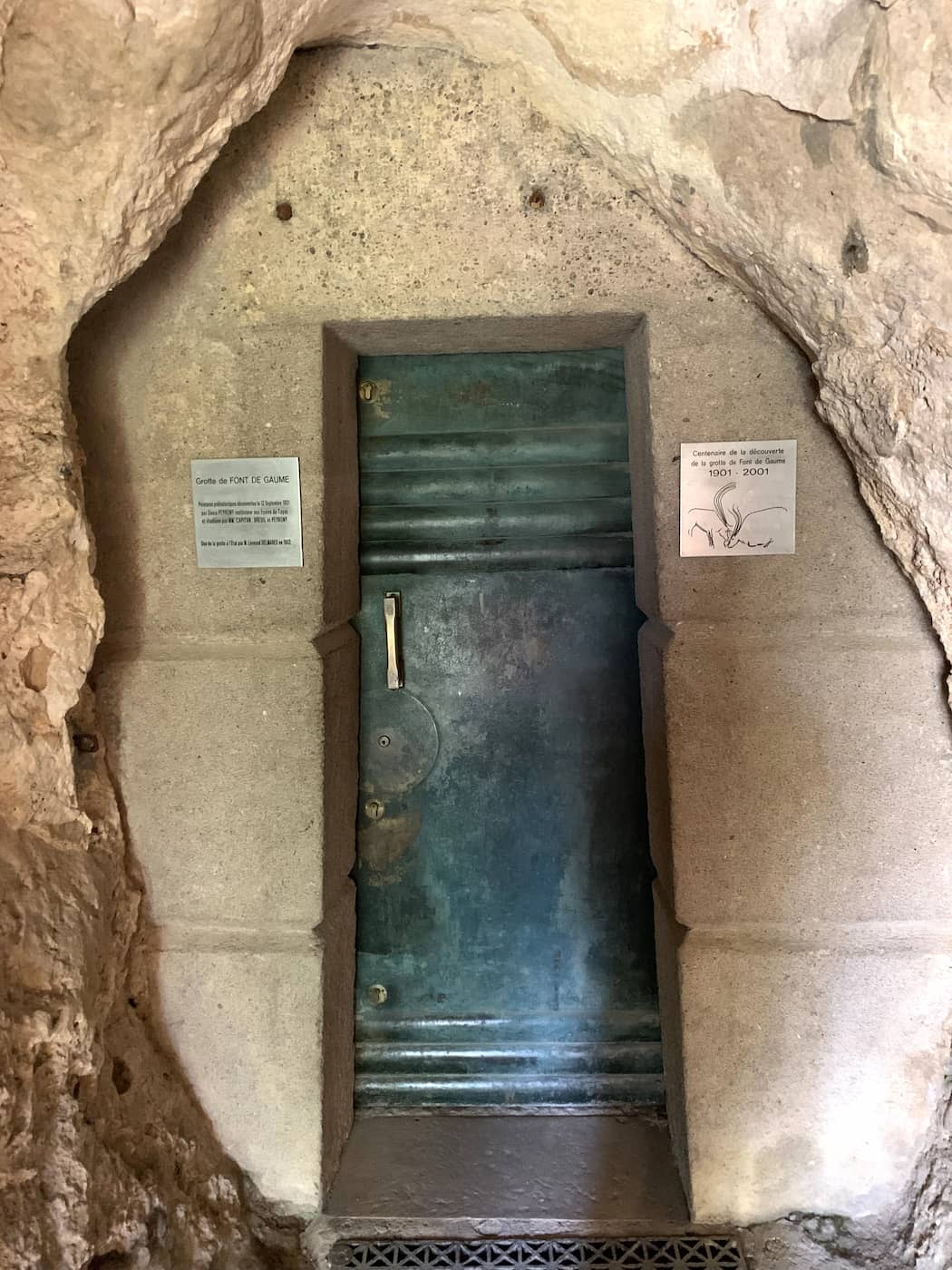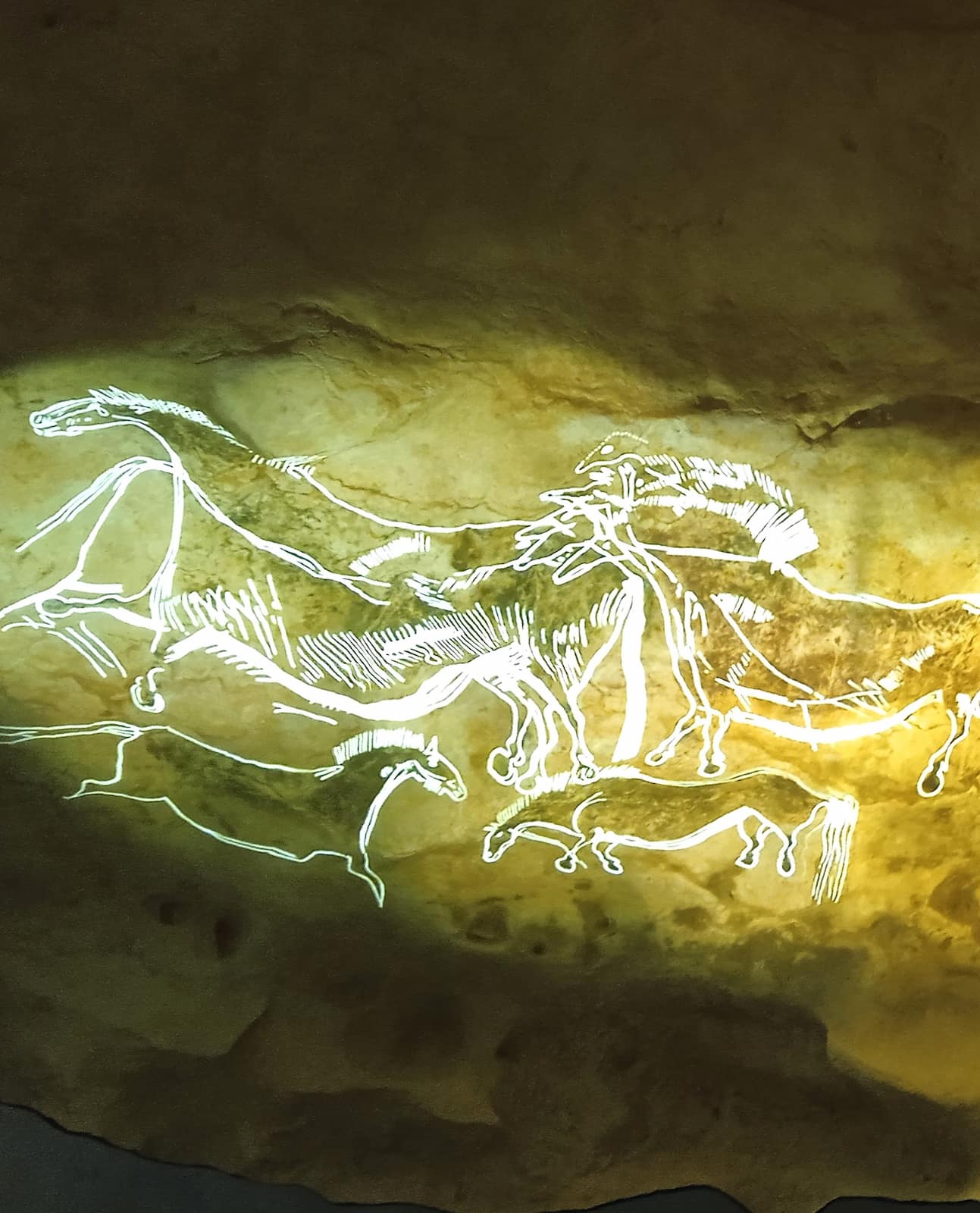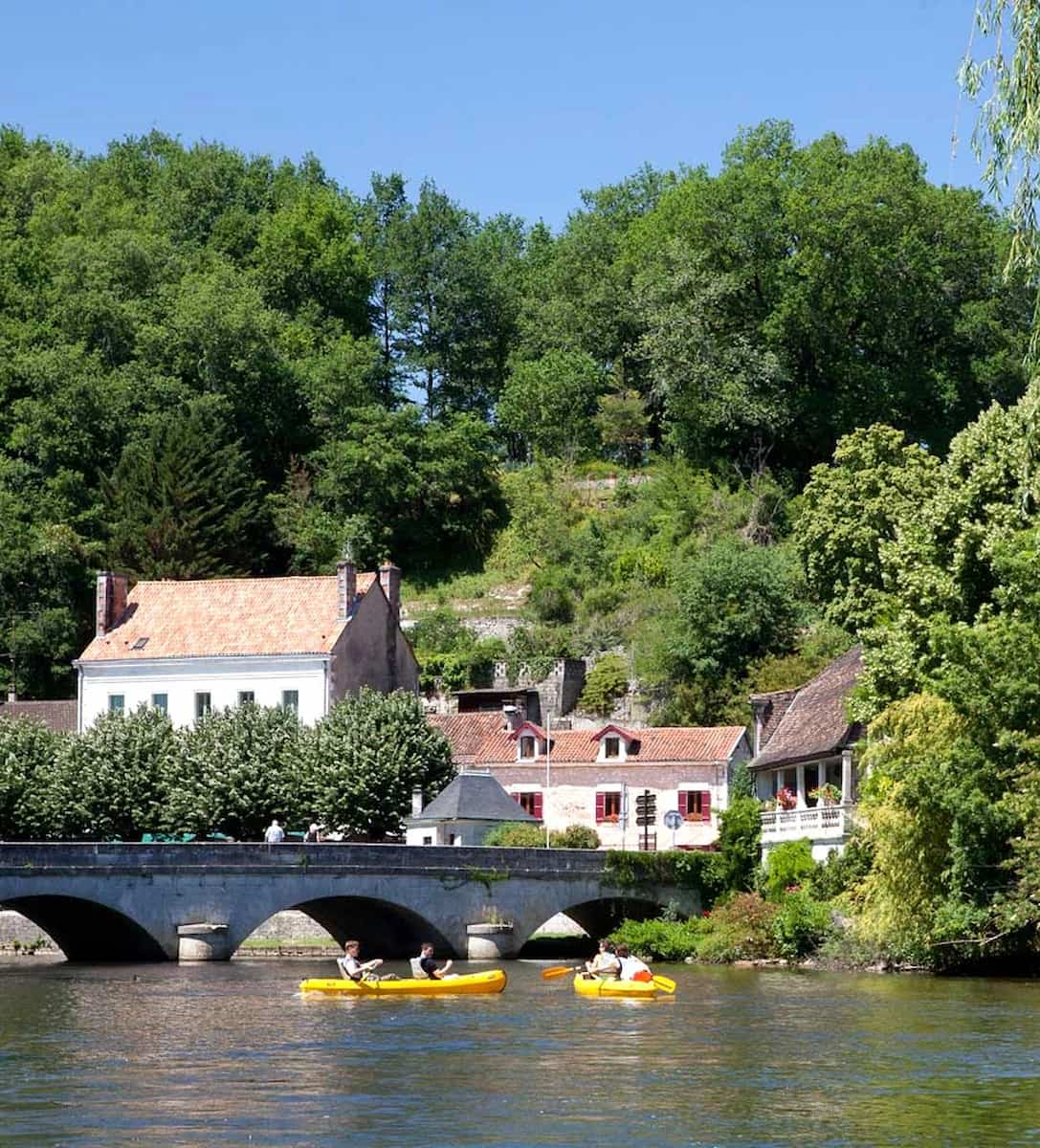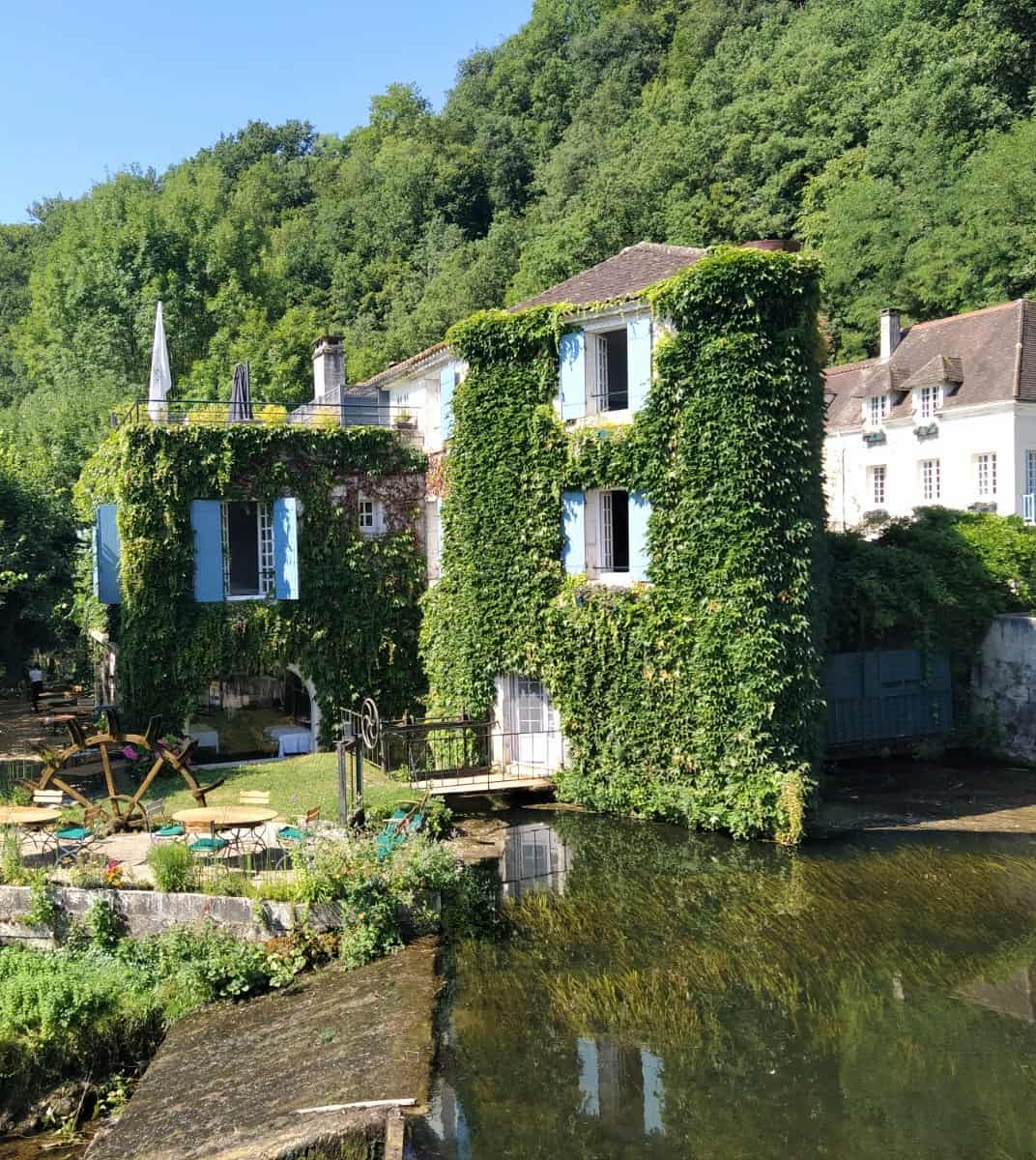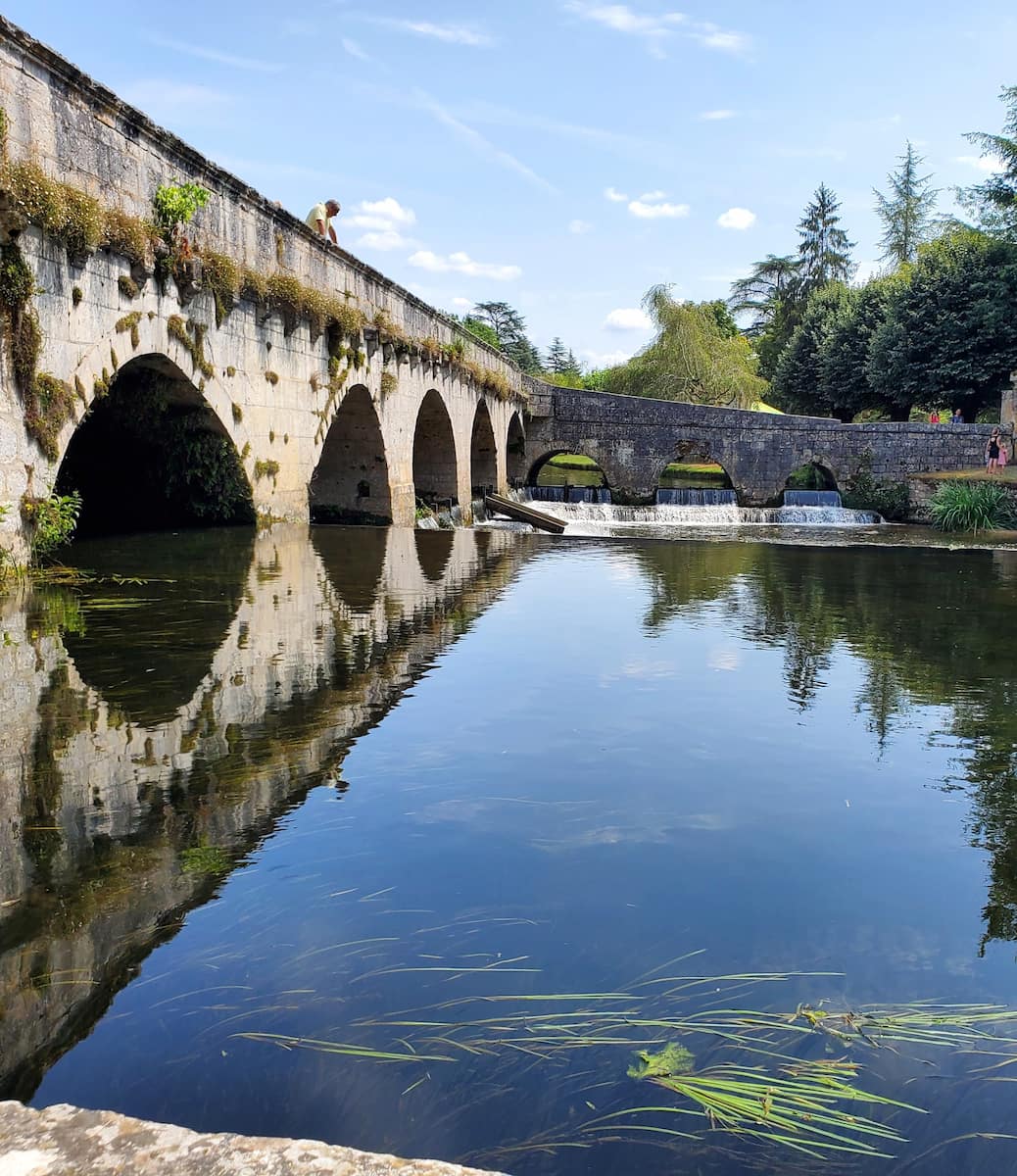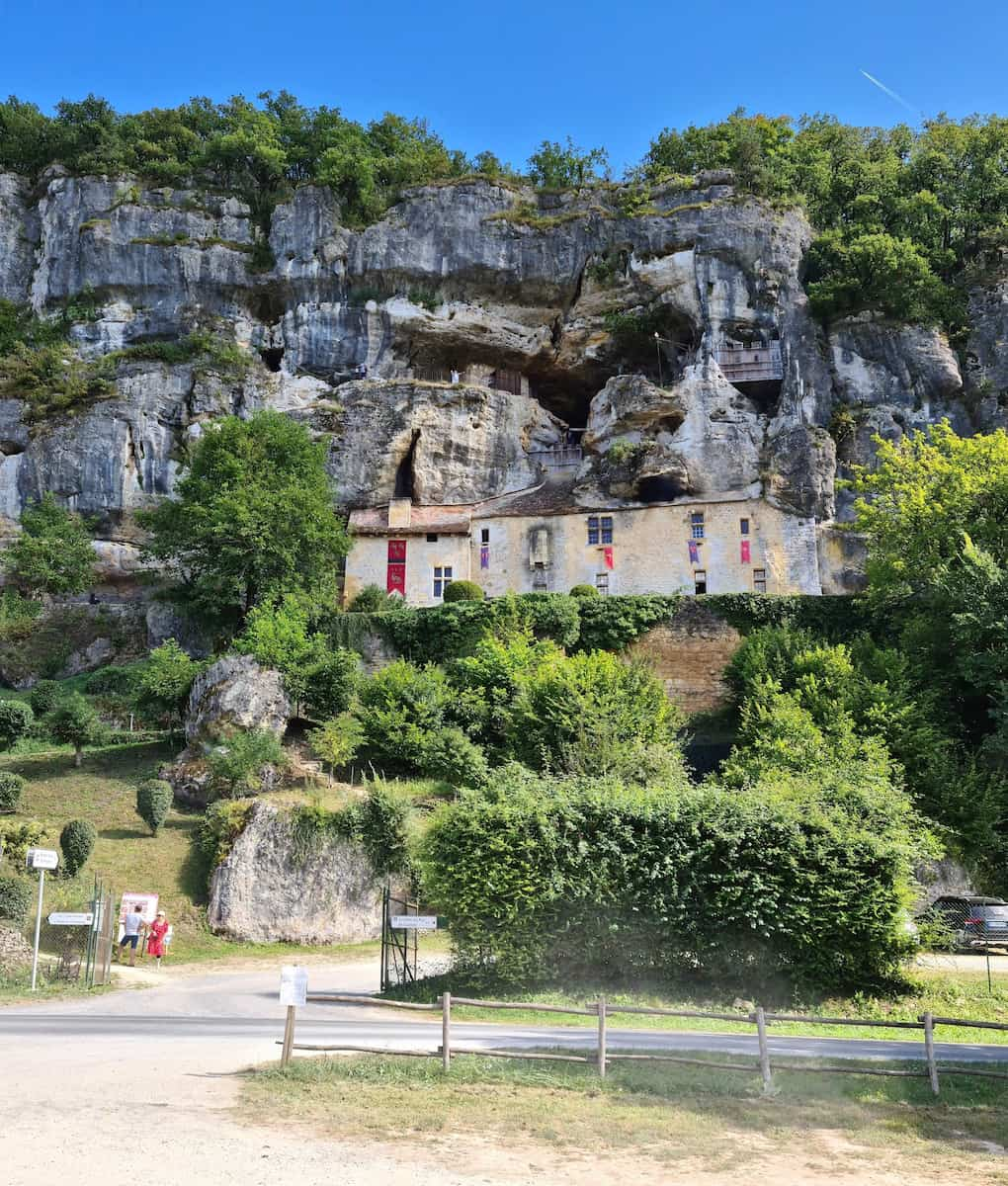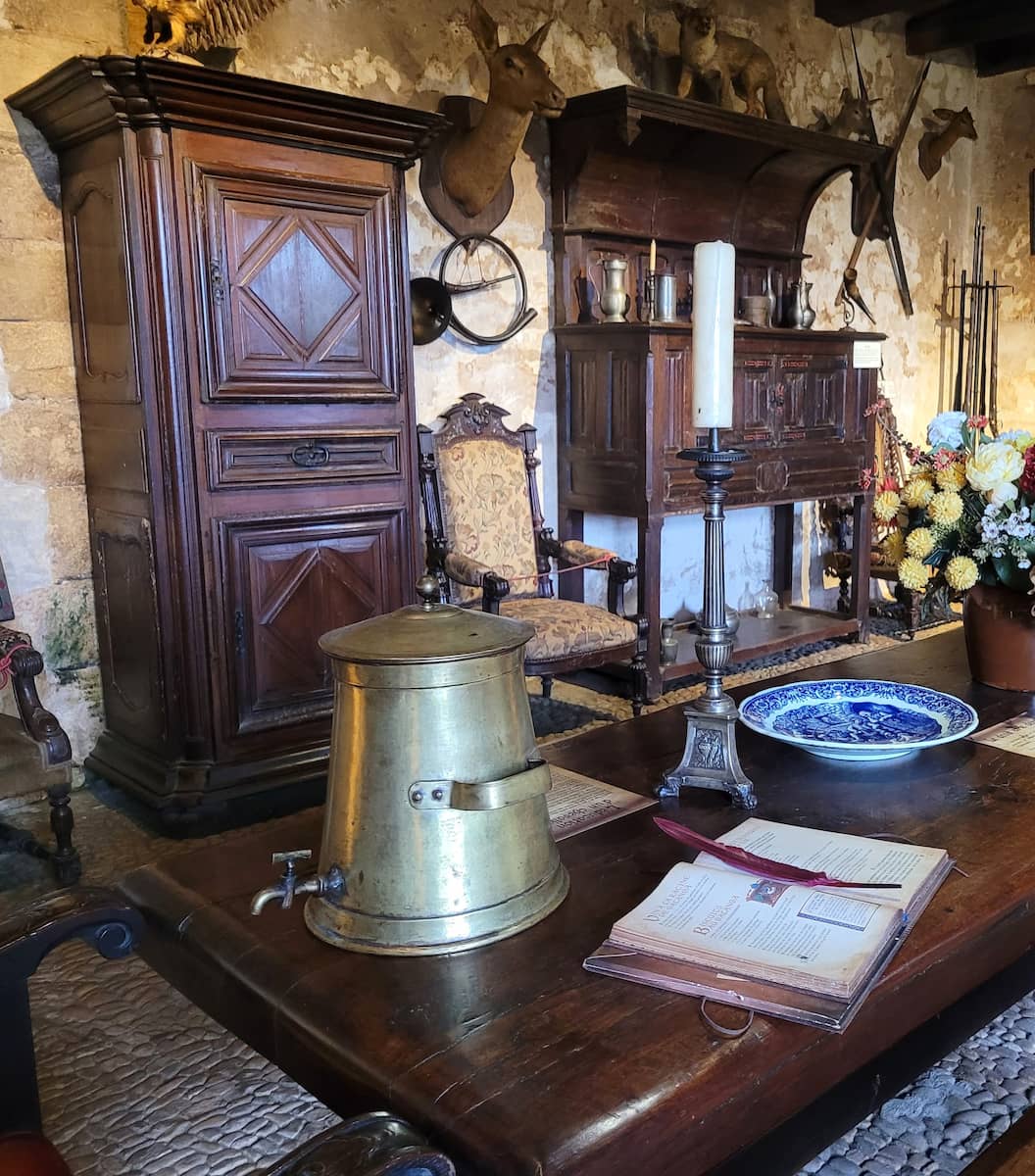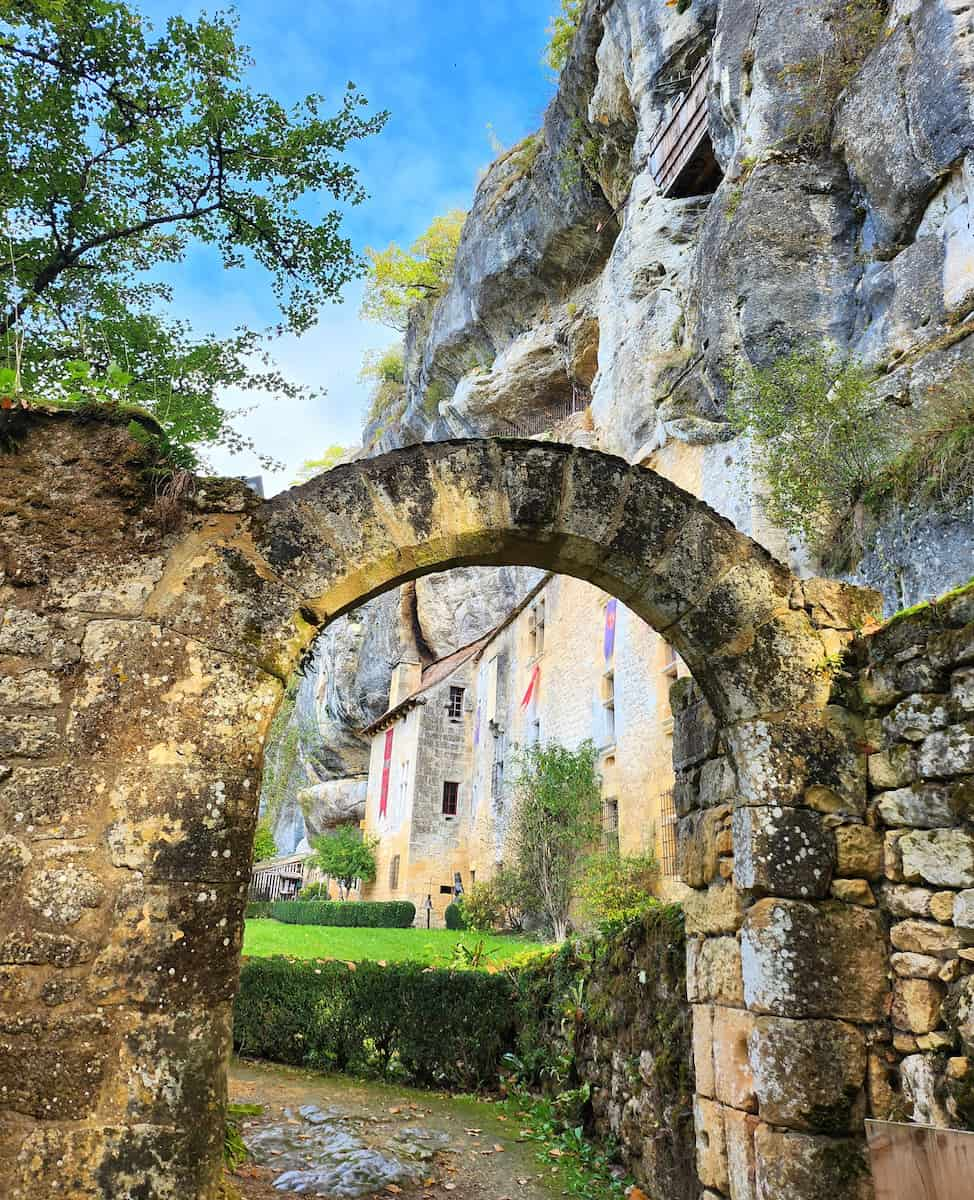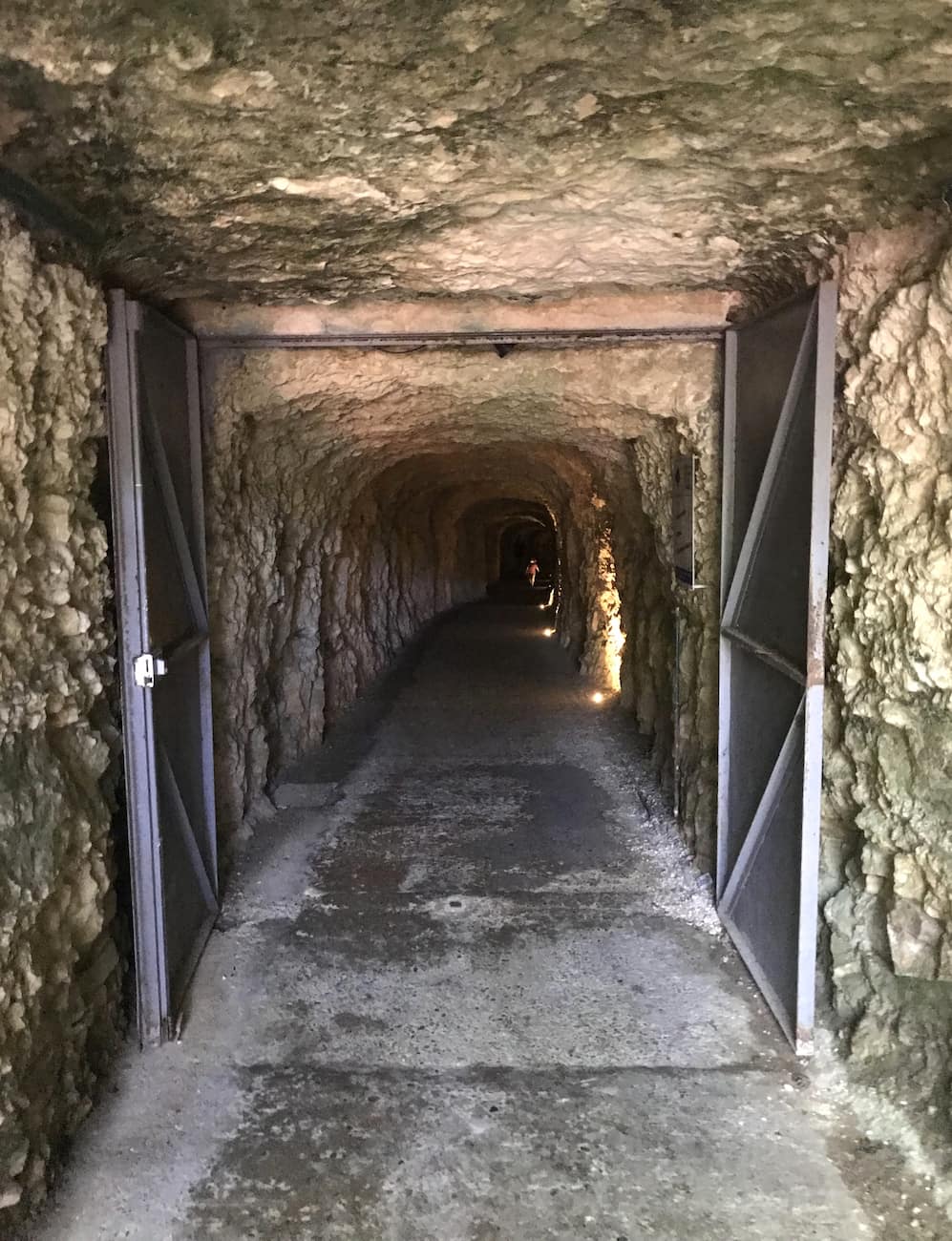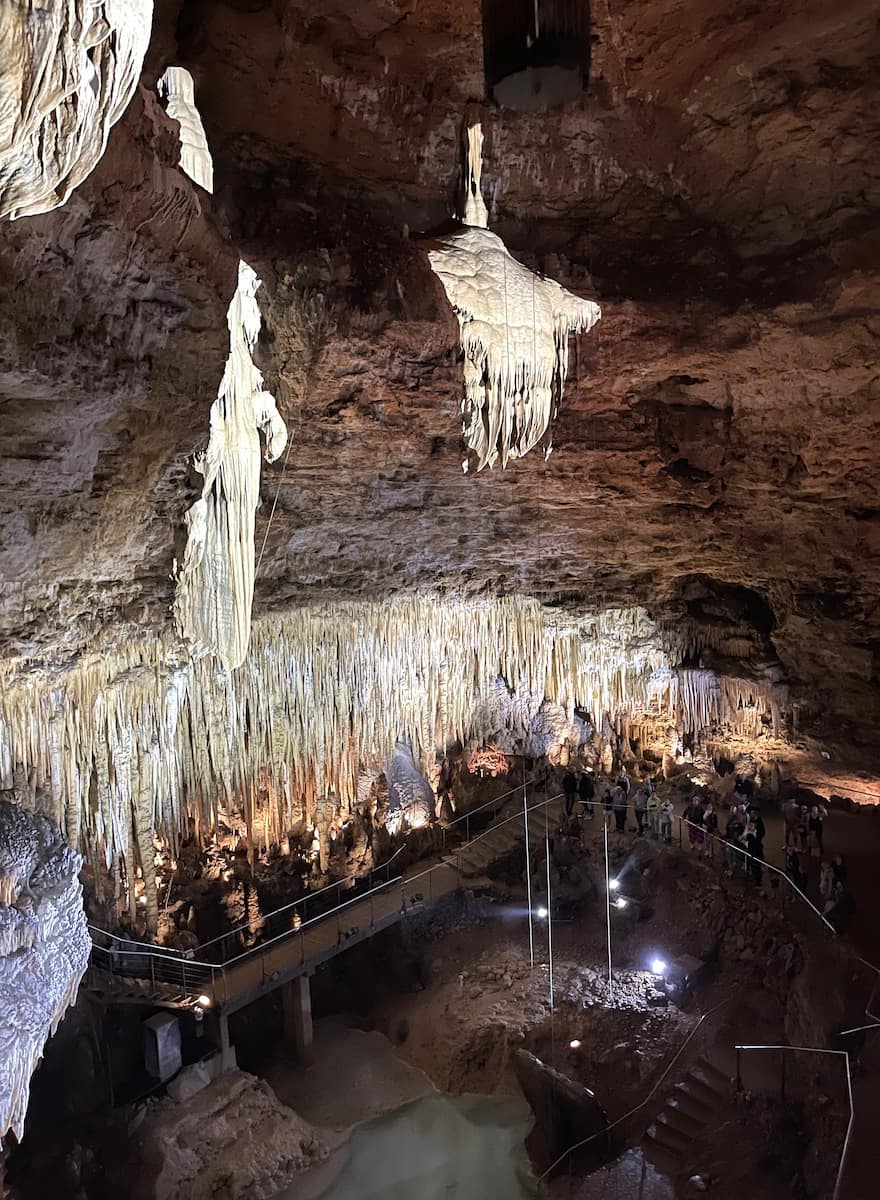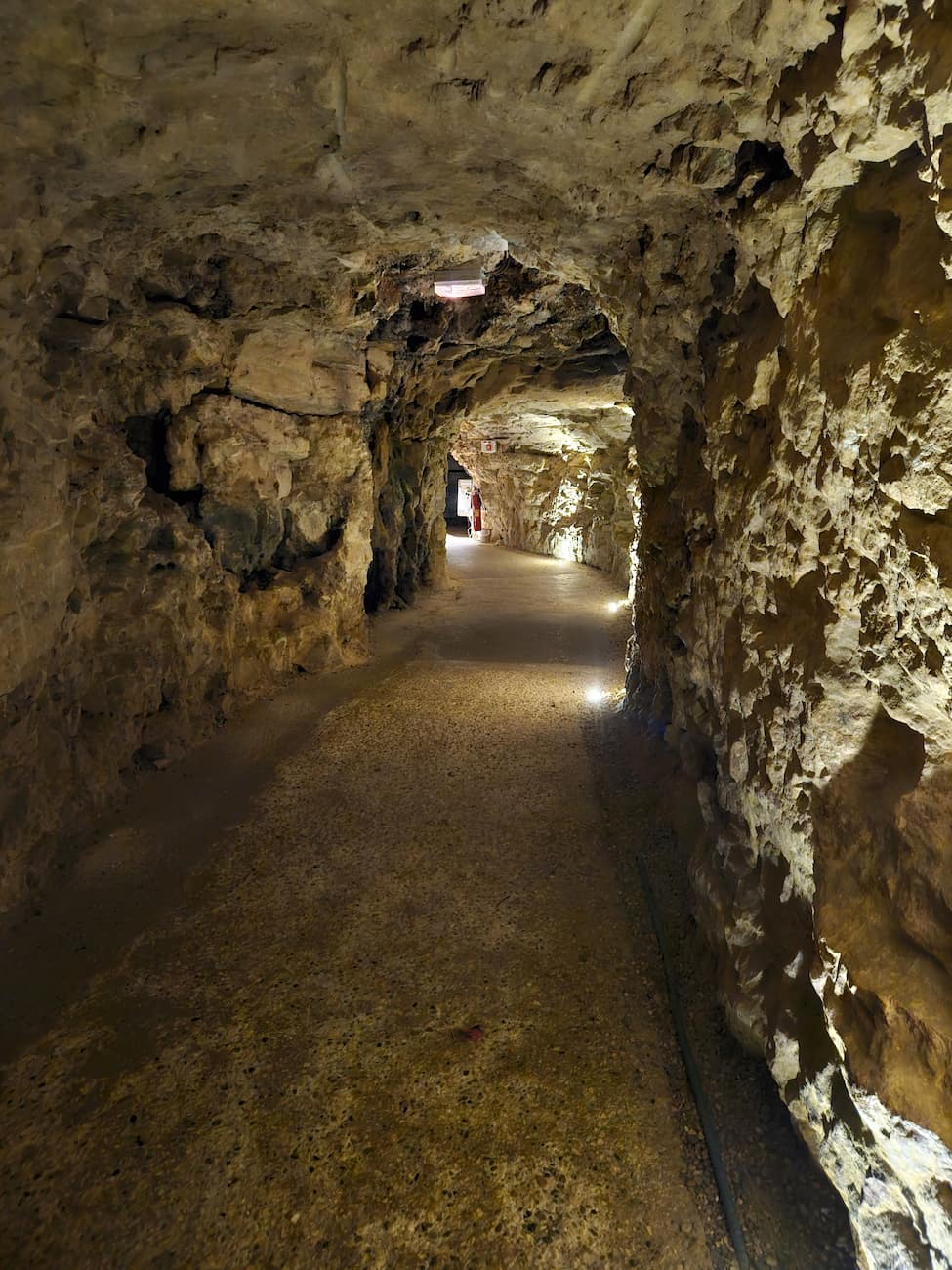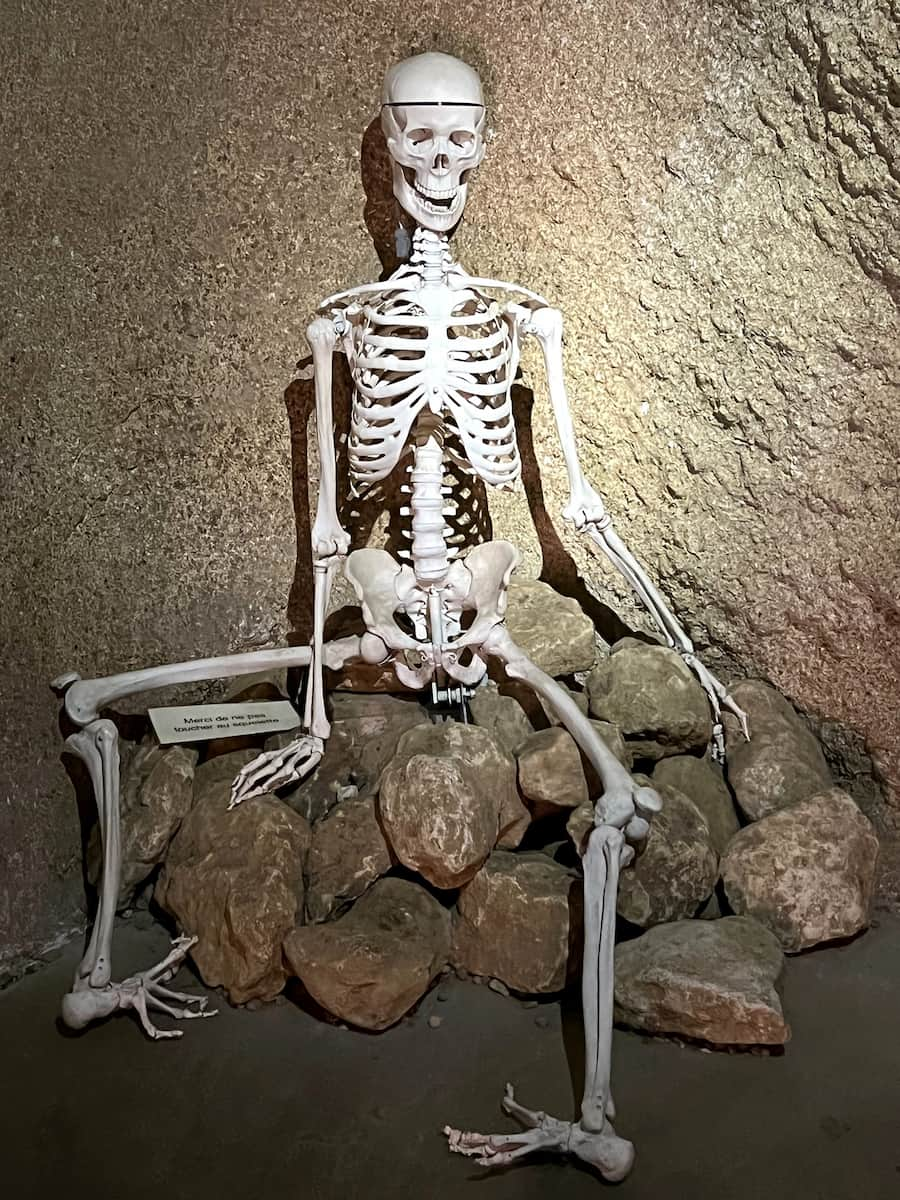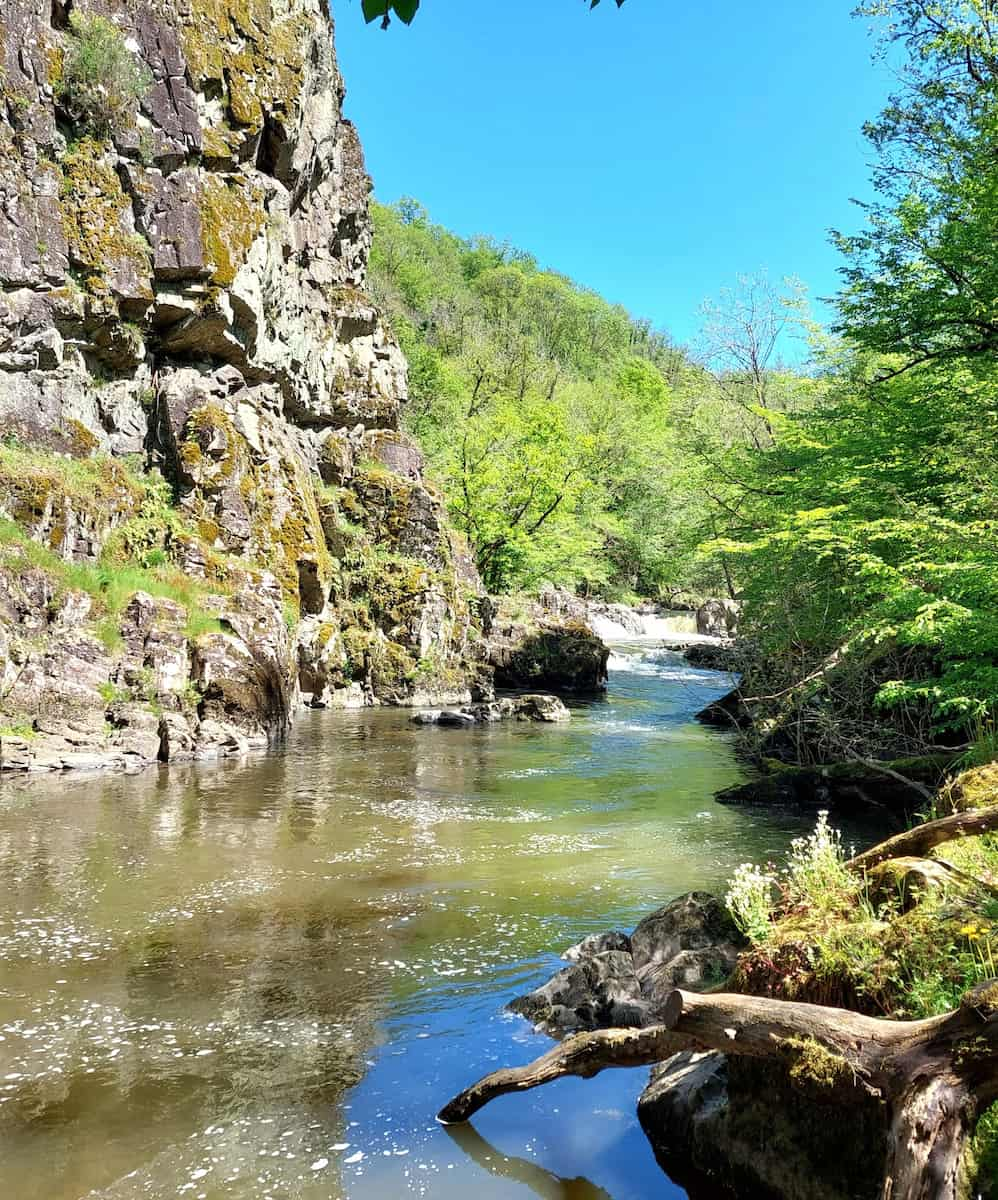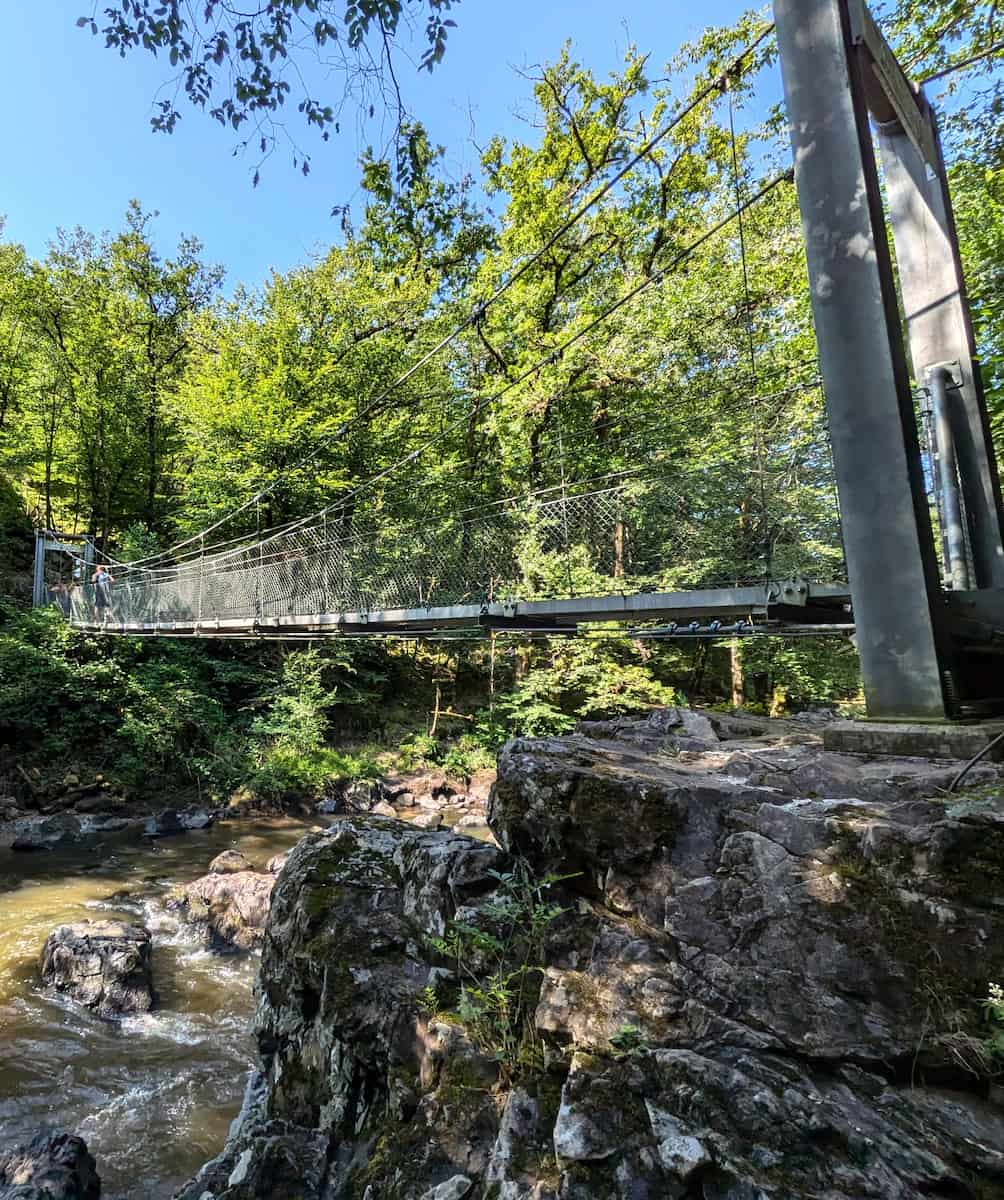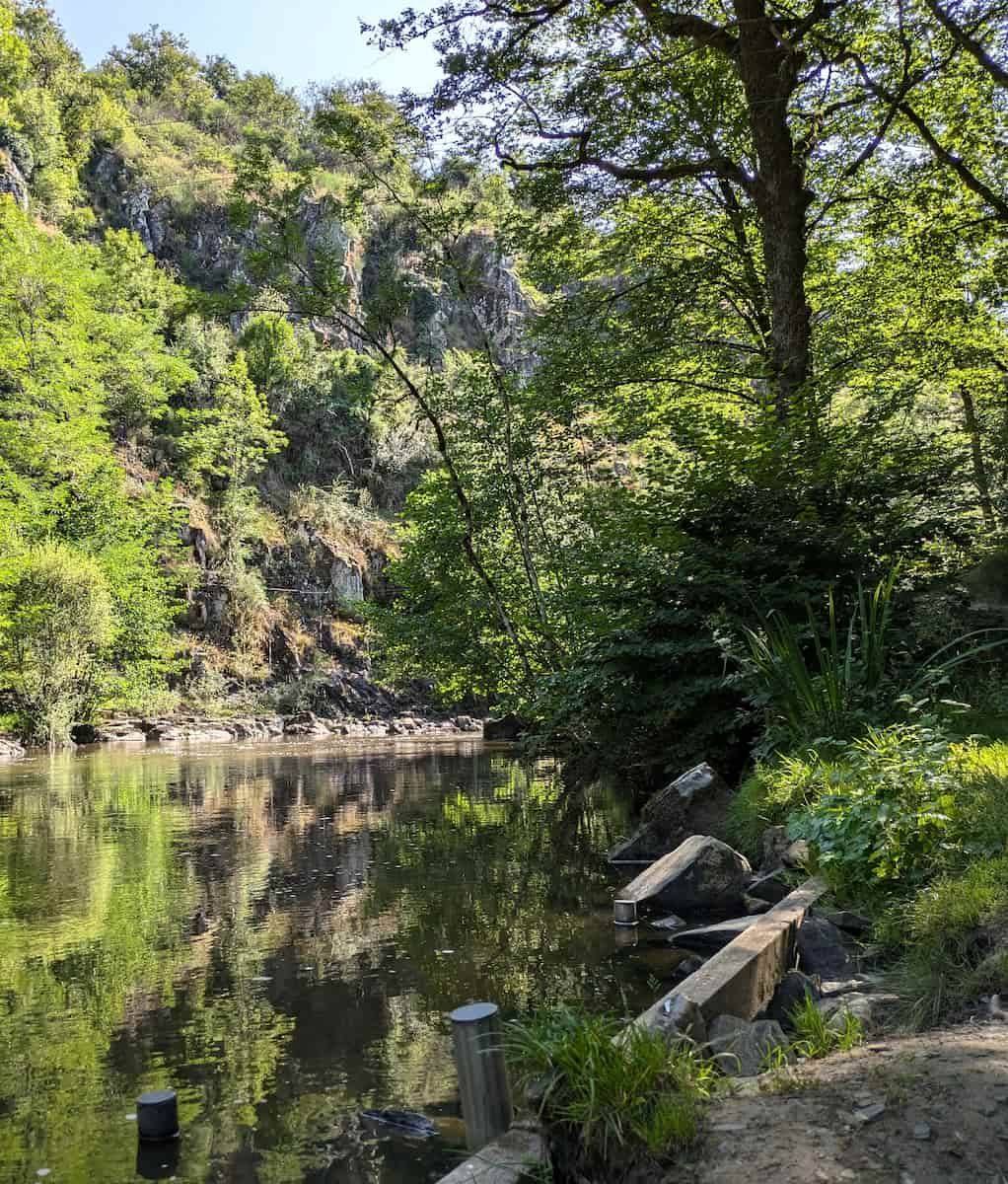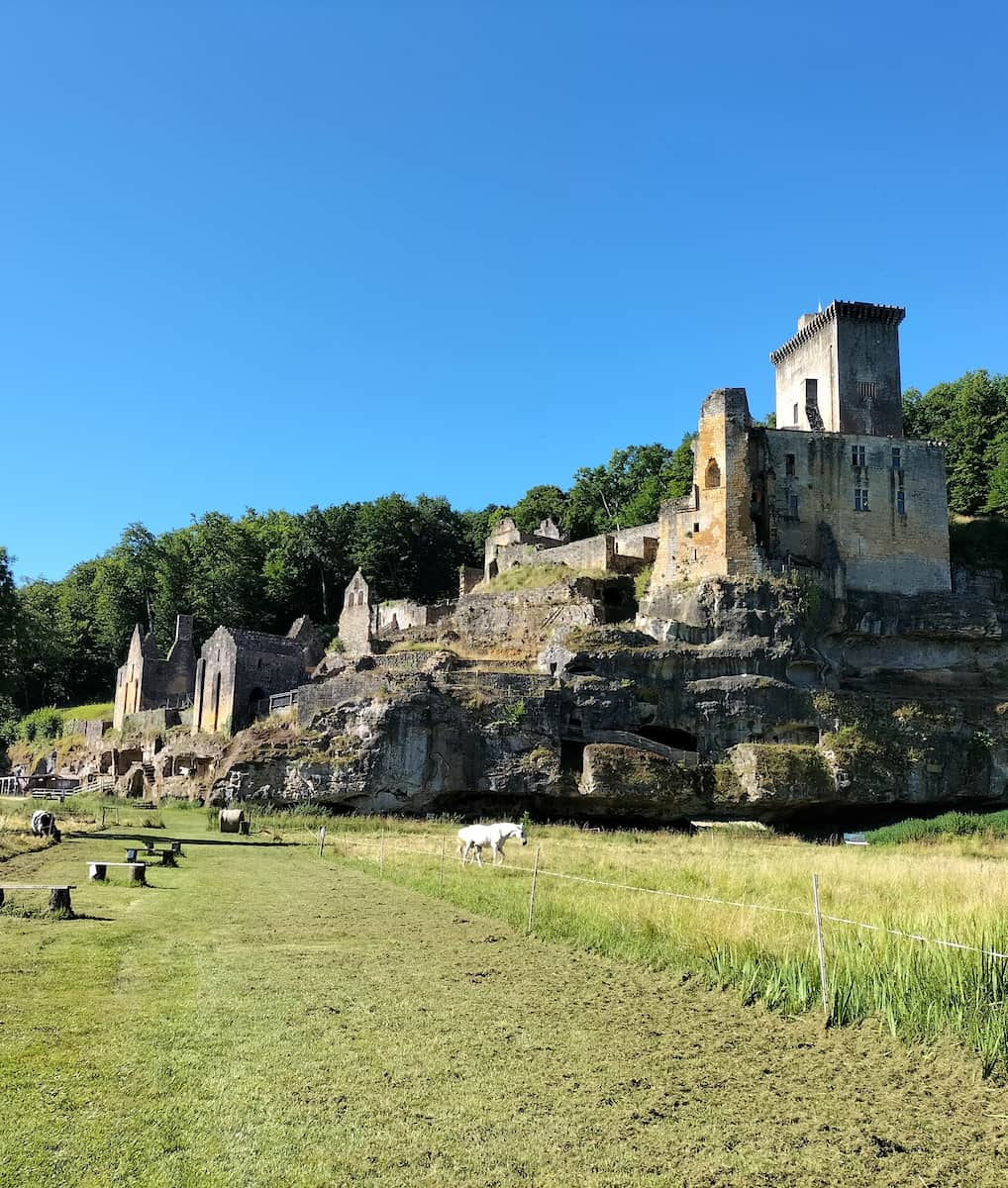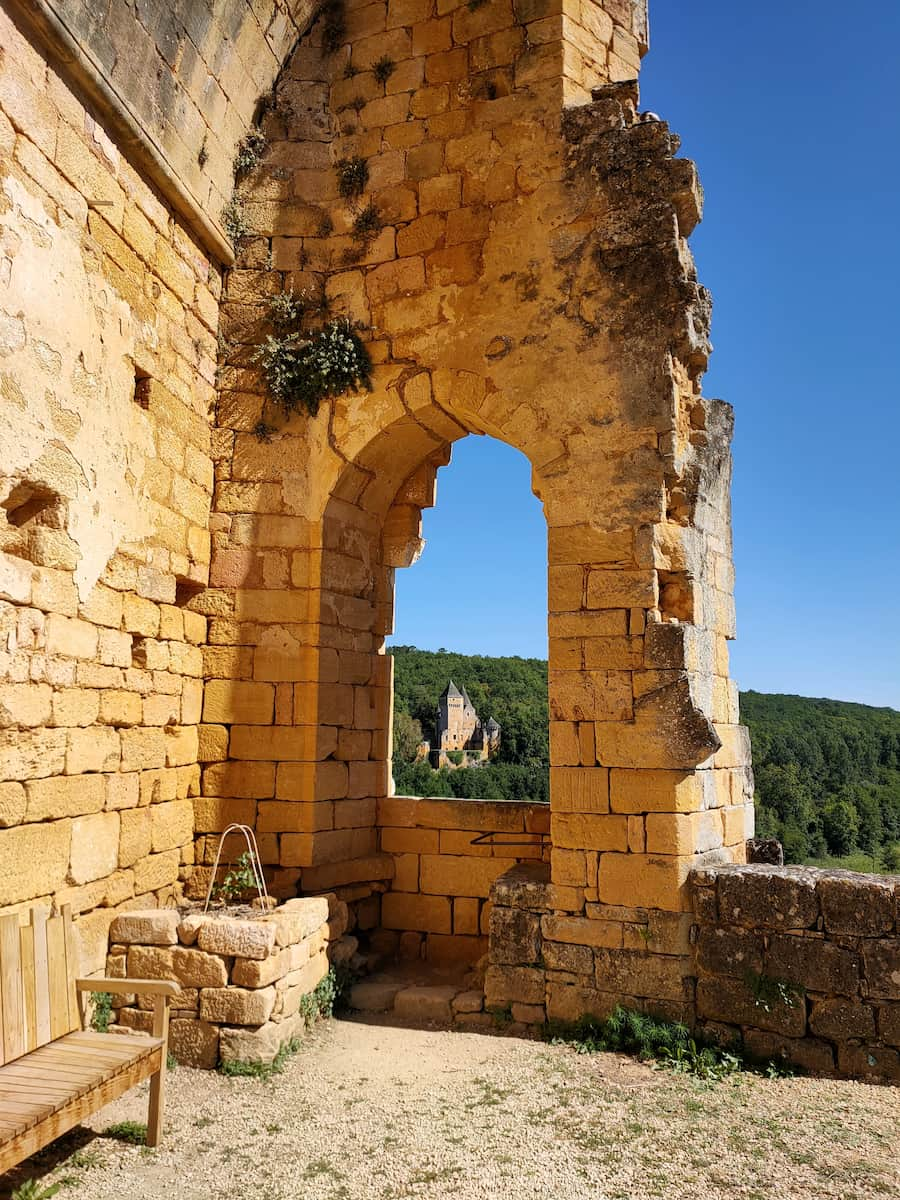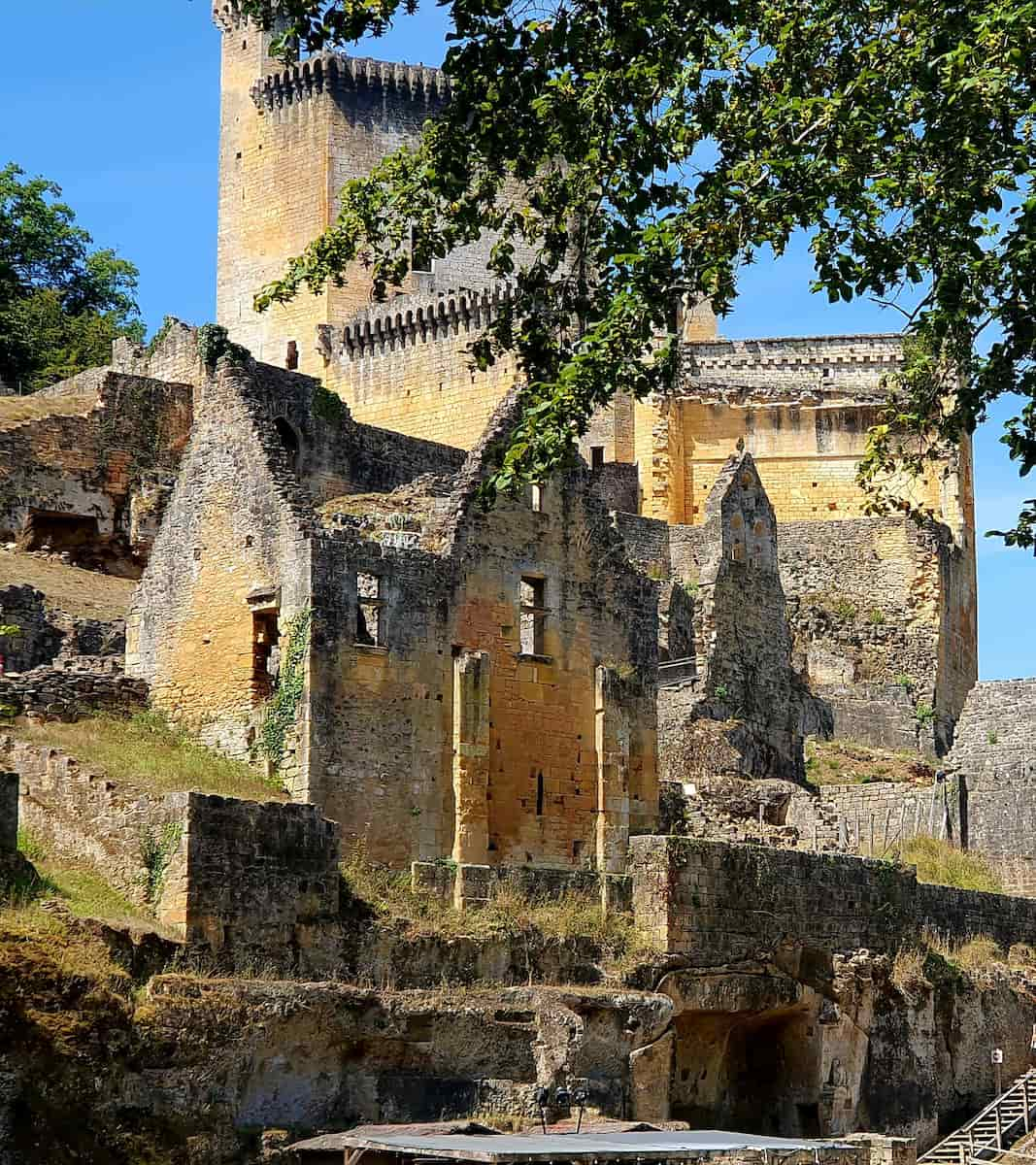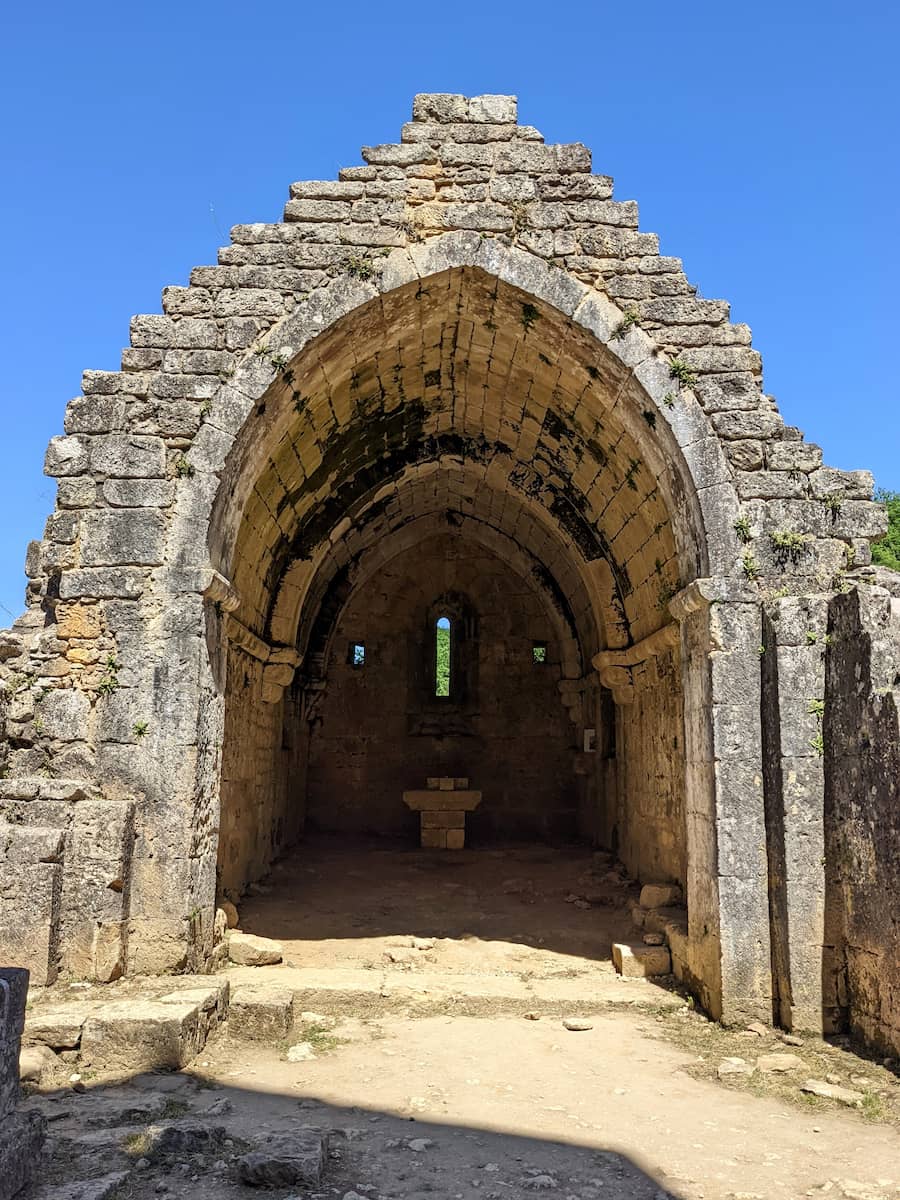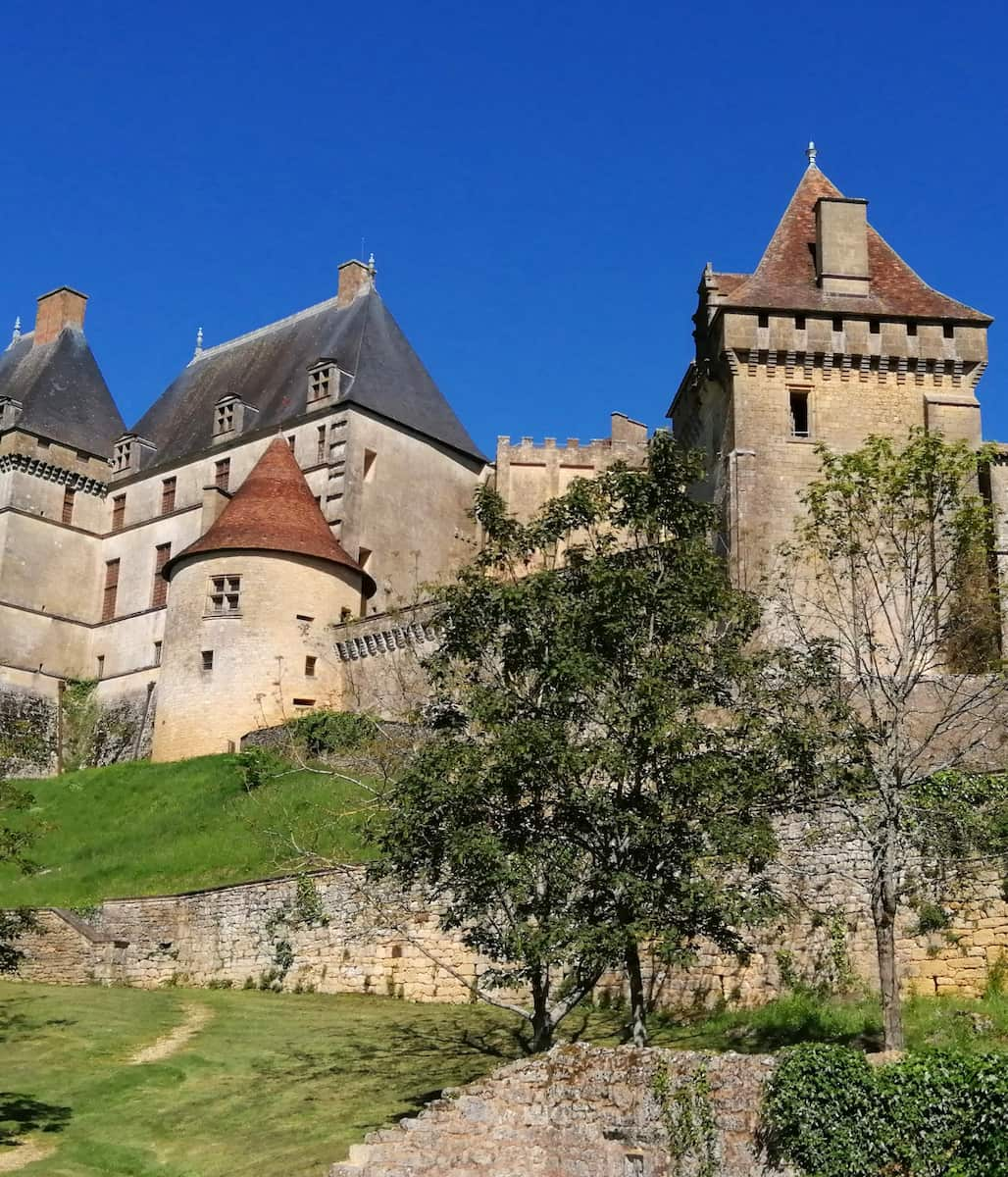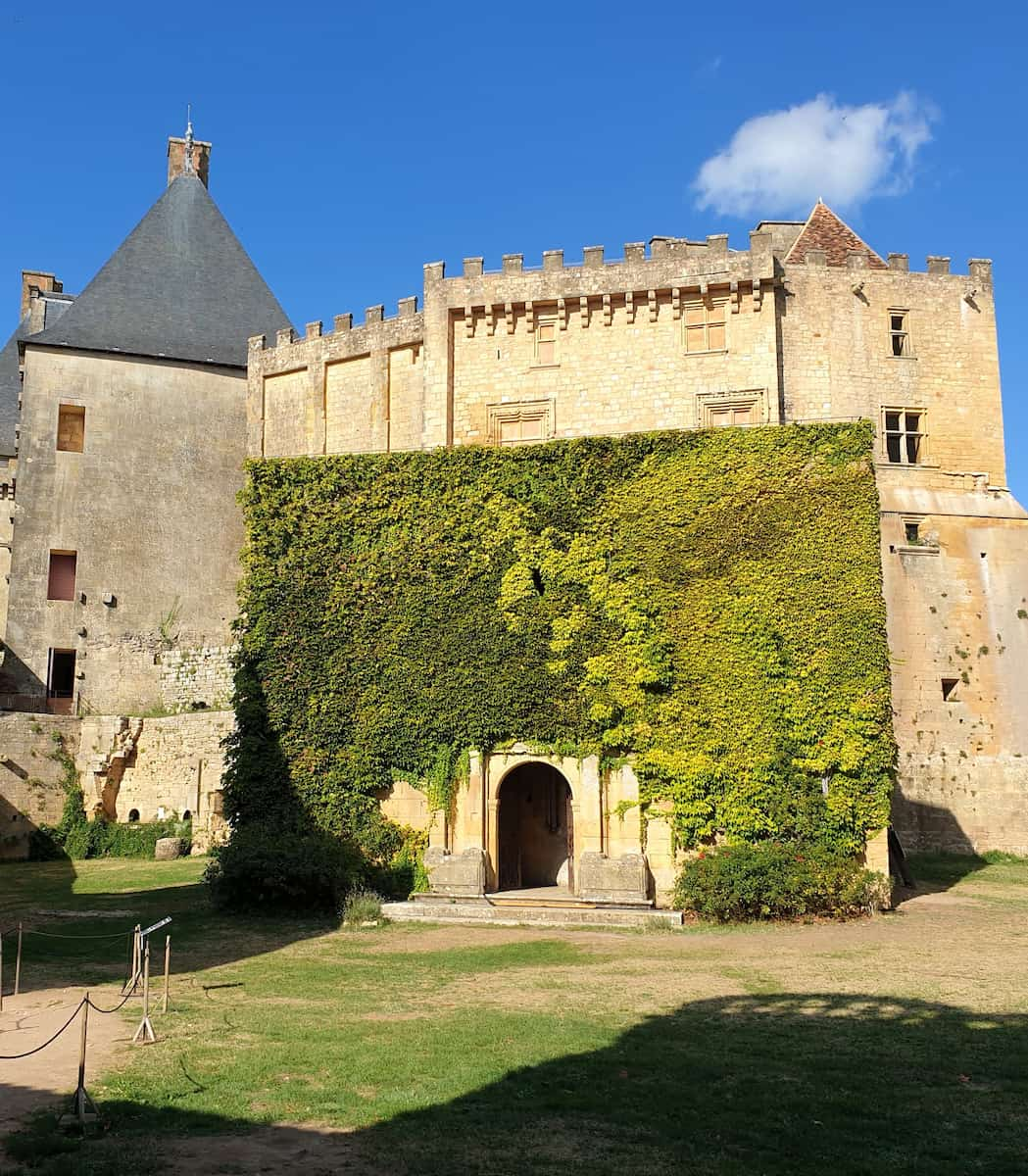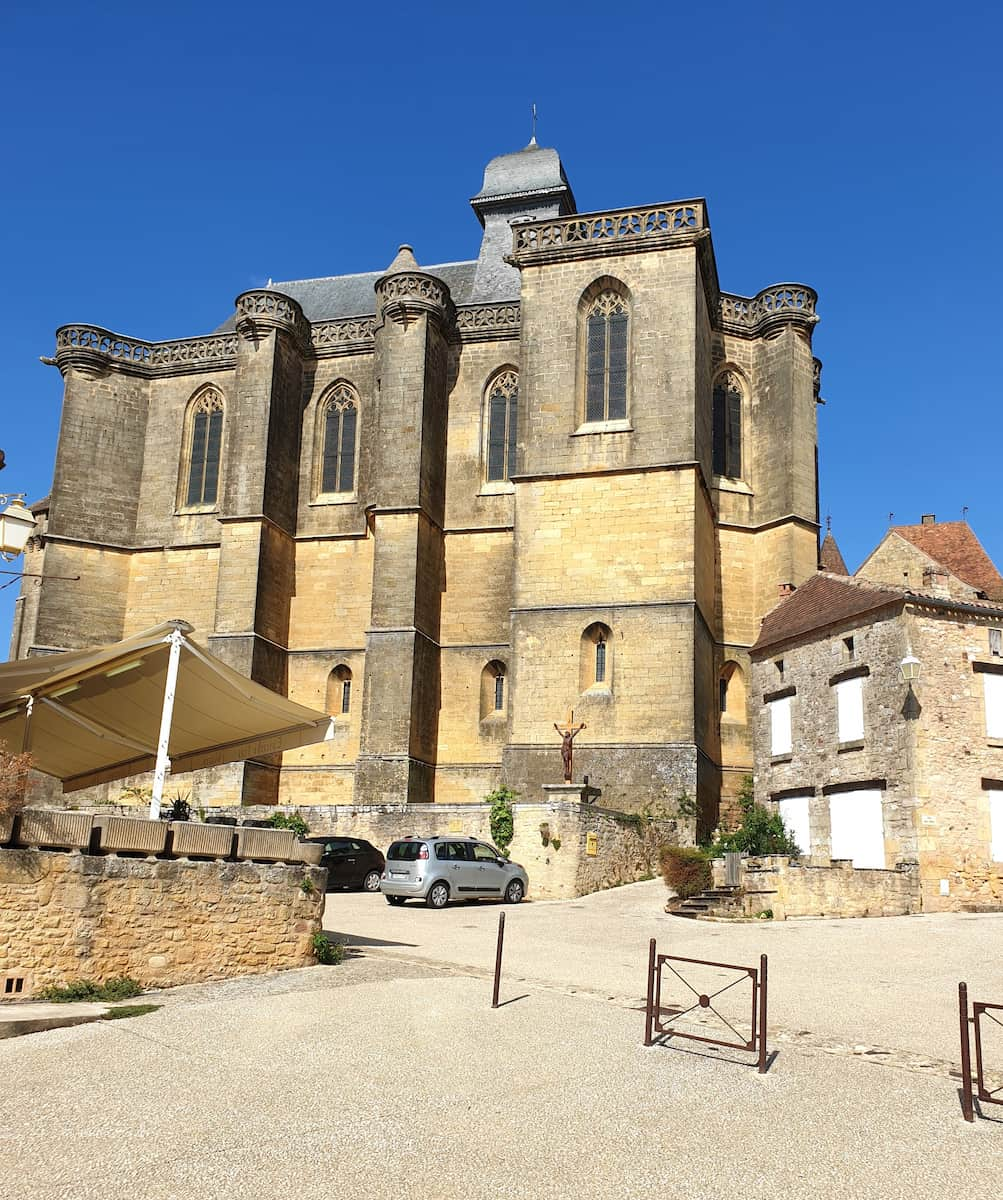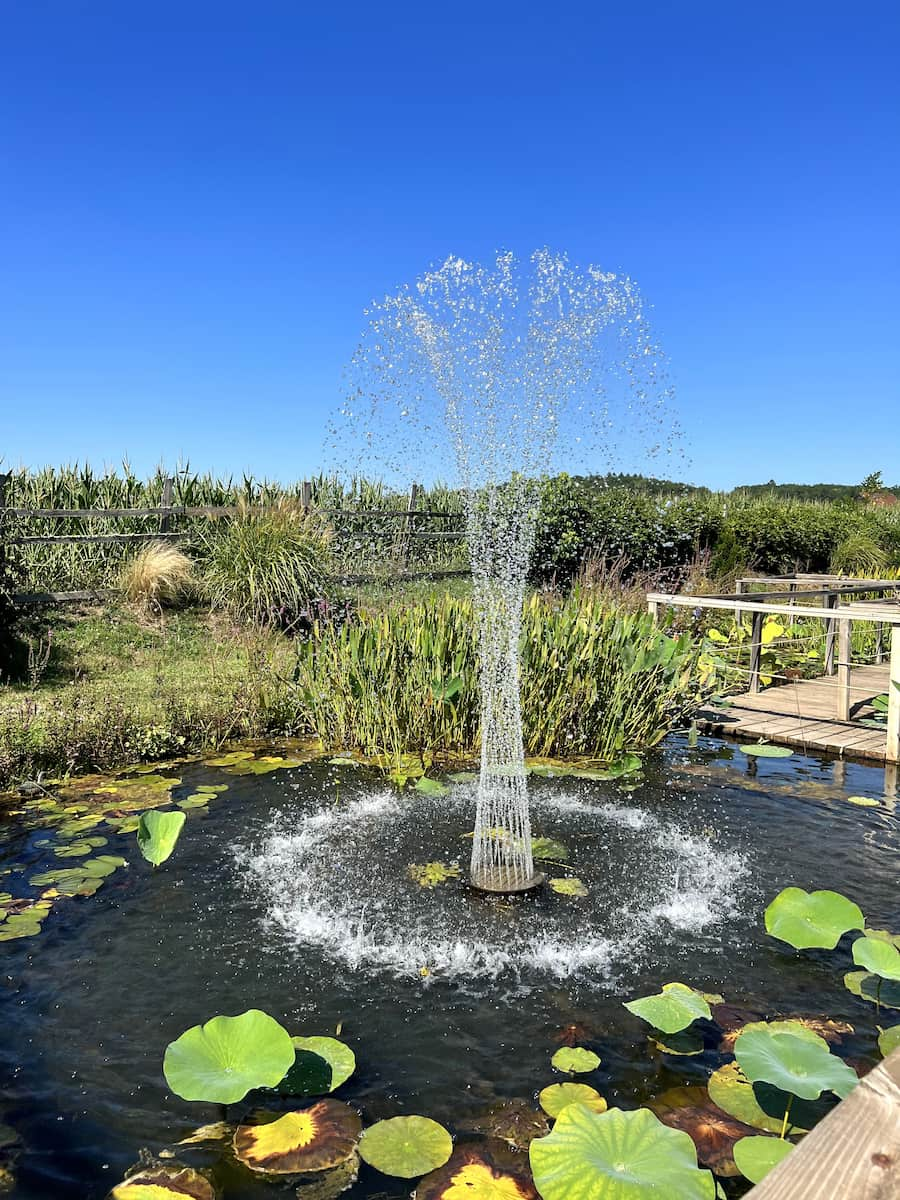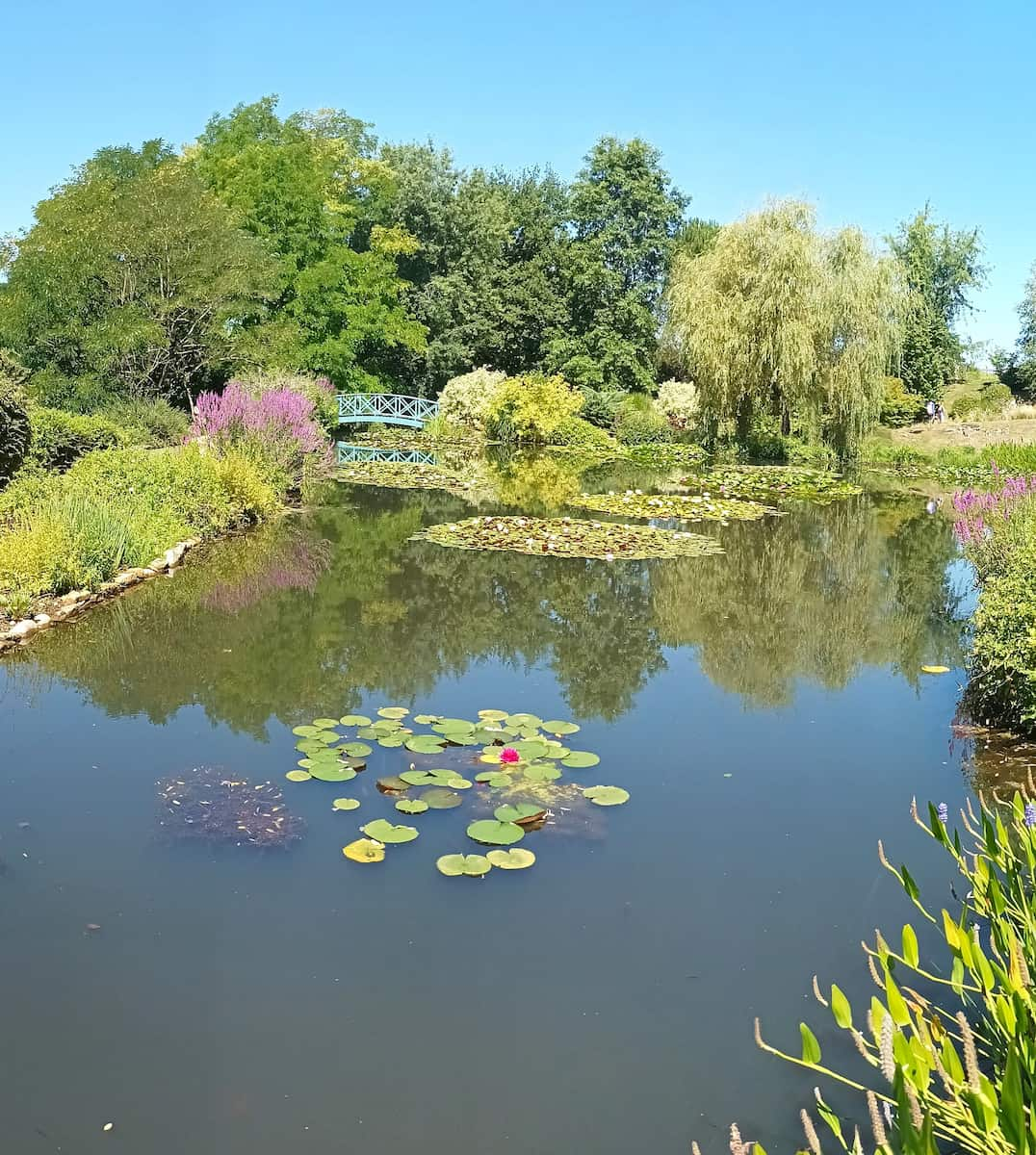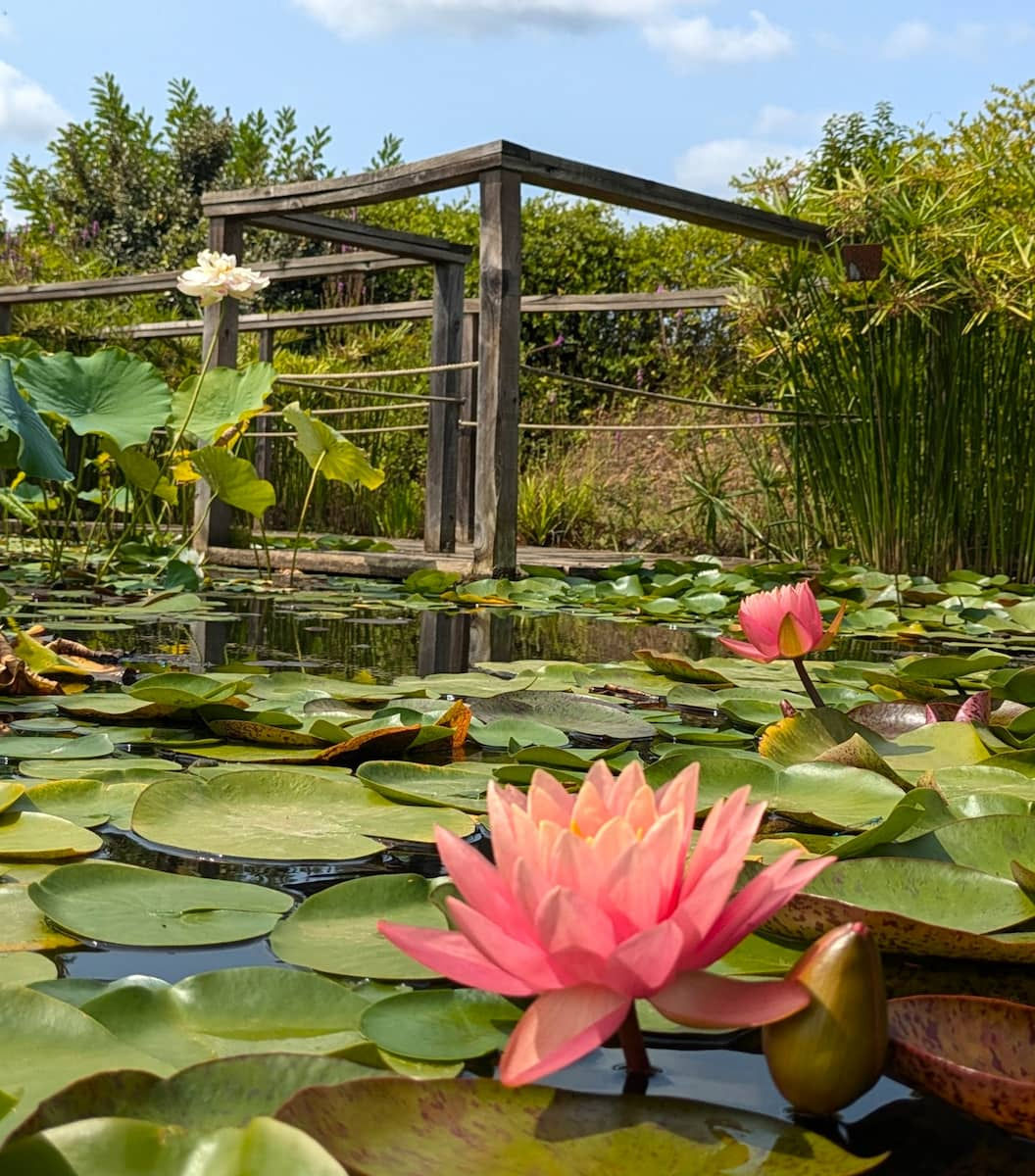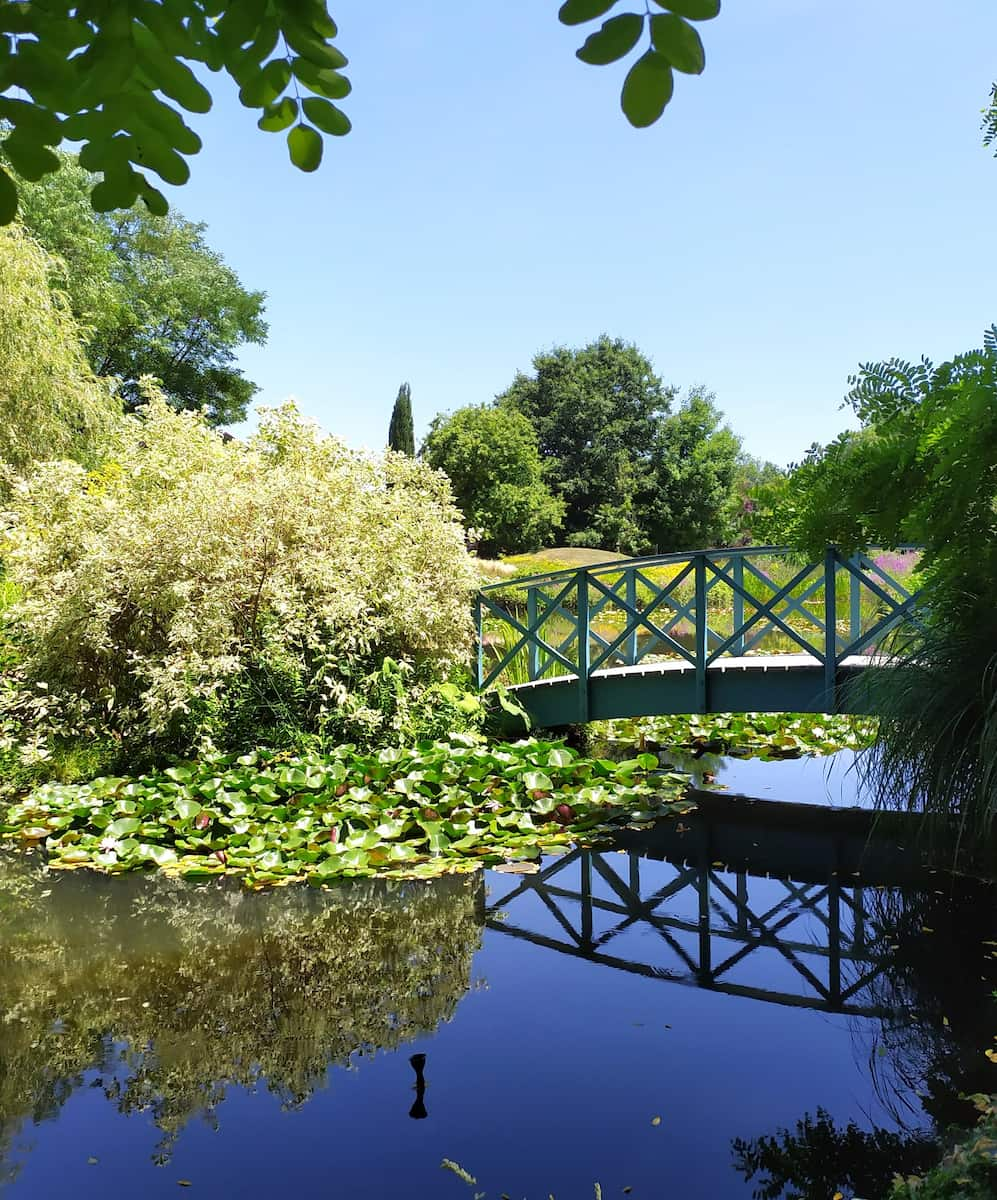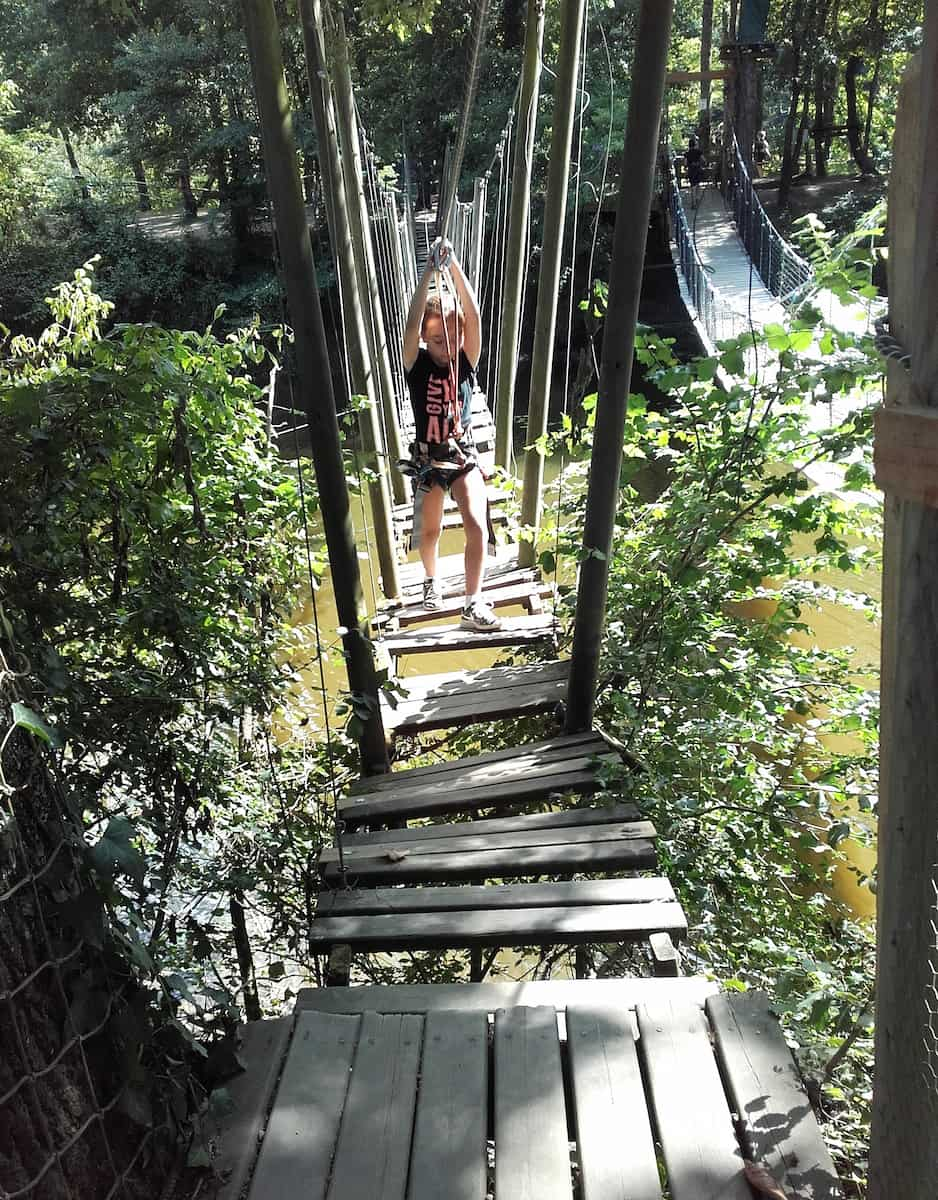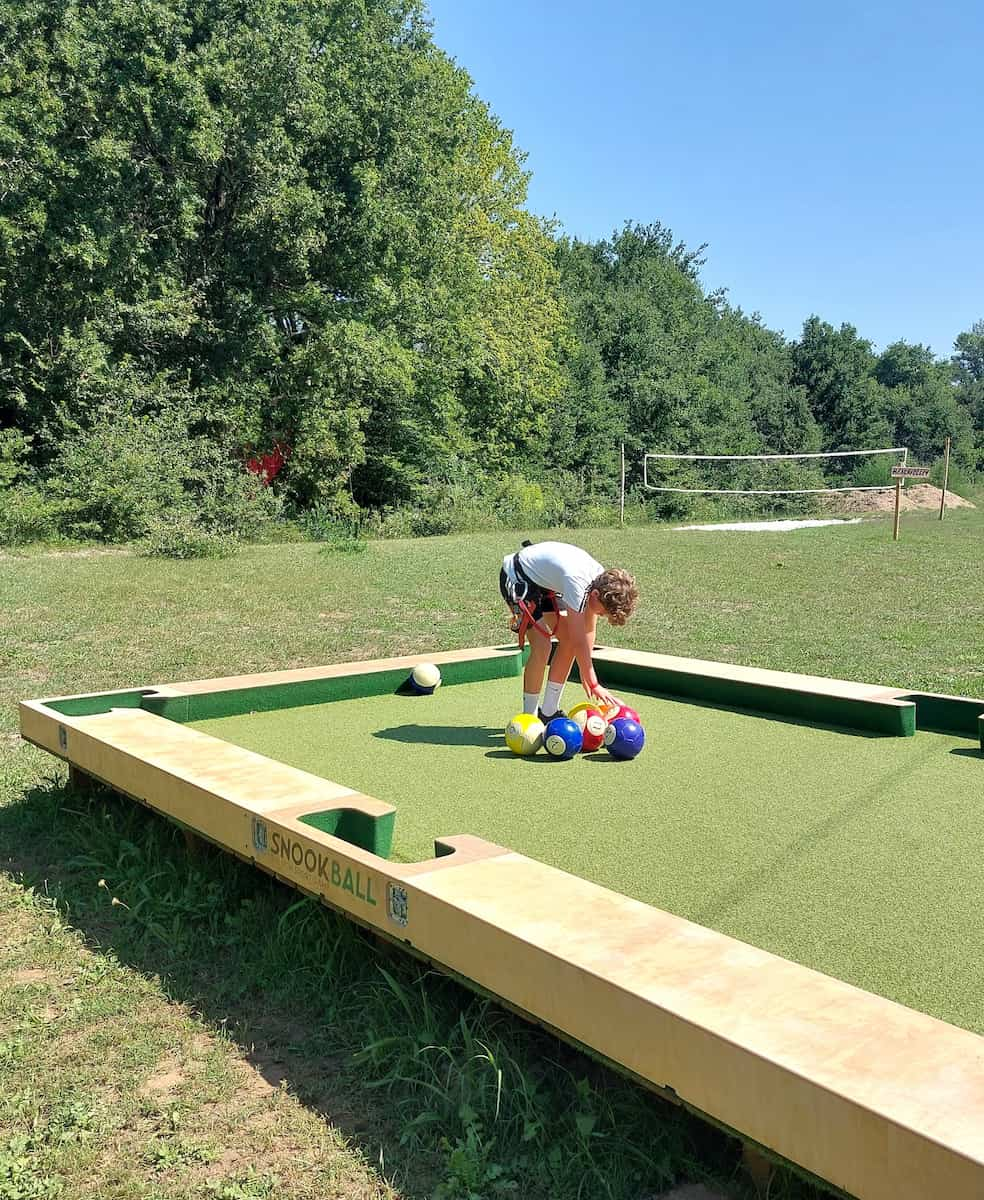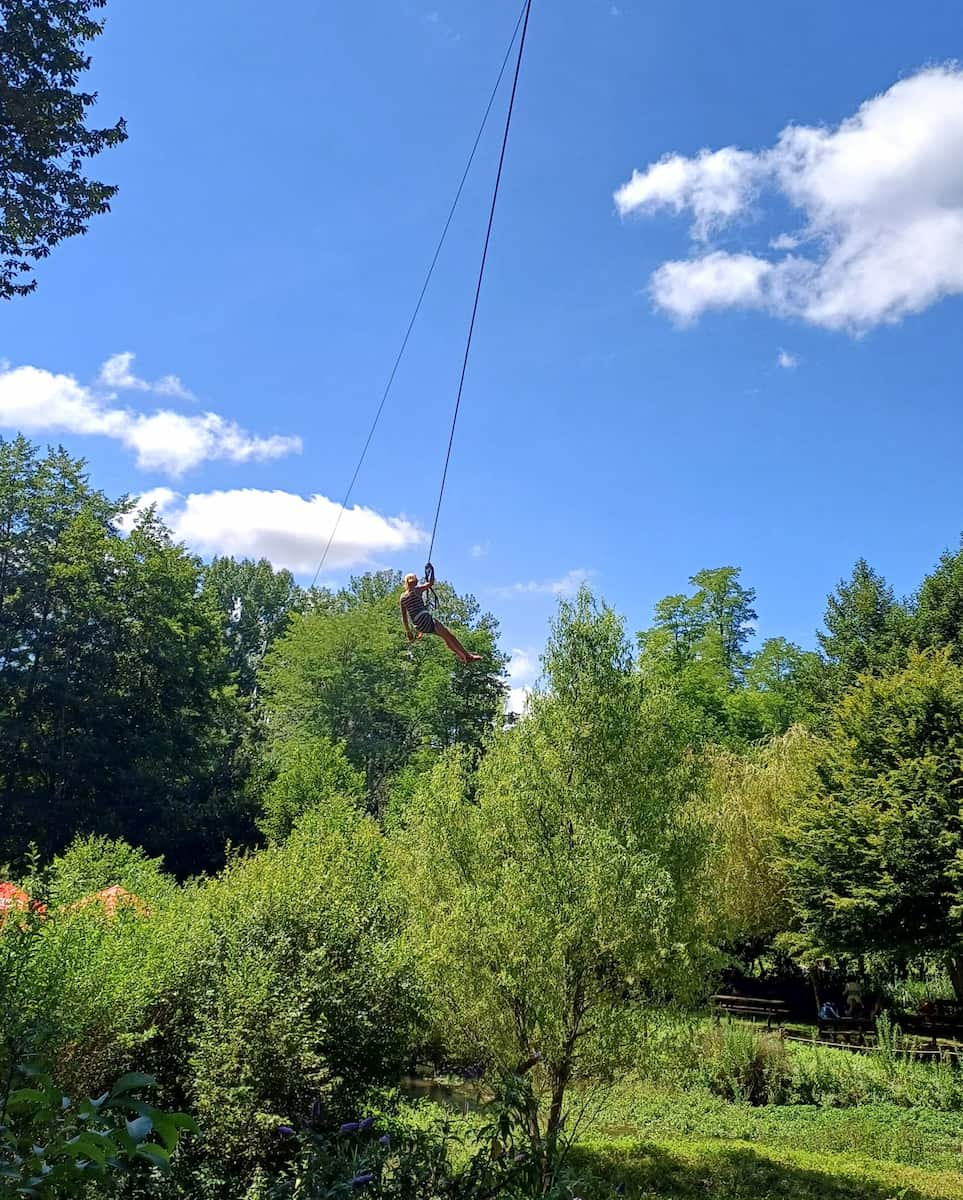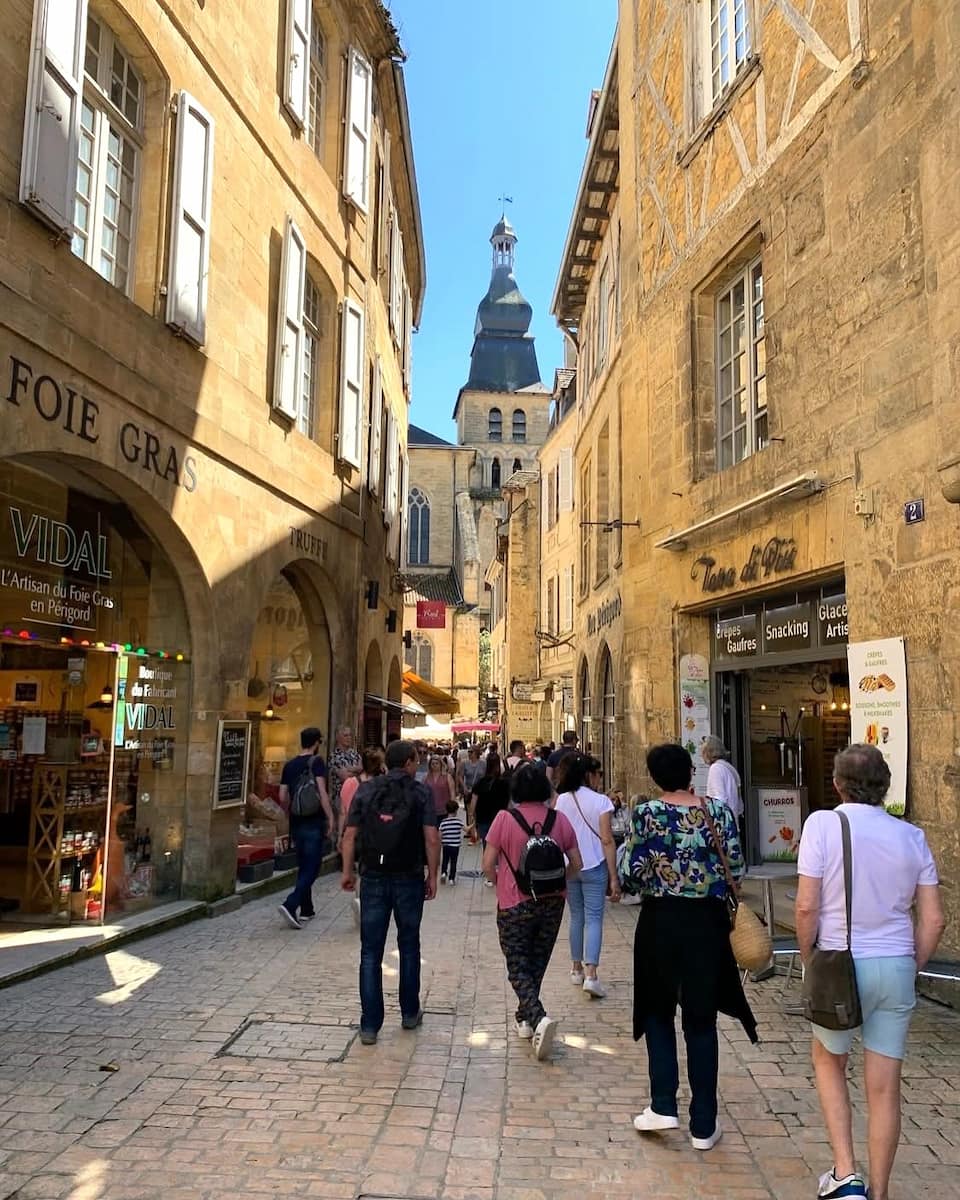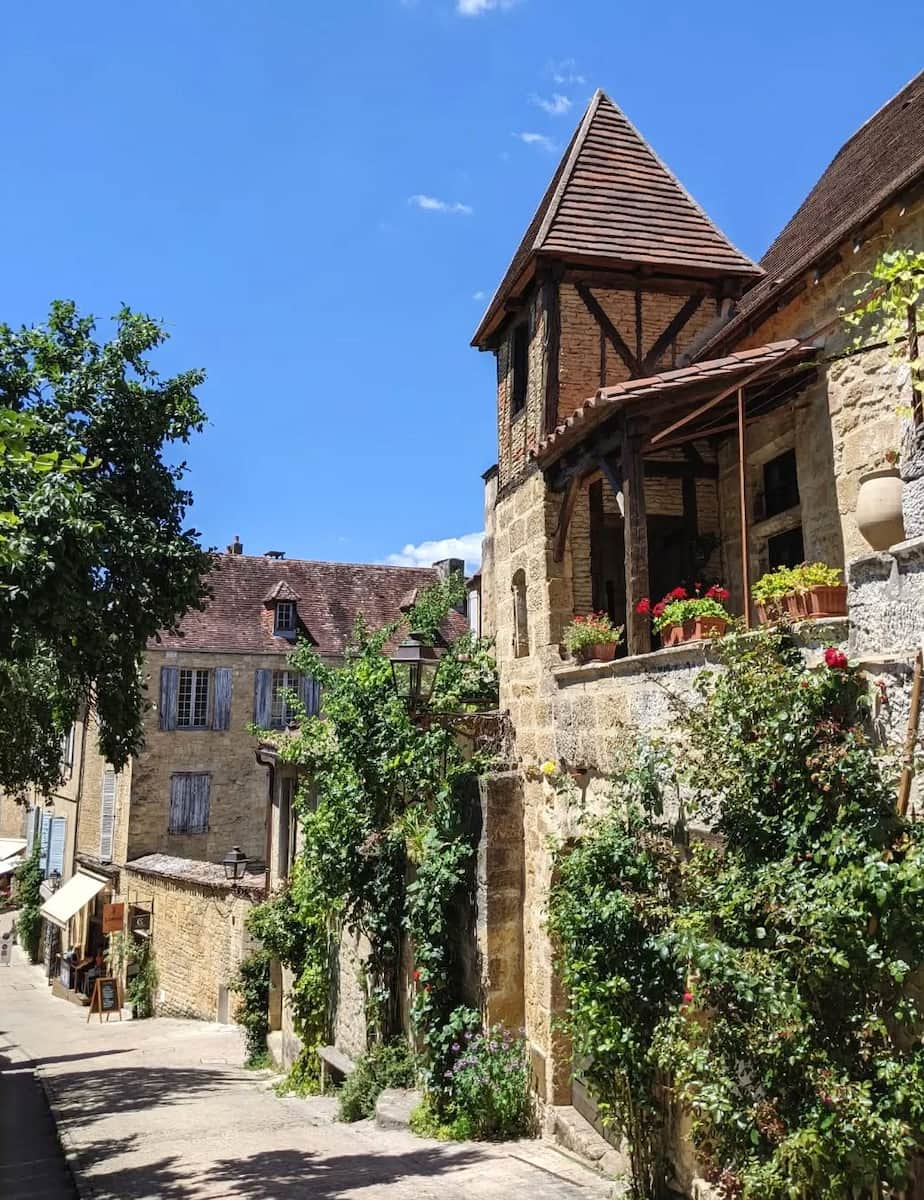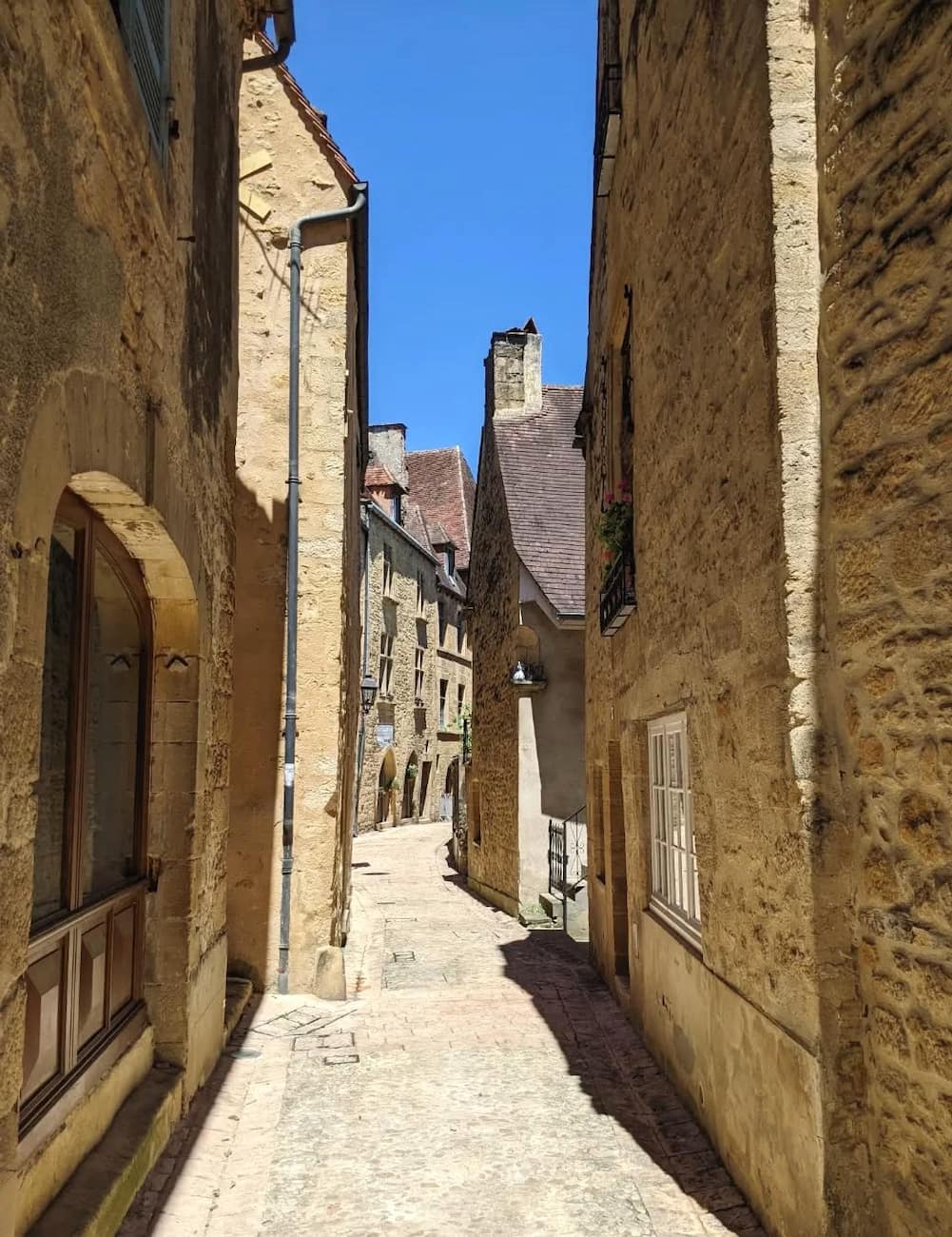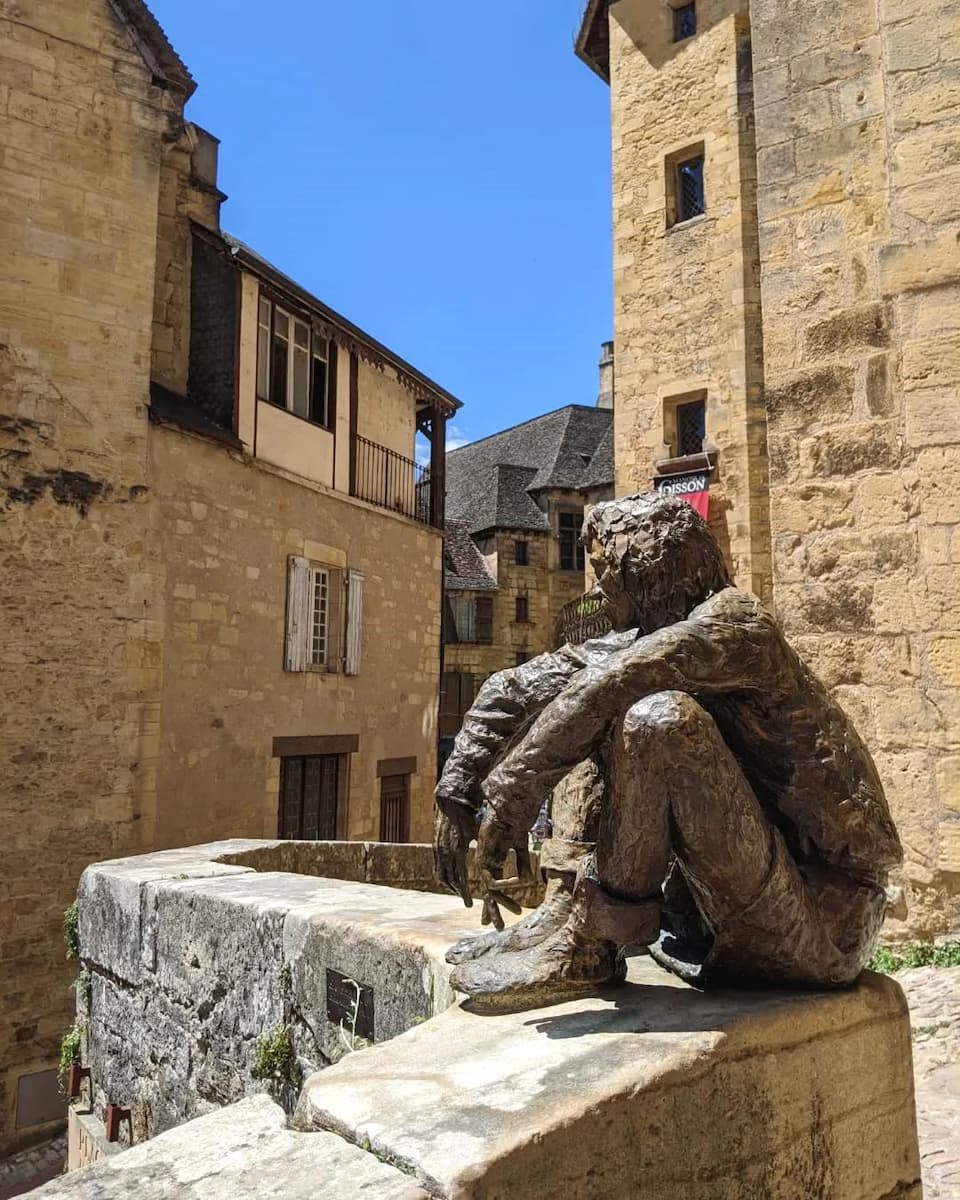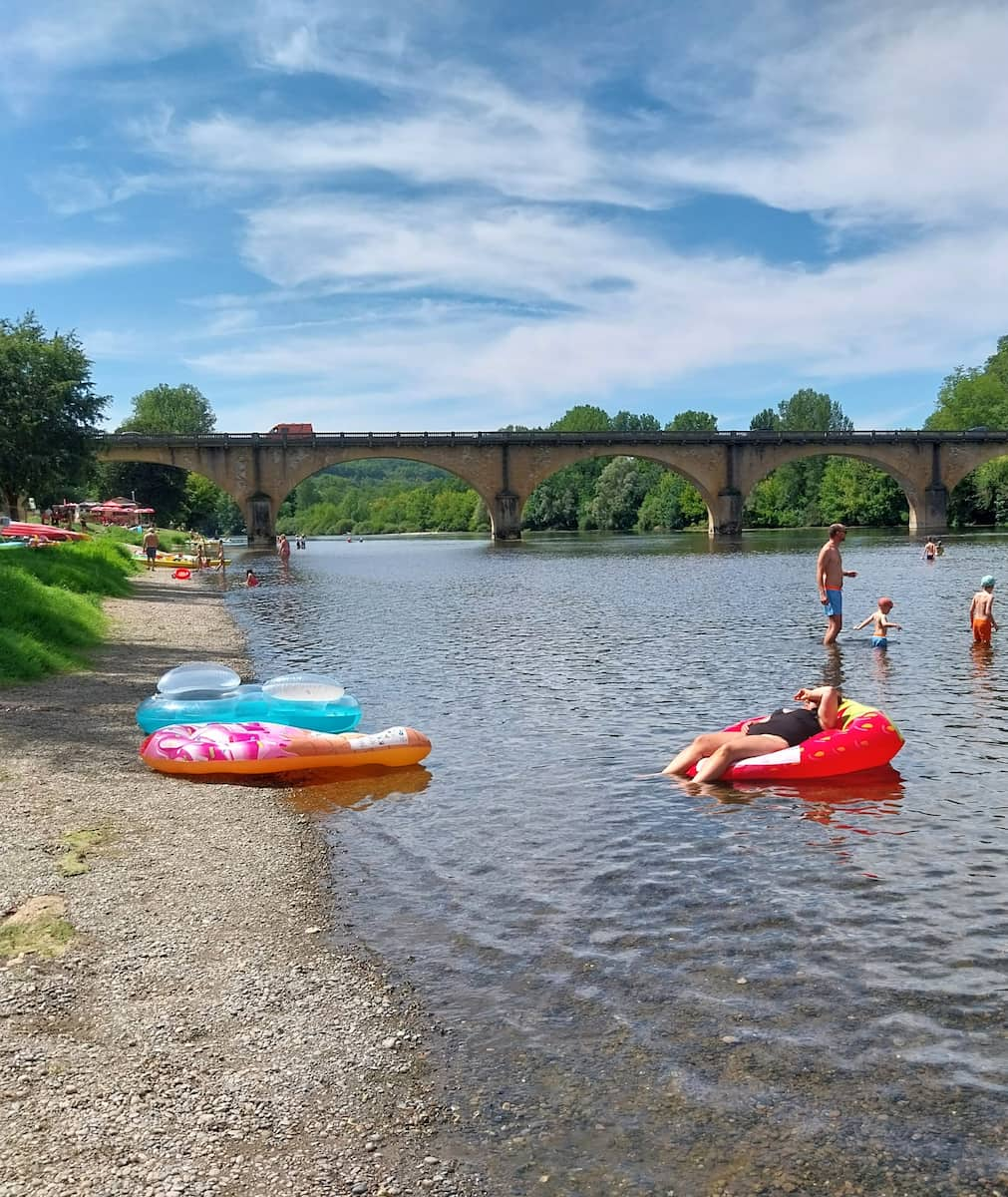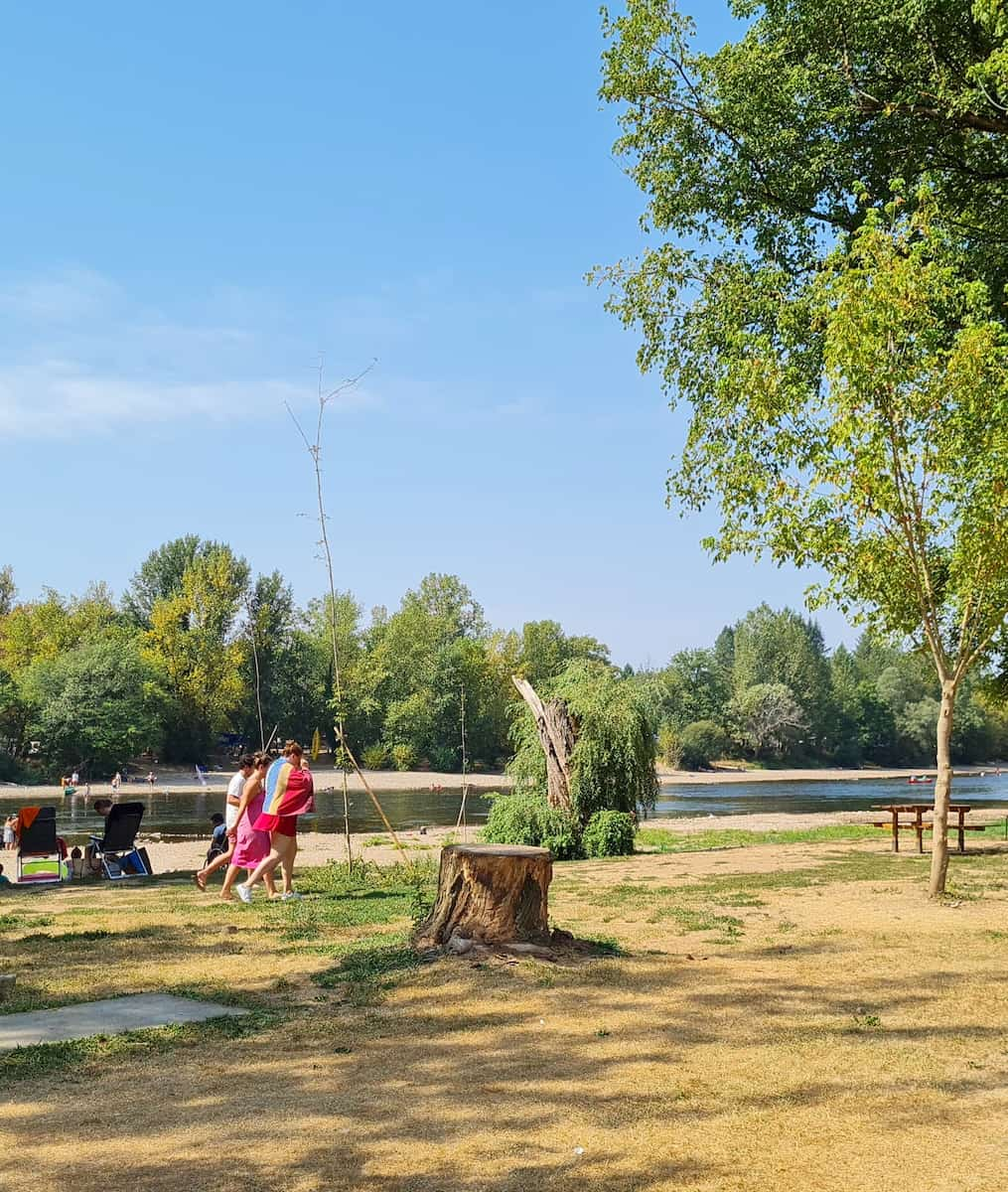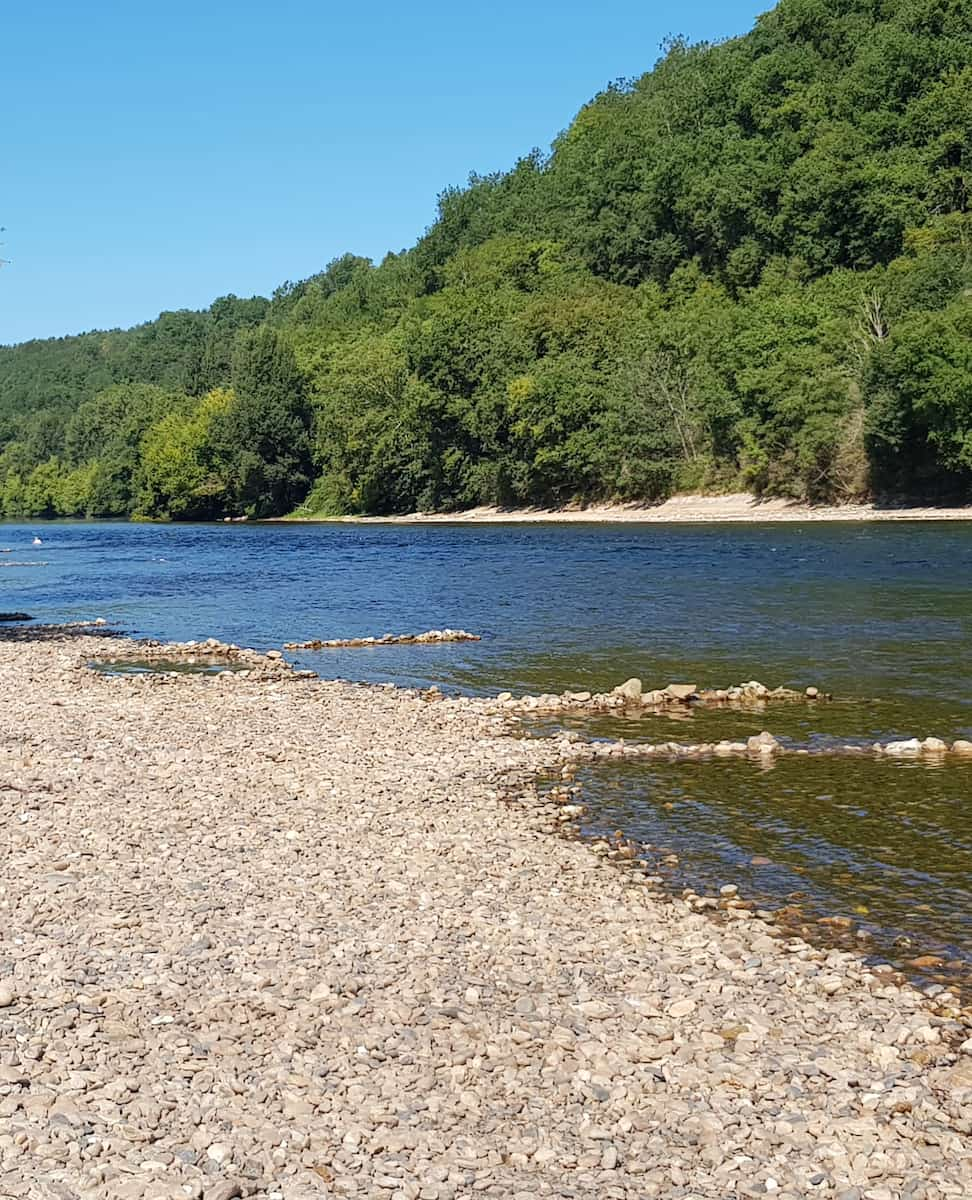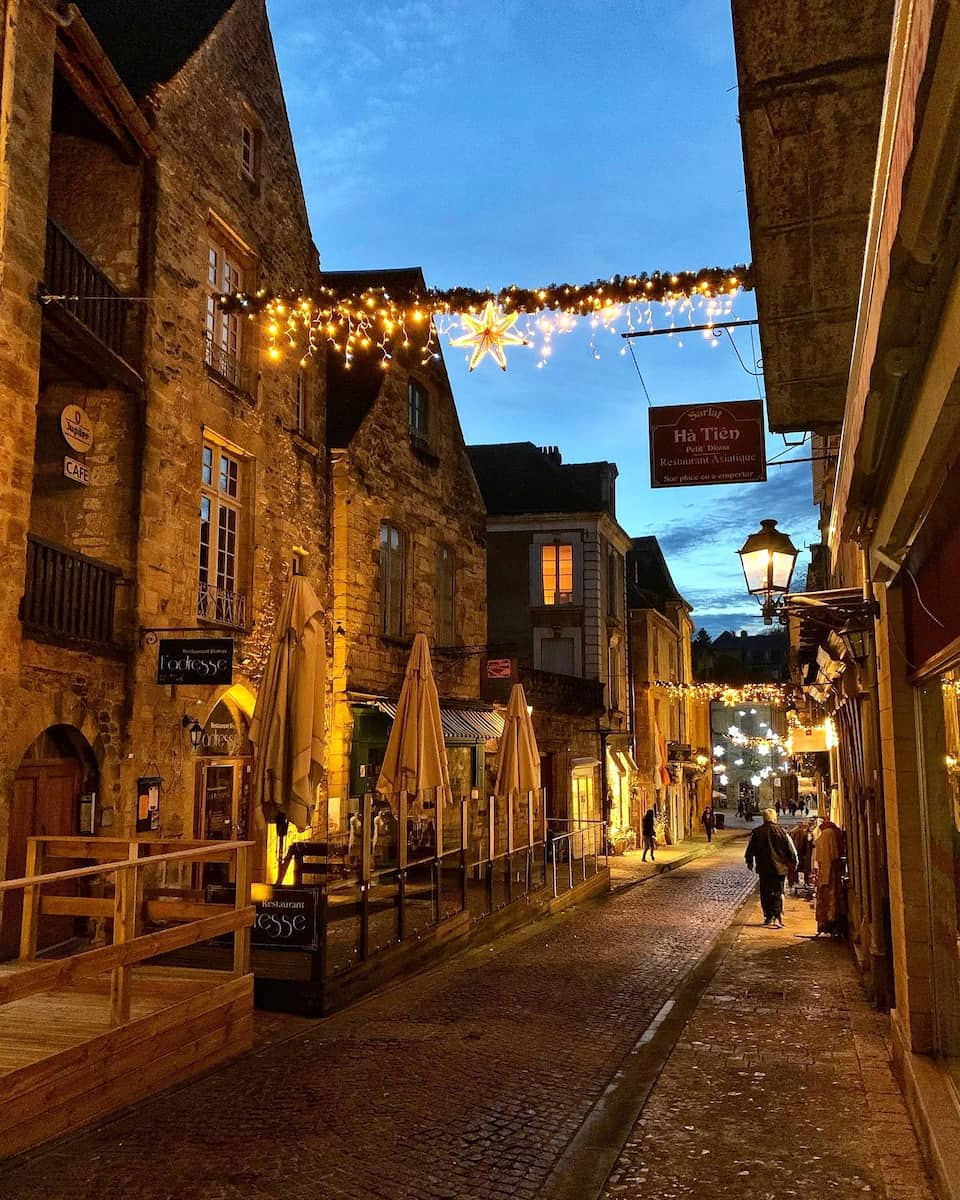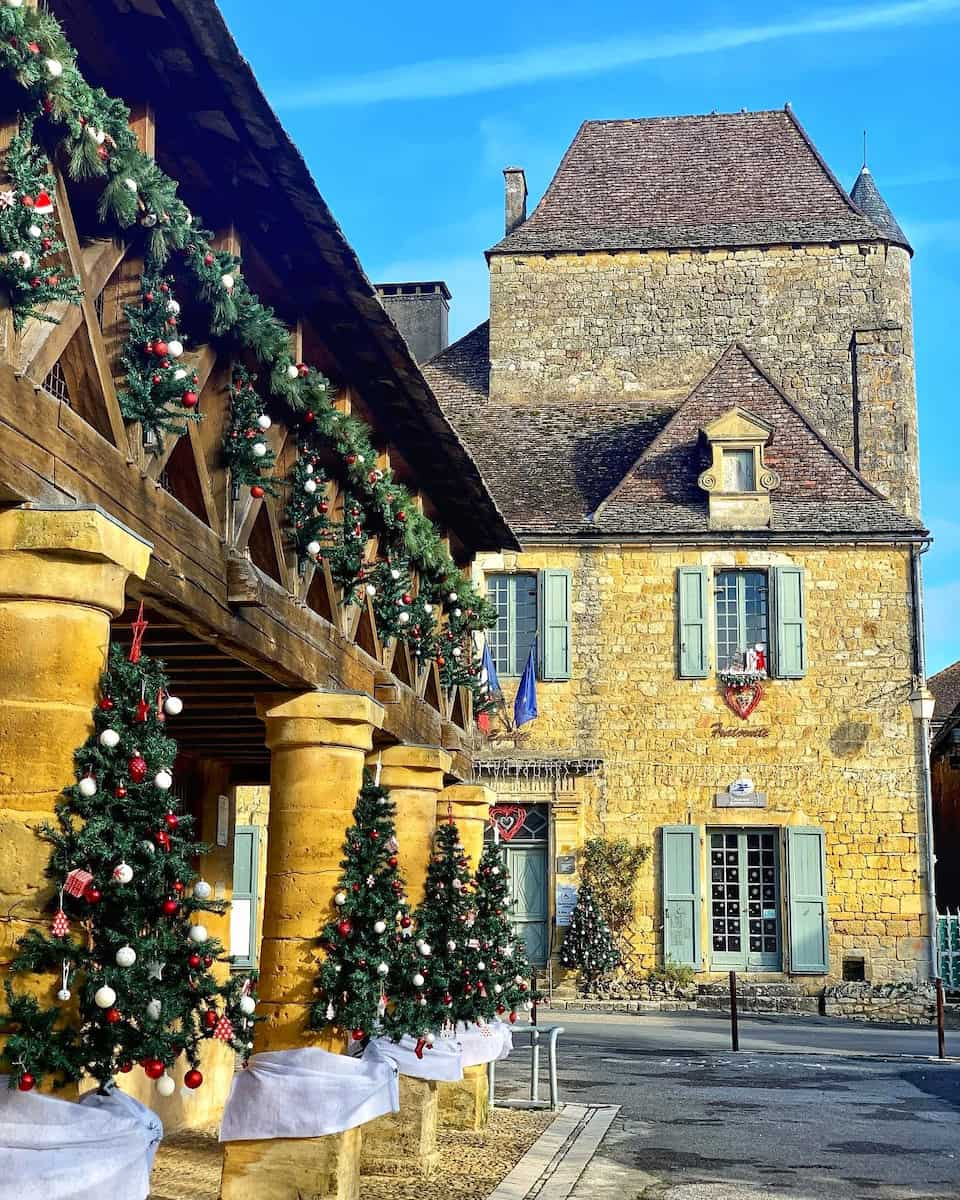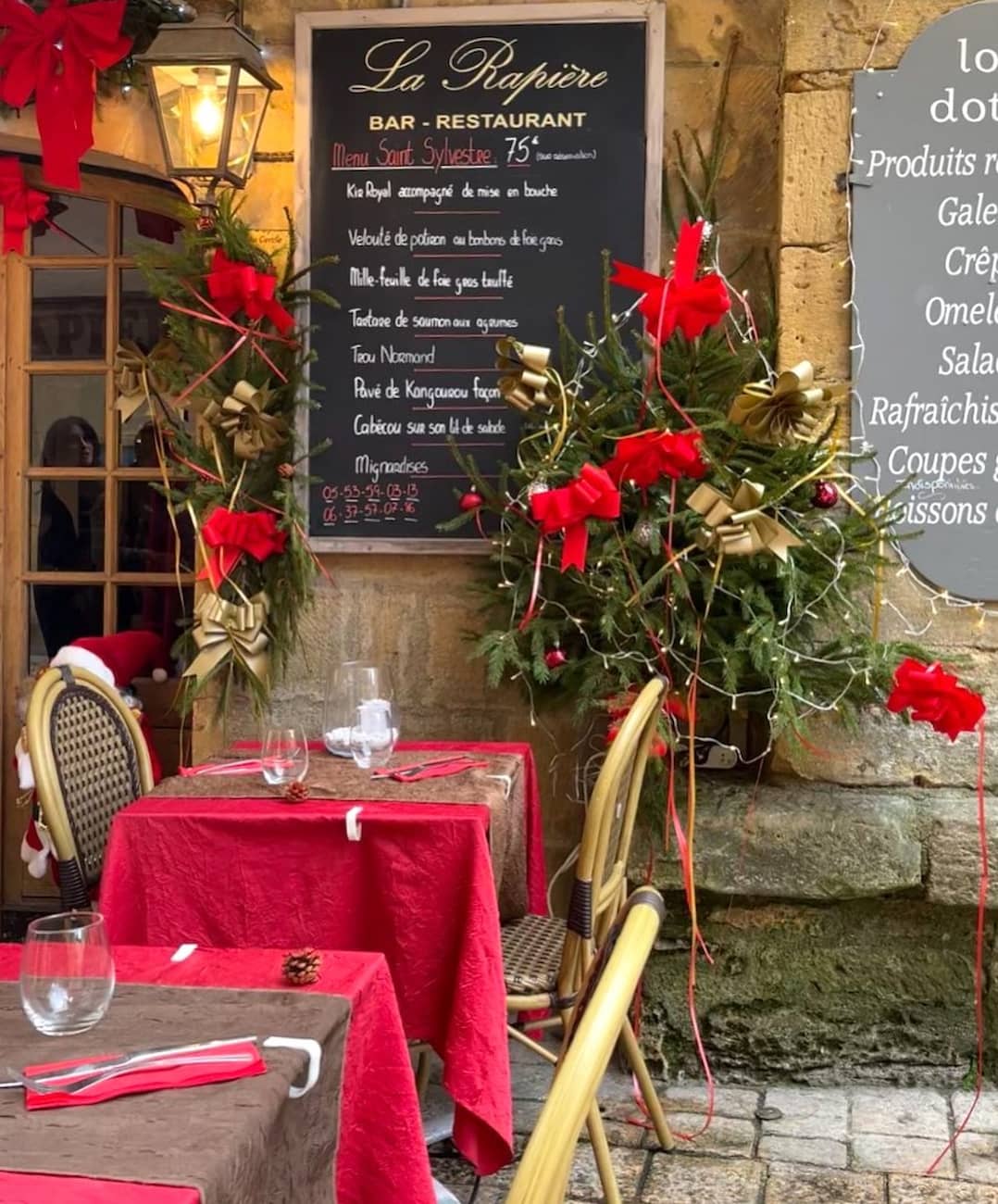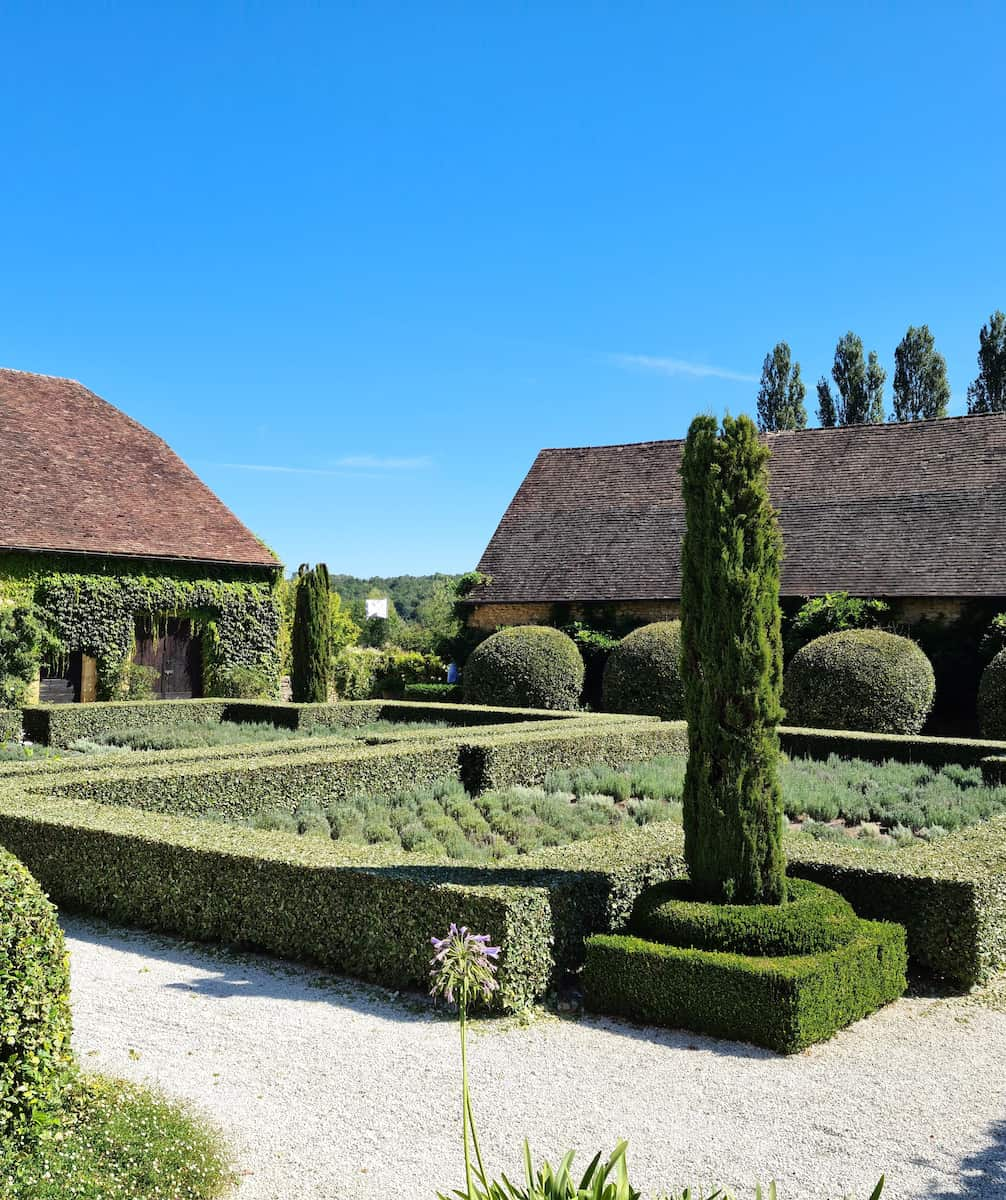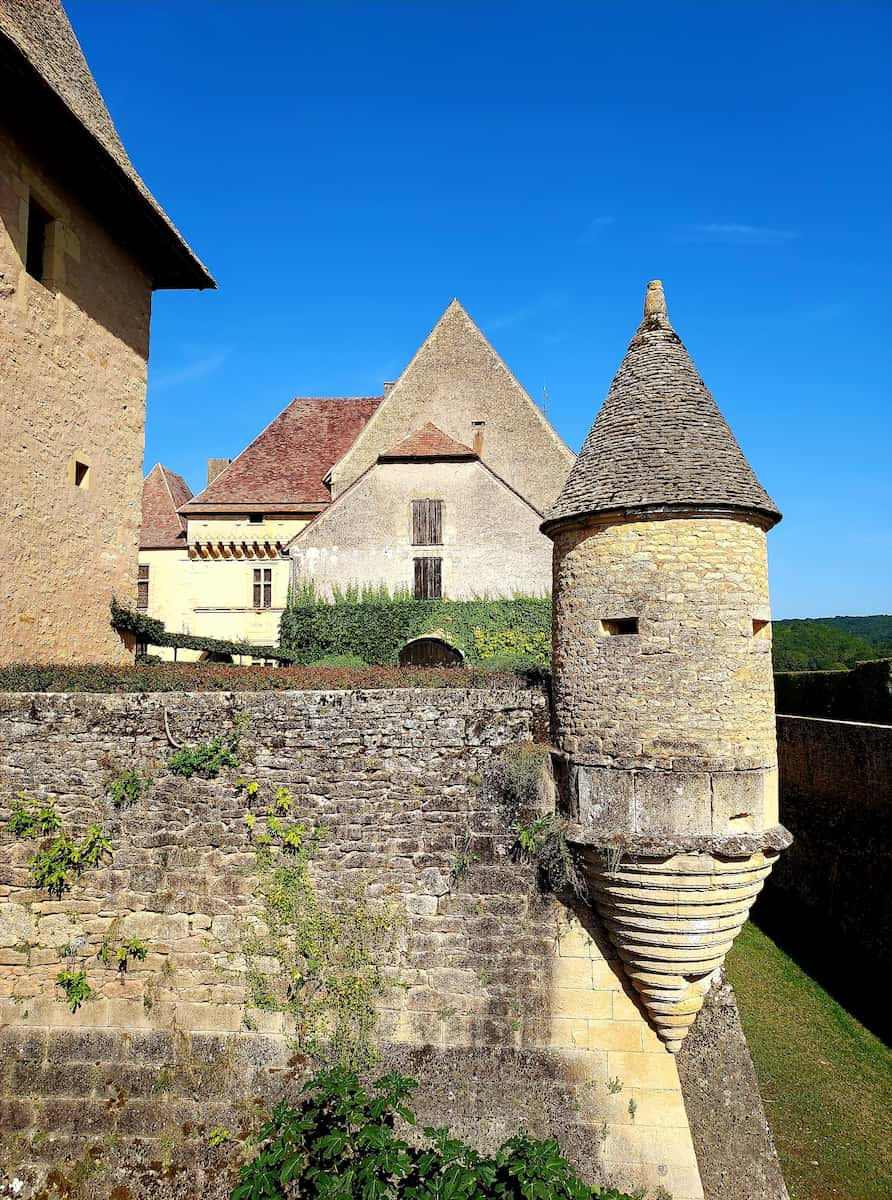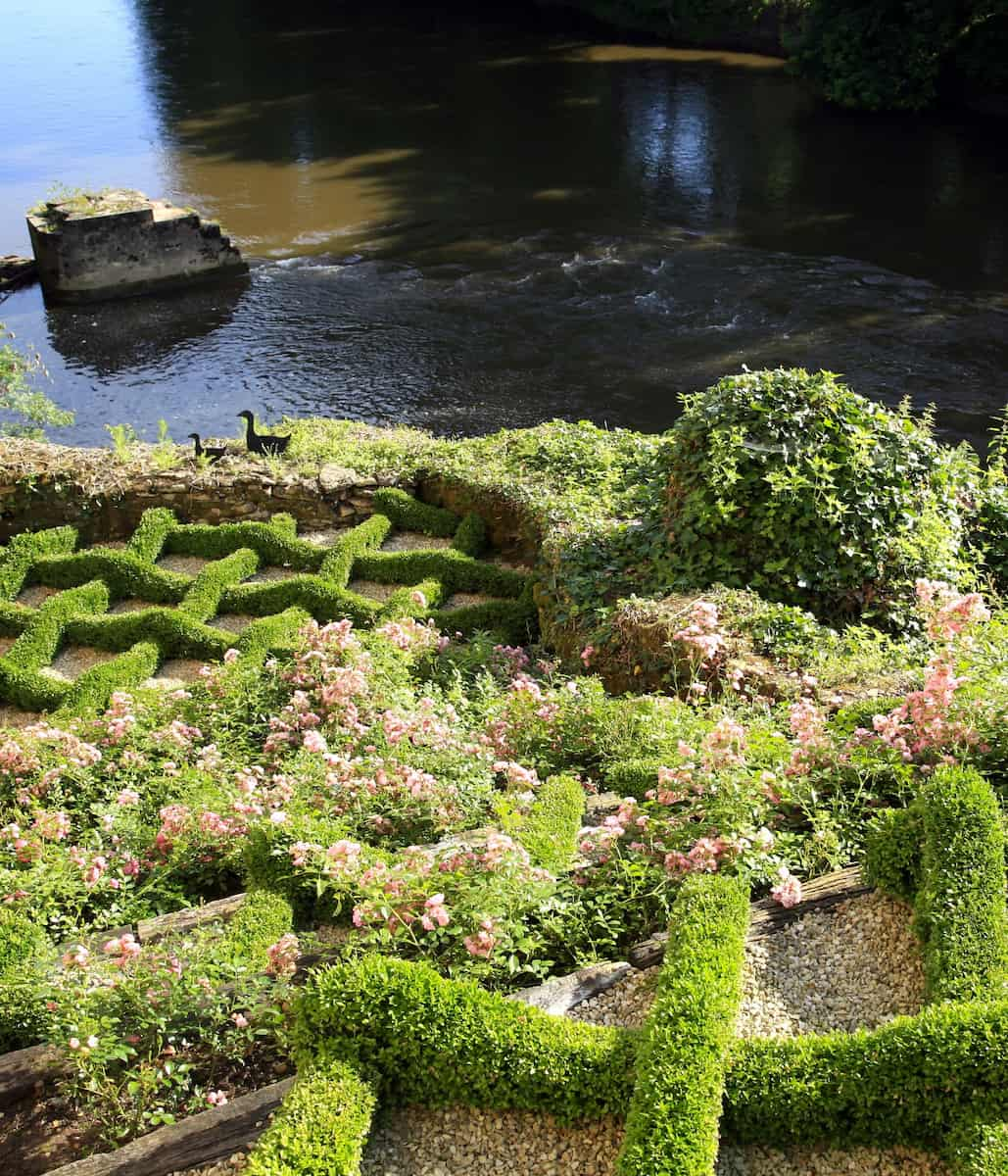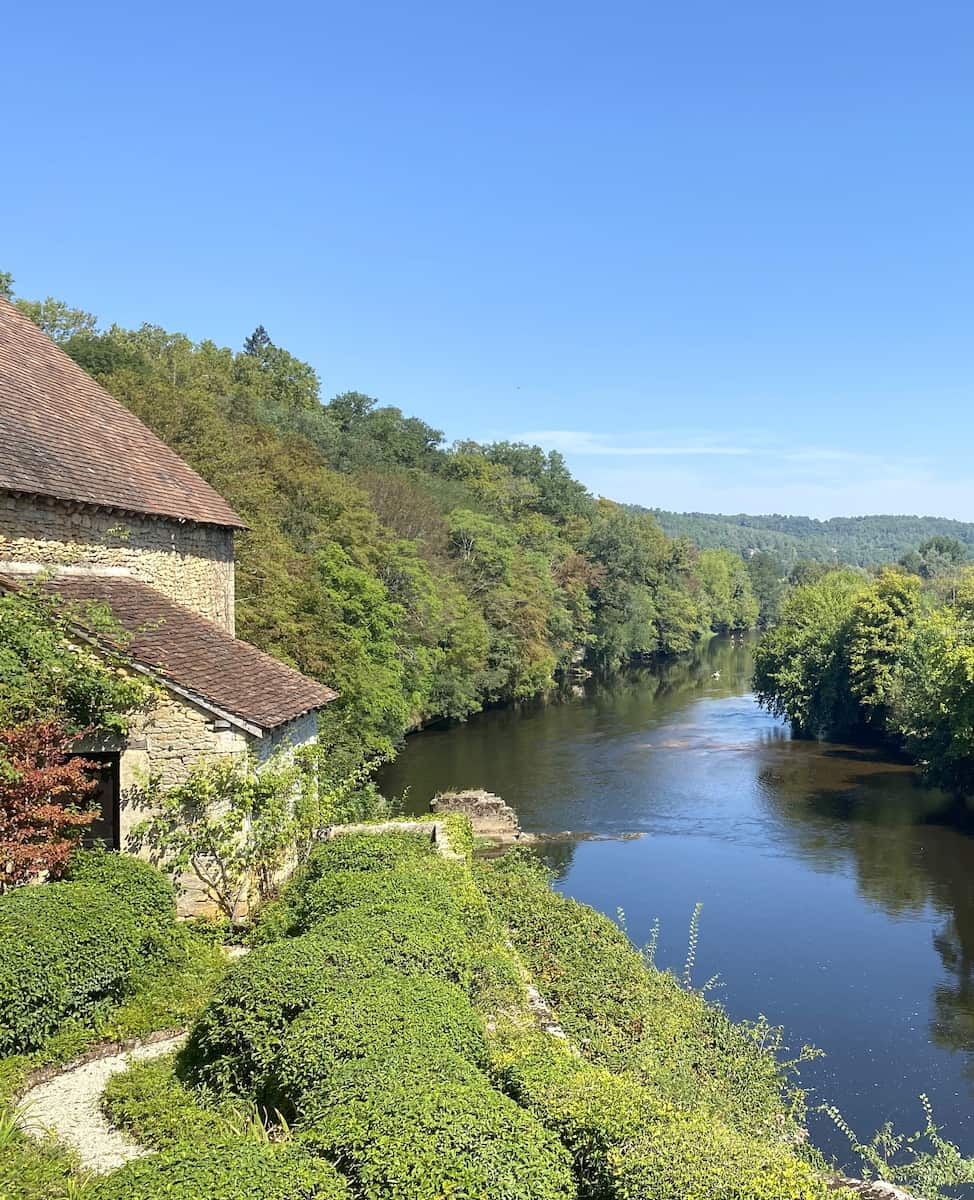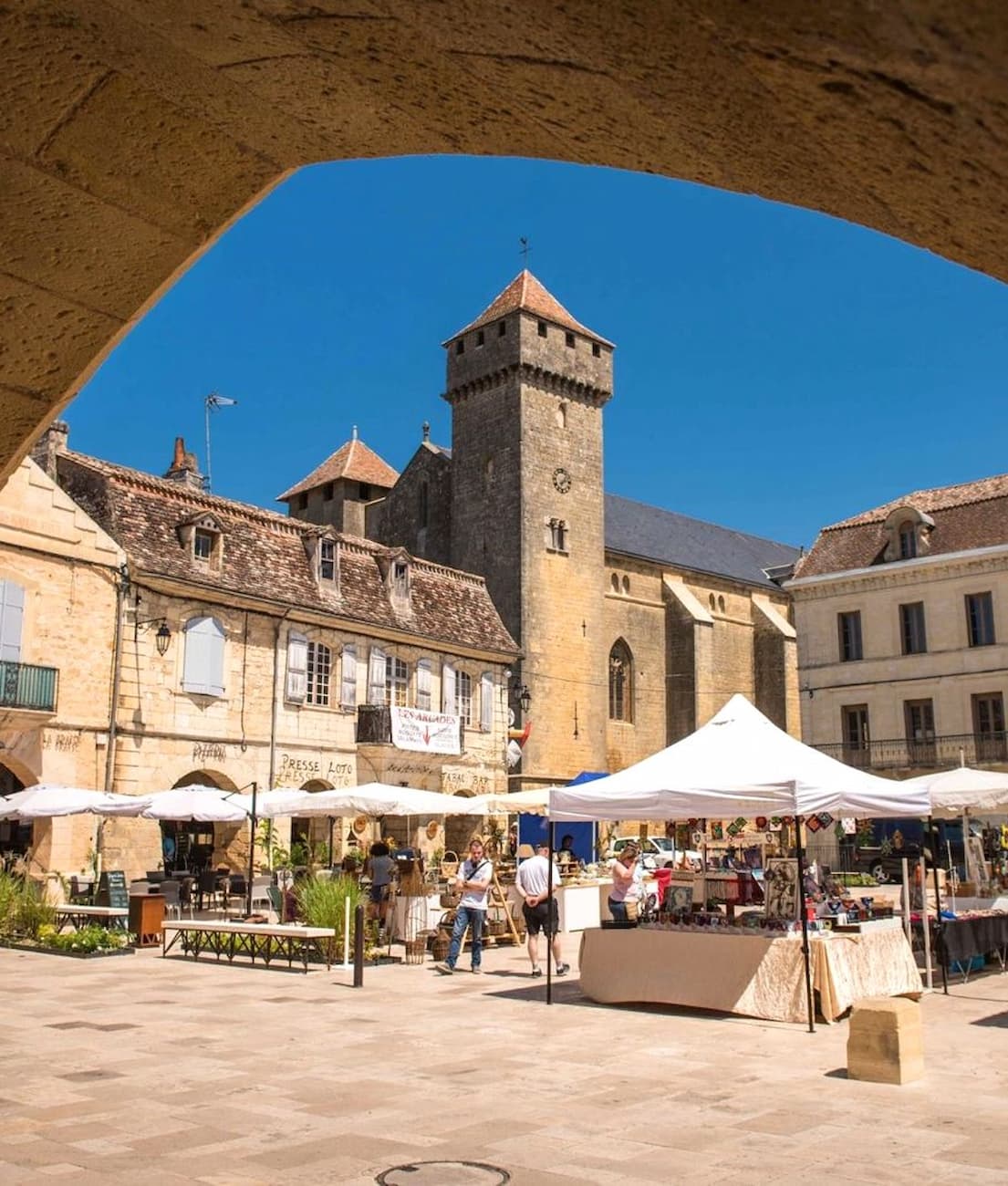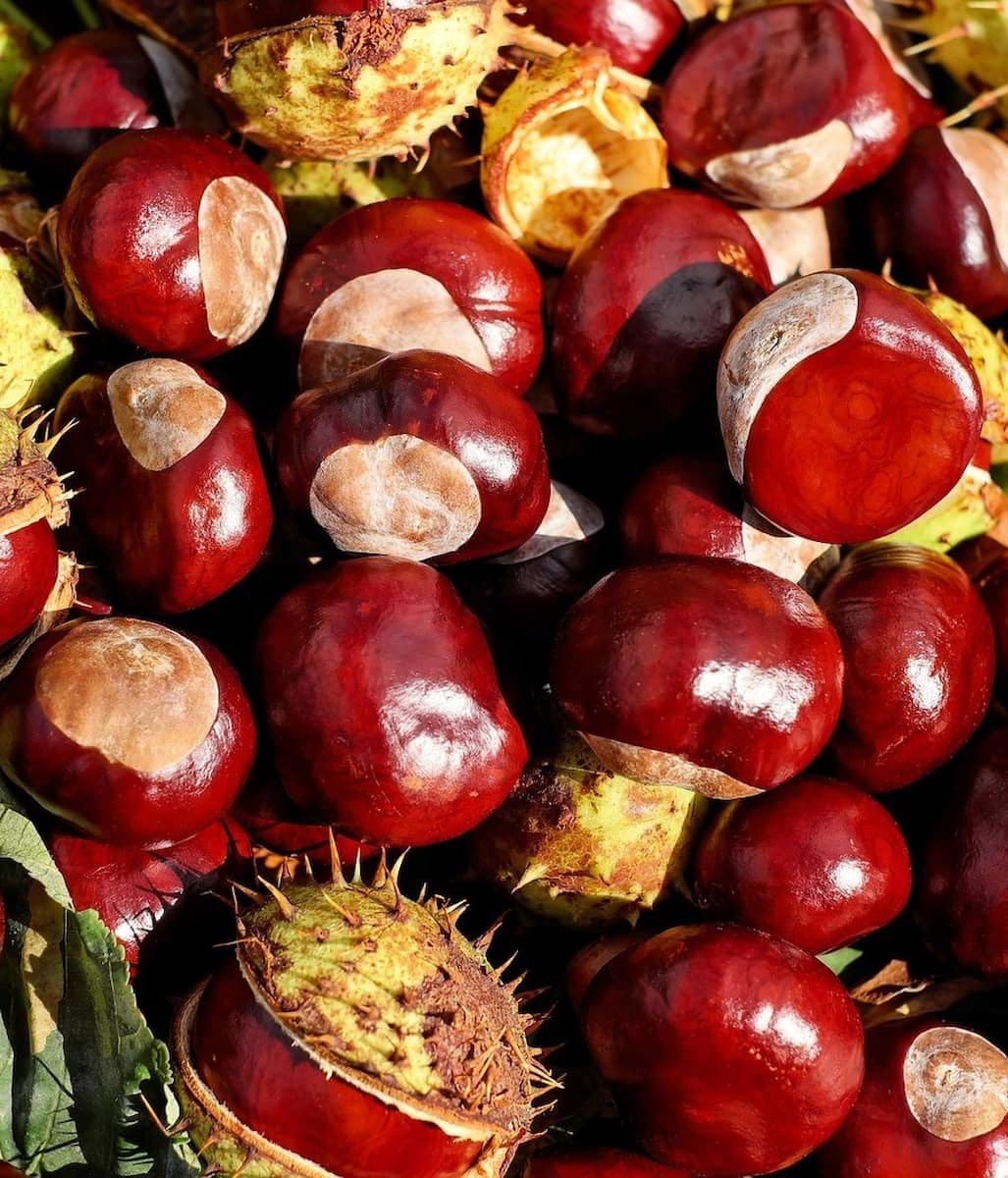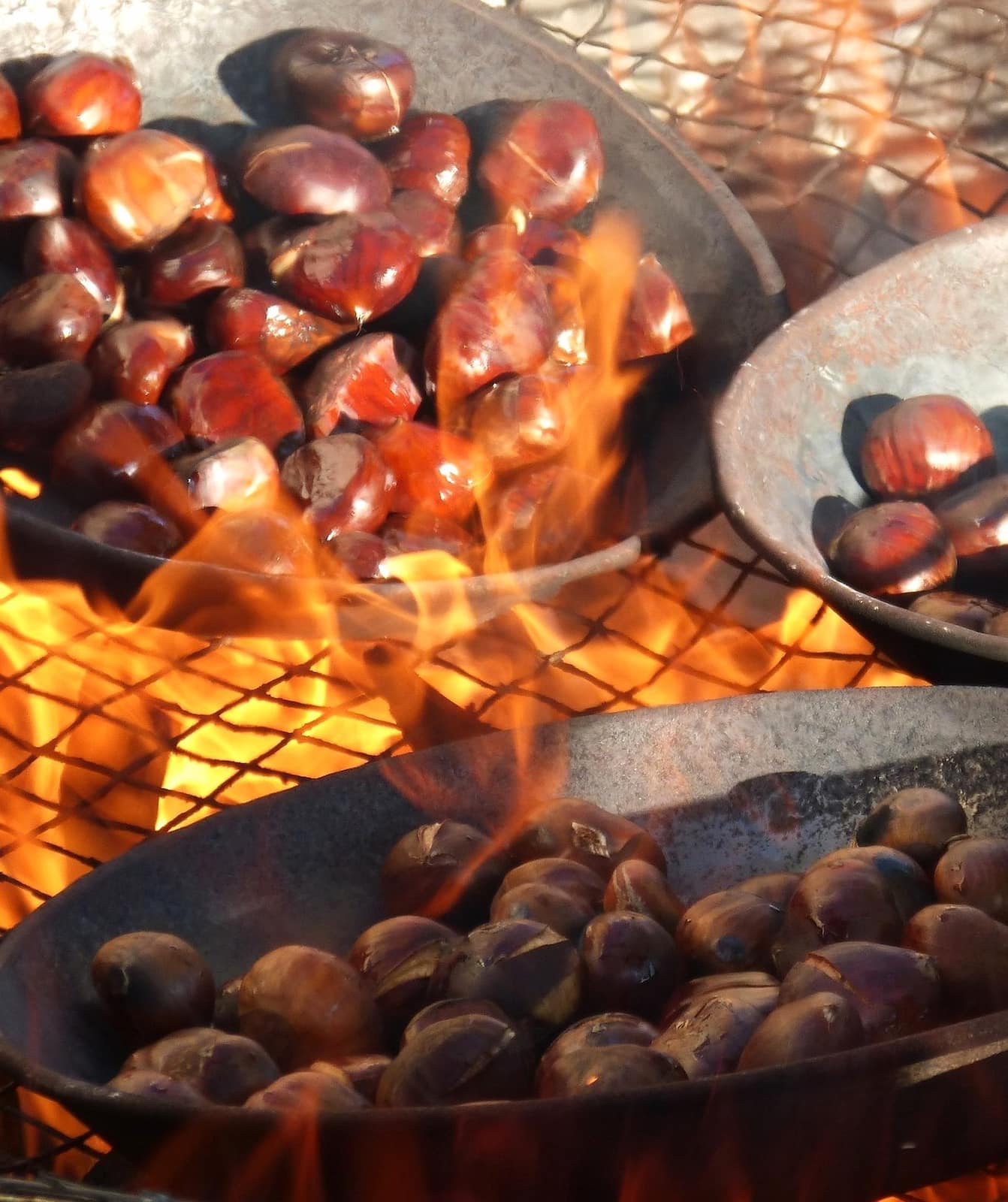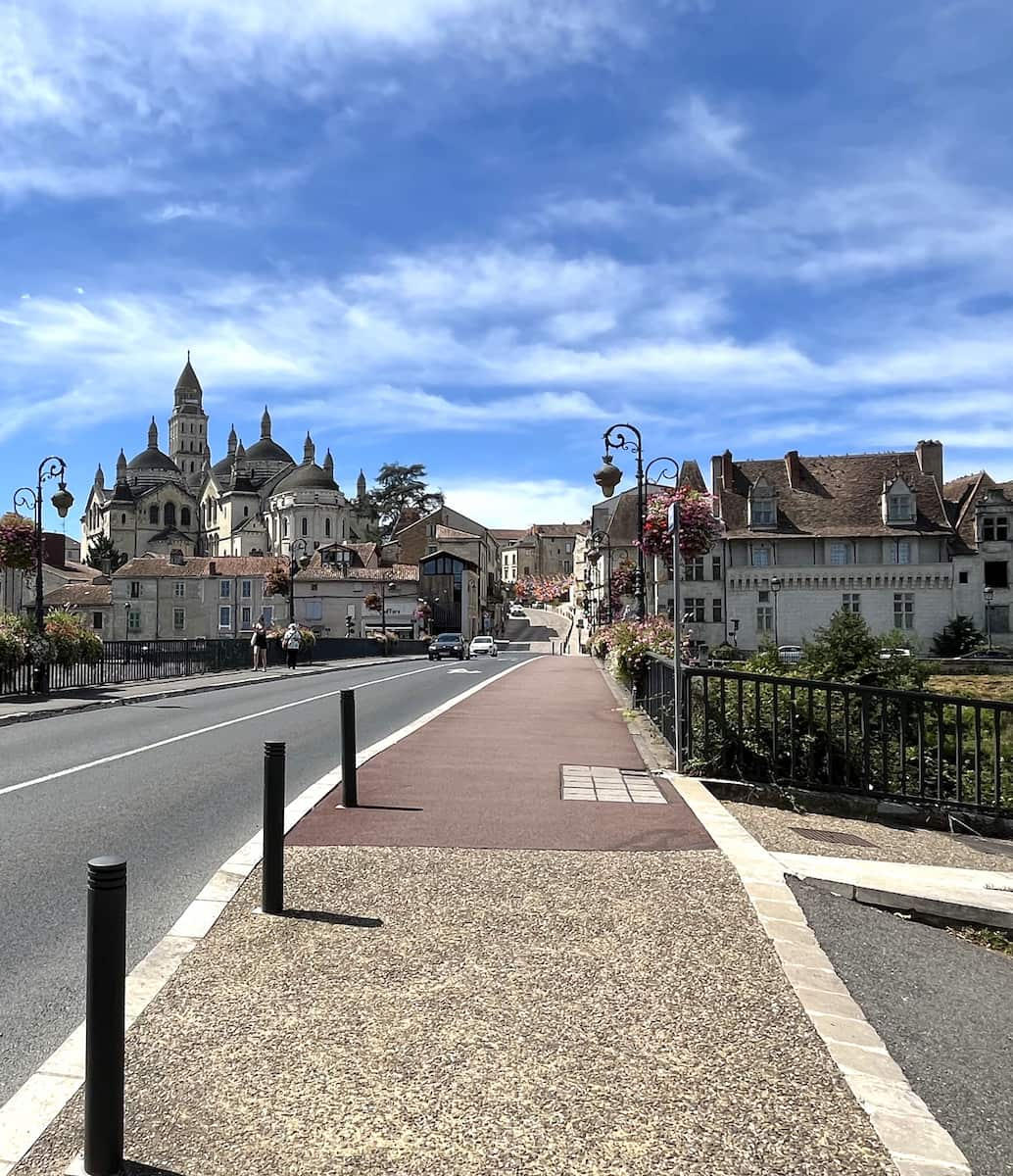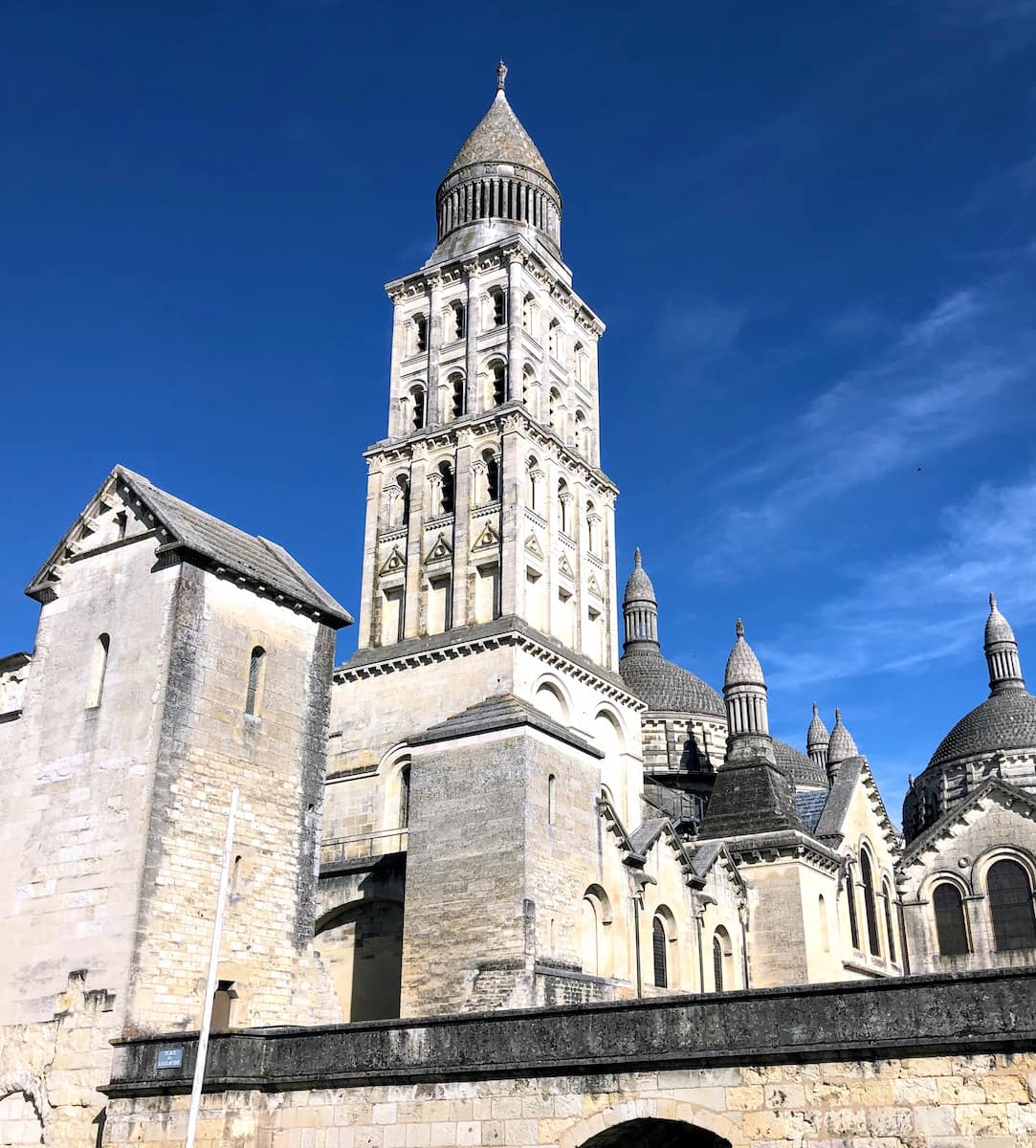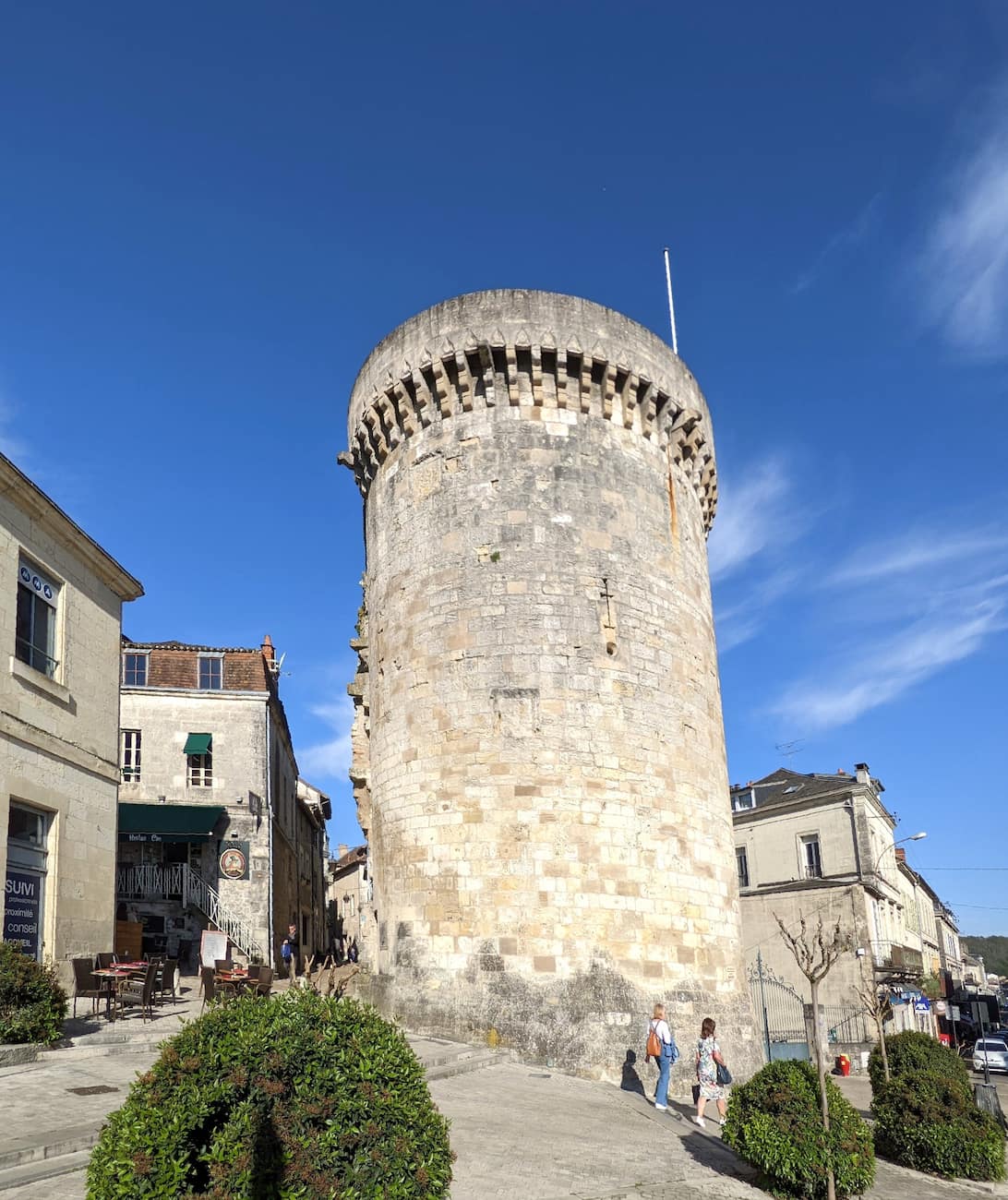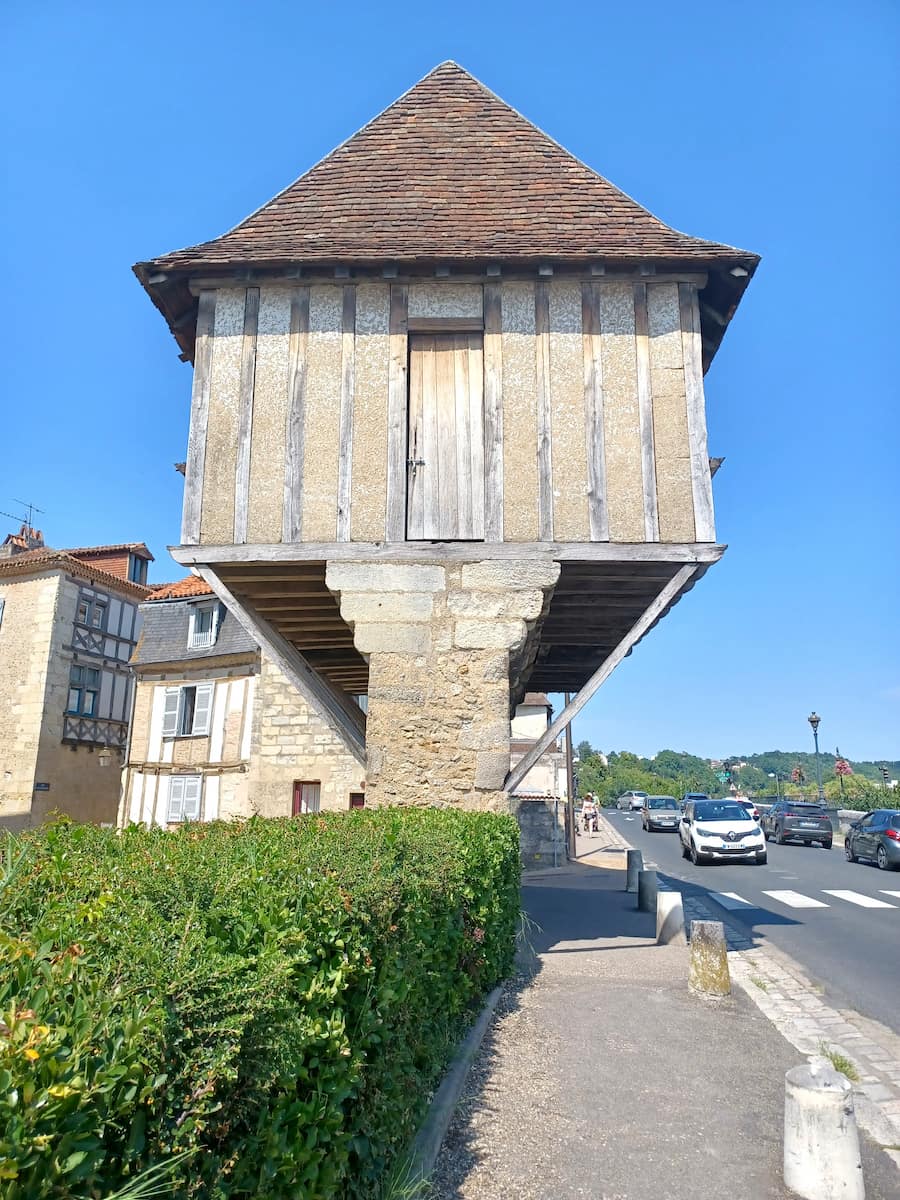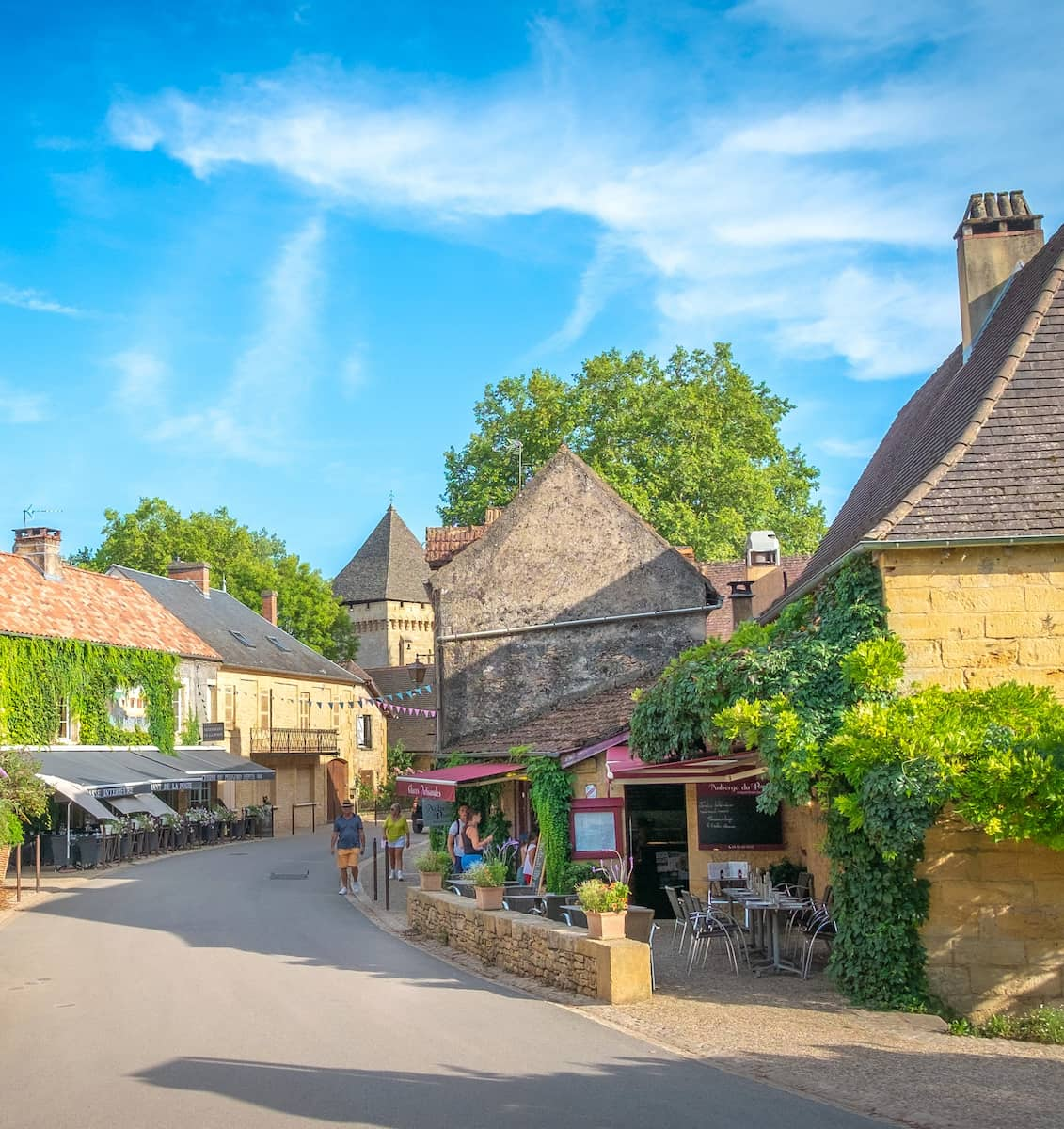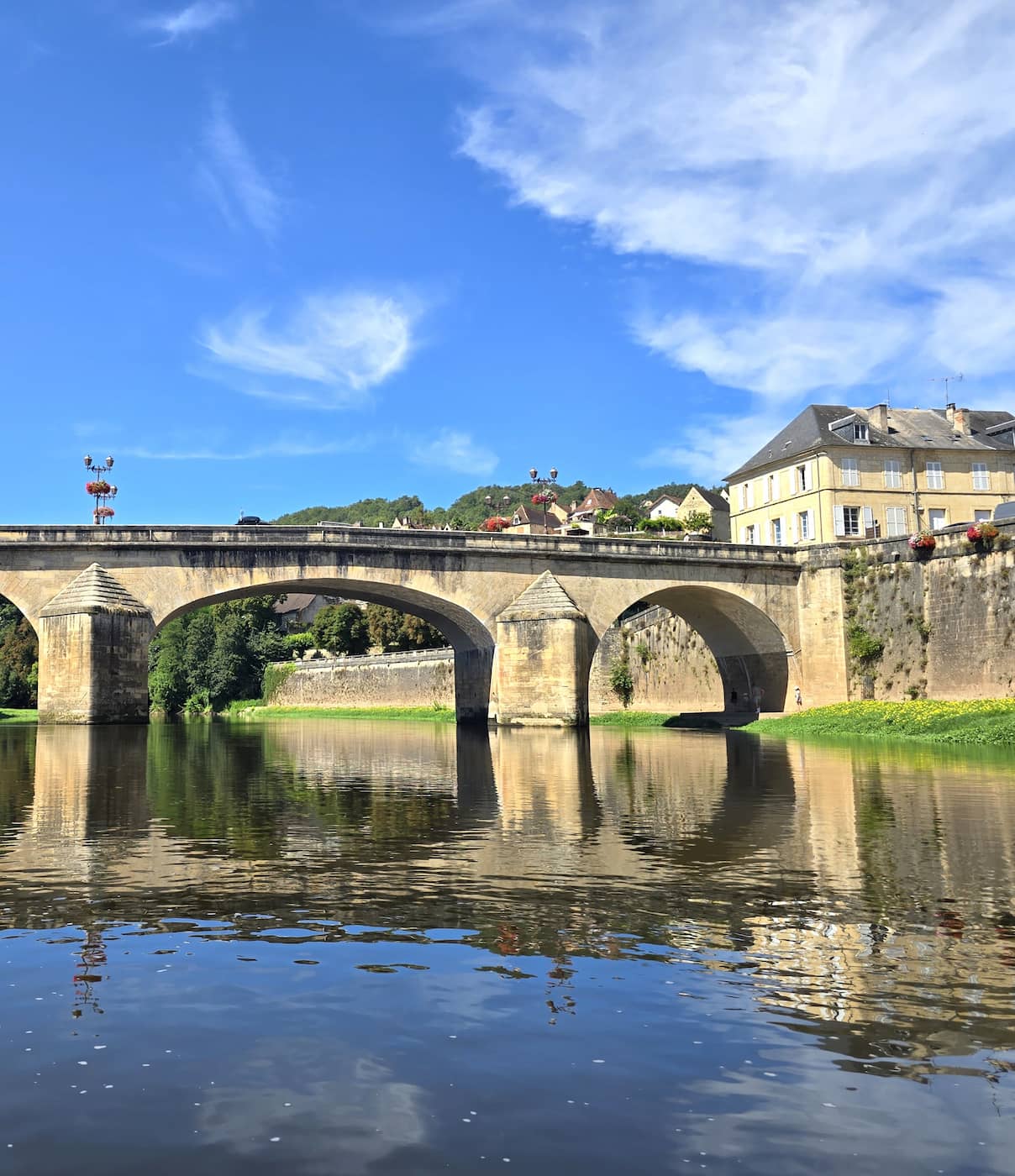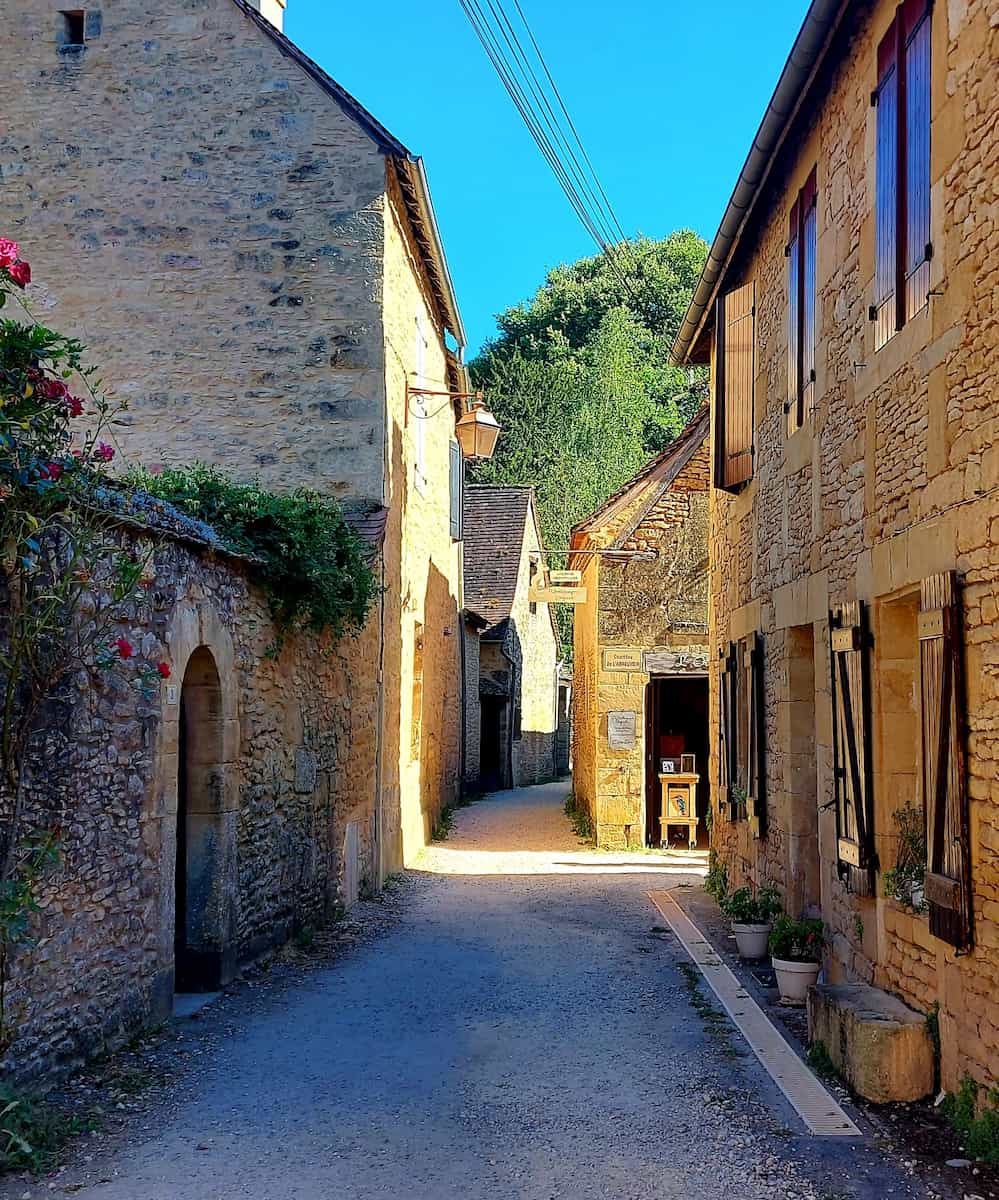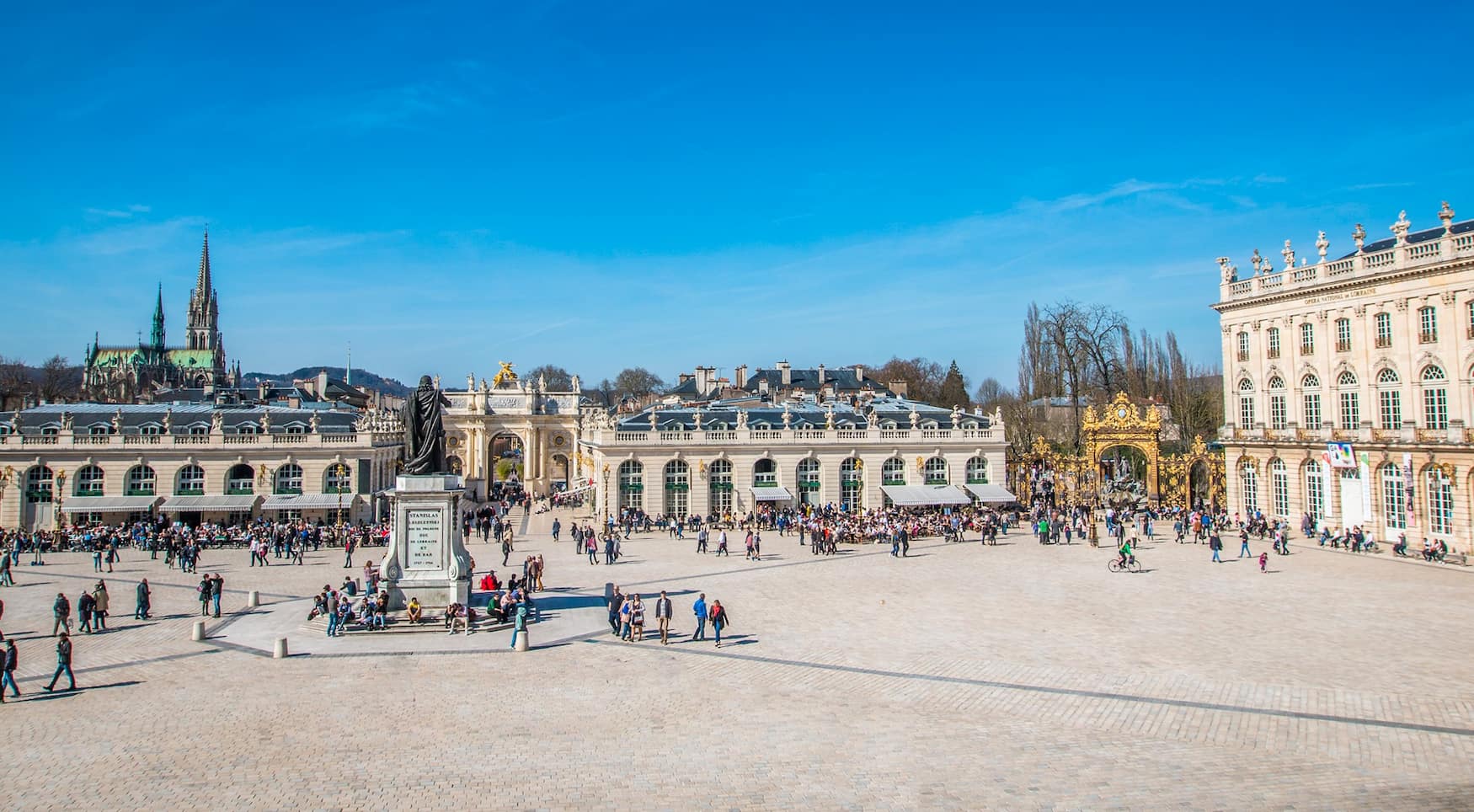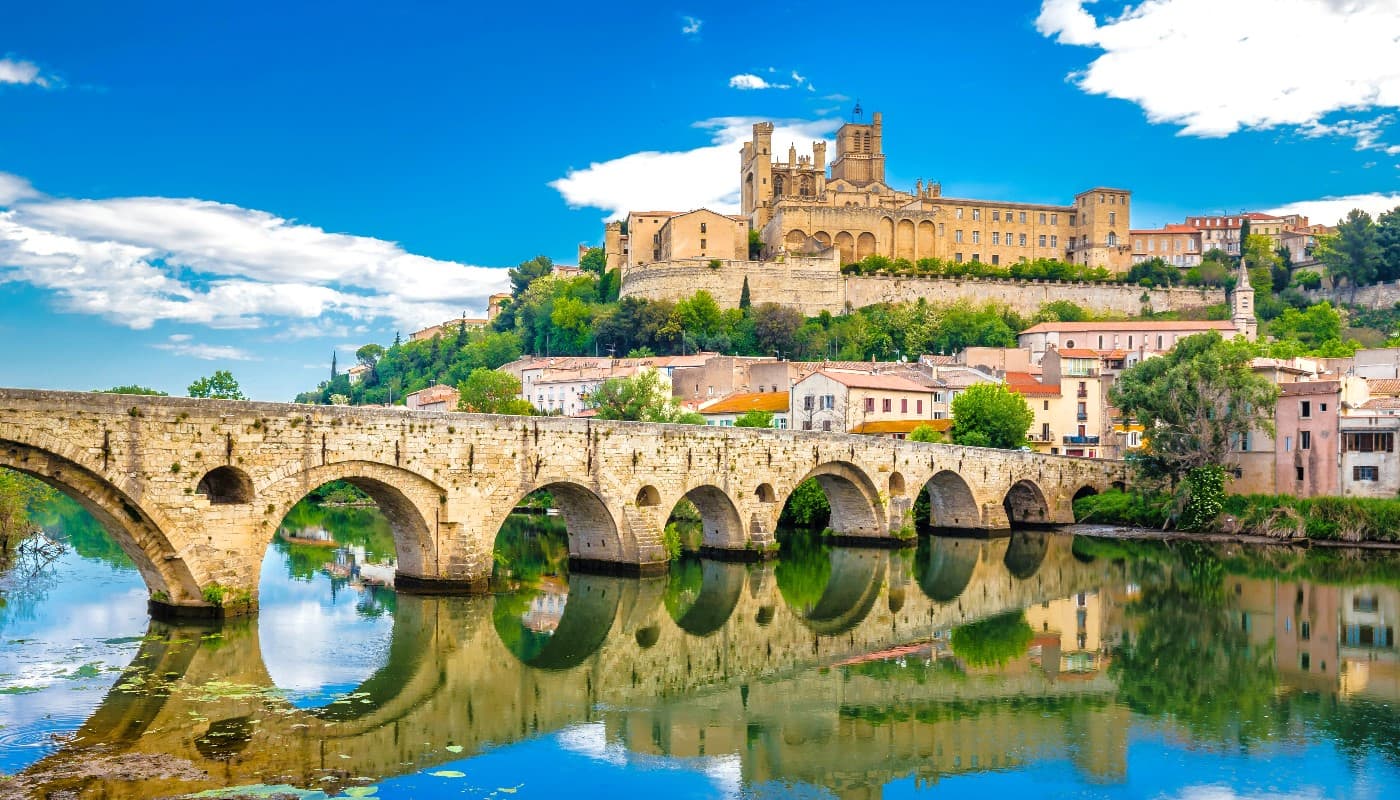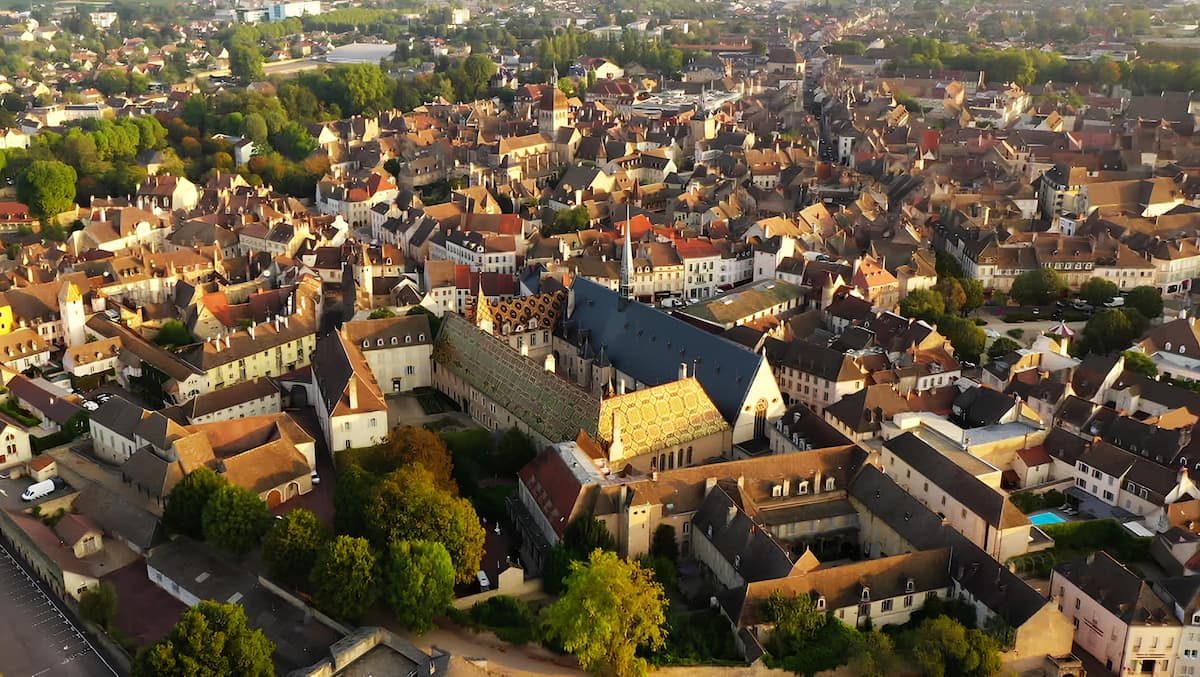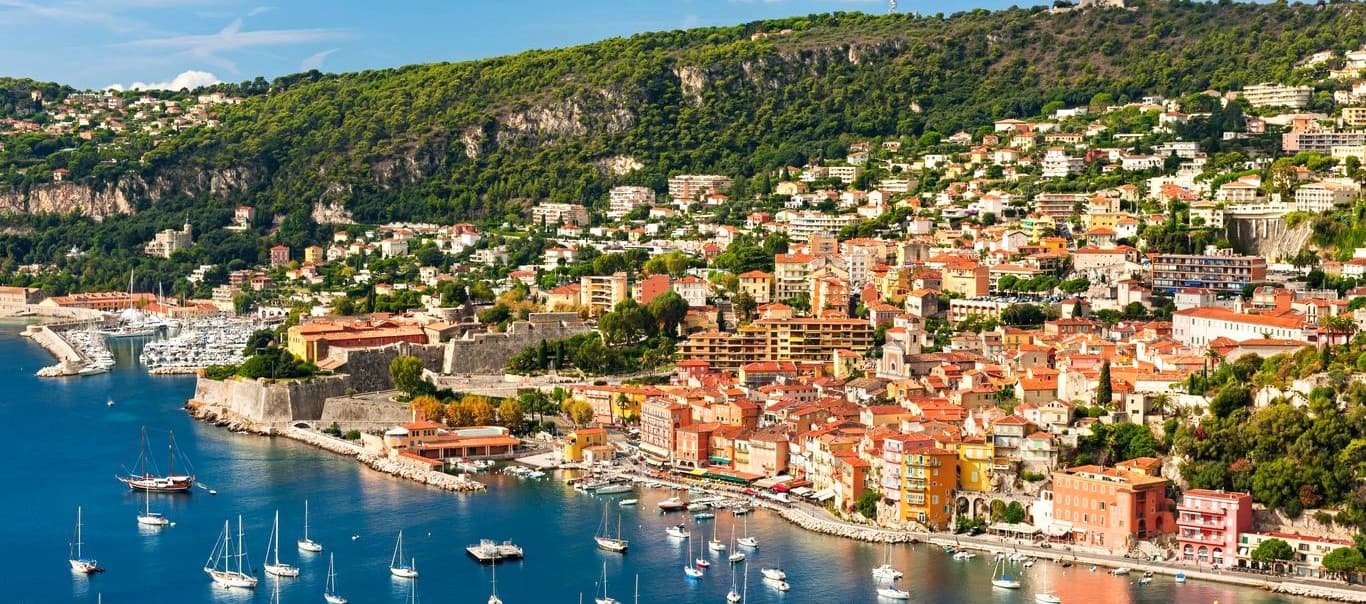The Dordogne region of France is a treasure trove of medieval castles, prehistoric caves, and charming villages that seem frozen in time. As you wind along the river valleys and hilltop towns, you’ll discover why this area is considered one of France’s most beautiful and historically significant regions.
I’ve spent weeks exploring the hidden corners of Dordogne and compiled this guide to help you experience the very best this magical region has to offer. From paddling down the emerald Dordogne River to sampling black truffles at local markets, these activities will create memories that last long after your vacation ends.
🏠 Where to Stay in Dordogne
- 💎 Luxury: Le Loft - Classé 5 ÉTOILES, Mussidan
- ✨ 5-Star: Slow Village Séveilles, Valades
- 🏨 4-Star: Château de Maraval, Cénac-et-Saint-Julien
- 🛏️ 3-Star: La maison au cèdre, Marsac-sur-lʼIsle
- 💸 Cheap: La Maison B - L'auberge autonome au charme vintage, Bergerac
- 🏢 Apartment: Hotel Le Chevalier Bleu, Monpazier
- 👨👩👧👦 For Families: Le Belvédère, Thiviers
- 🏩 For Couples: Sarlat Côté Jardin, Sarlat-la-Canéda
💁 Best Guided Tours
- Sarlat la Canéda: The Dordogne Valley by Canoe from € 28 (⭐4.7/5)
- Dordogne Villages Half Day Tour from Sarlat from € 95 (⭐4.7/5)
- The Valley of the Dordogne Castles by Canoe near Sarlat from € 29 (⭐3.3/5)
- Dordogne Day Tour: Prehistory and The Art of the Caves from Sarlat from € 189 (⭐4.6/5)
Best Things To Do in Dordogne
1. Château de Beynac
Perched majestically. Standing 150 meters above the Dordogne River, Château de Beynac took my breath away the moment I spotted its imposing silhouette against the Périgord sky. This 12th-century fortress is arguably the most authentic medieval castle in the entire region, once controlled by Richard the Lionheart himself.
Climbing adventure. I recommend parking at the bottom of Beynac-et-Cazenac village and taking the steep 15-minute walk up cobblestone streets to reach the entrance. For those with mobility issues, there’s a parking lot at the top just one minute from the castle gates – a tip I wish I’d known before my first visit!
Panoramic views. The terrace of the spur provides absolutely stunning vistas over the Dordogne Valley. On clear days, I could spot Château des Milandes and Château de Castelnaud across the river – a reminder that this was once the frontier between French and English territories during the Hundred Years’ War.
| Ticket Type | Price |
|---|---|
| Adult | €11.50 |
| Youth (11-16) | €7.00 |
| Children under 10 | FREE |
| Groups (25+ people) | €7.00 per person |
- Film location tip: The castle featured in Ridley Scott’s “The Last Duel” starring Matt Damon and Luc Besson’s “Joan of Arc”
- Don’t miss: The vaulted bedroom reportedly used by Richard the Lionheart, accessible from the terrace
⭐ Best Tours
- Private Afternoon Tour to the Dordogne Valley – Enjoy a personalized exploration of the beautiful Dordogne Valley with this private afternoon tour from Sarlat, with price varying by group size.
- Sarlat Private Tour to the Dordogne Valley – Discover the picturesque Dordogne Valley with a private guide who will show you the region’s highlights and hidden gems.
2. Château de Castelnaud
Artillery demonstrations. The highlight of my visit was watching the live trebuchet demonstration where staff in period costumes fire replica siege weapons. The thunderous boom and impressive range of these machines gave me a vivid sense of what medieval battles must have felt like.
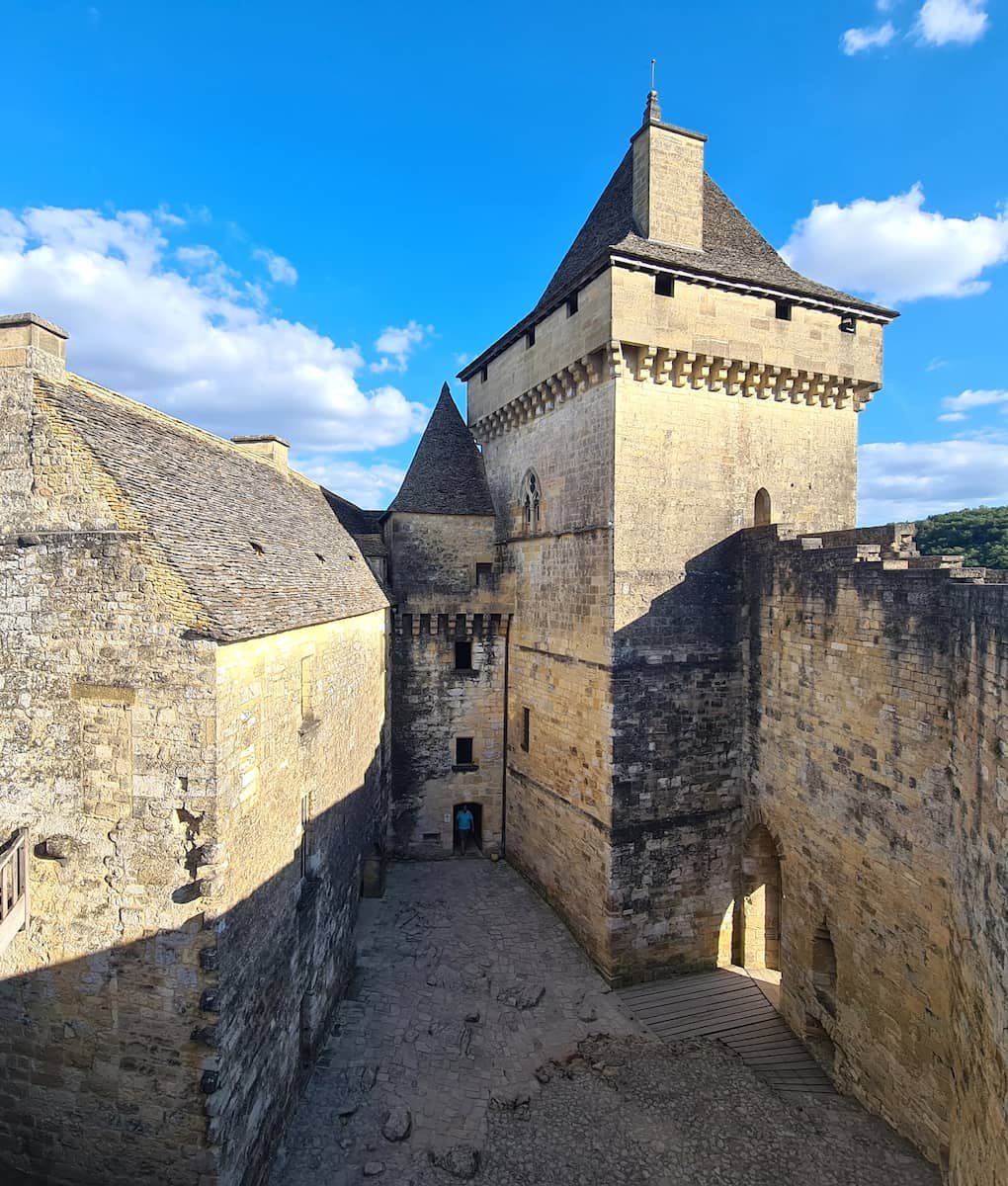
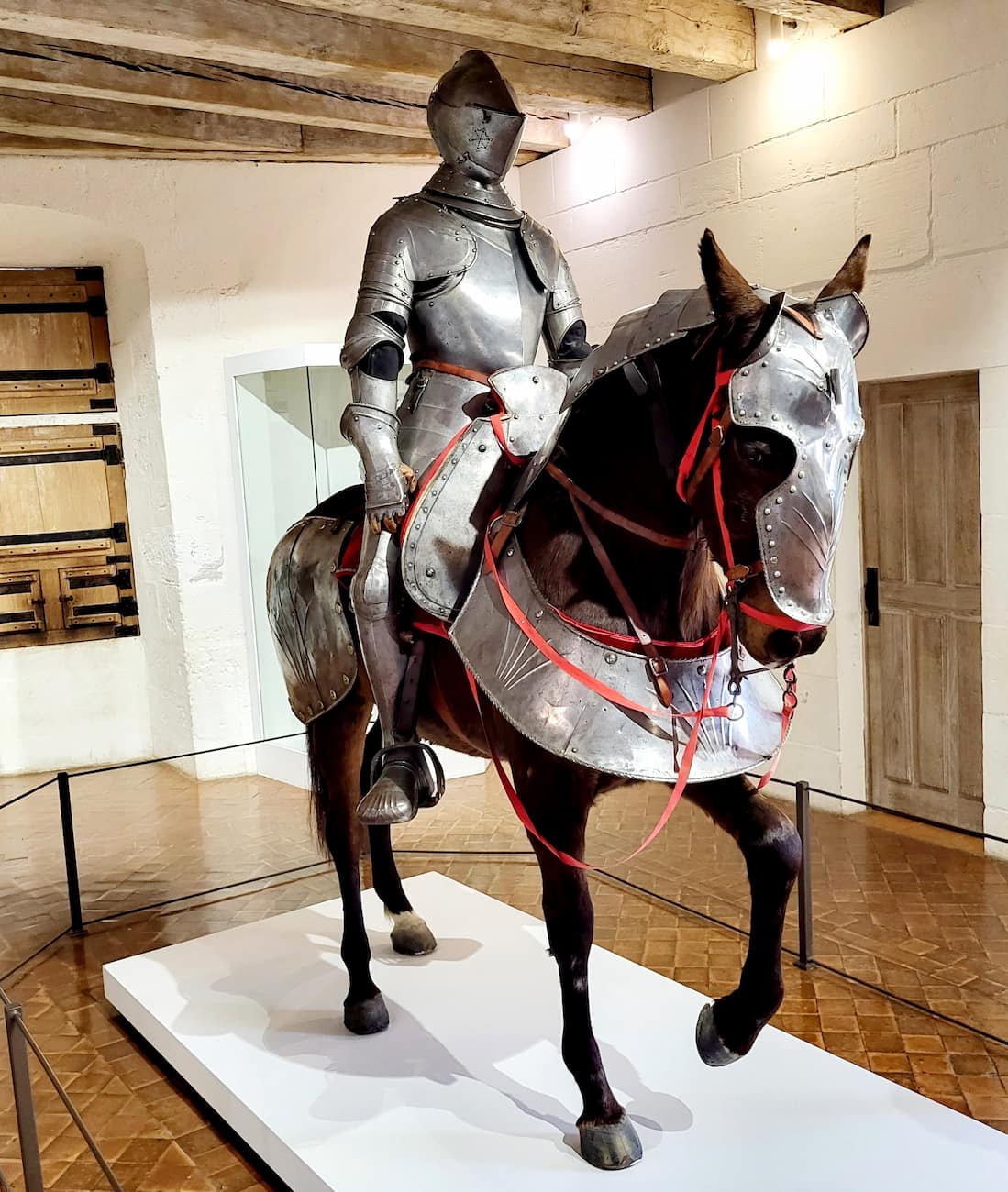
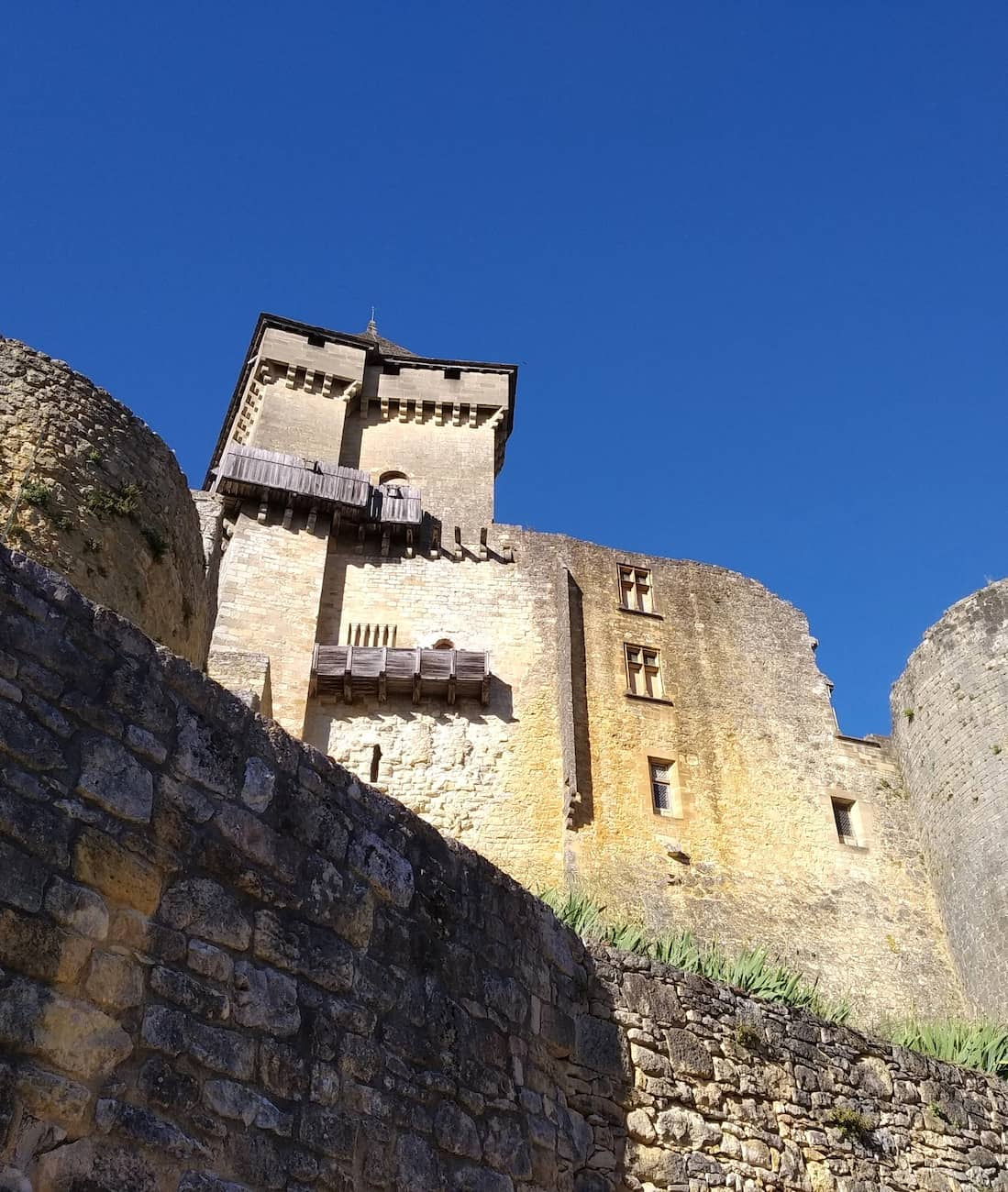
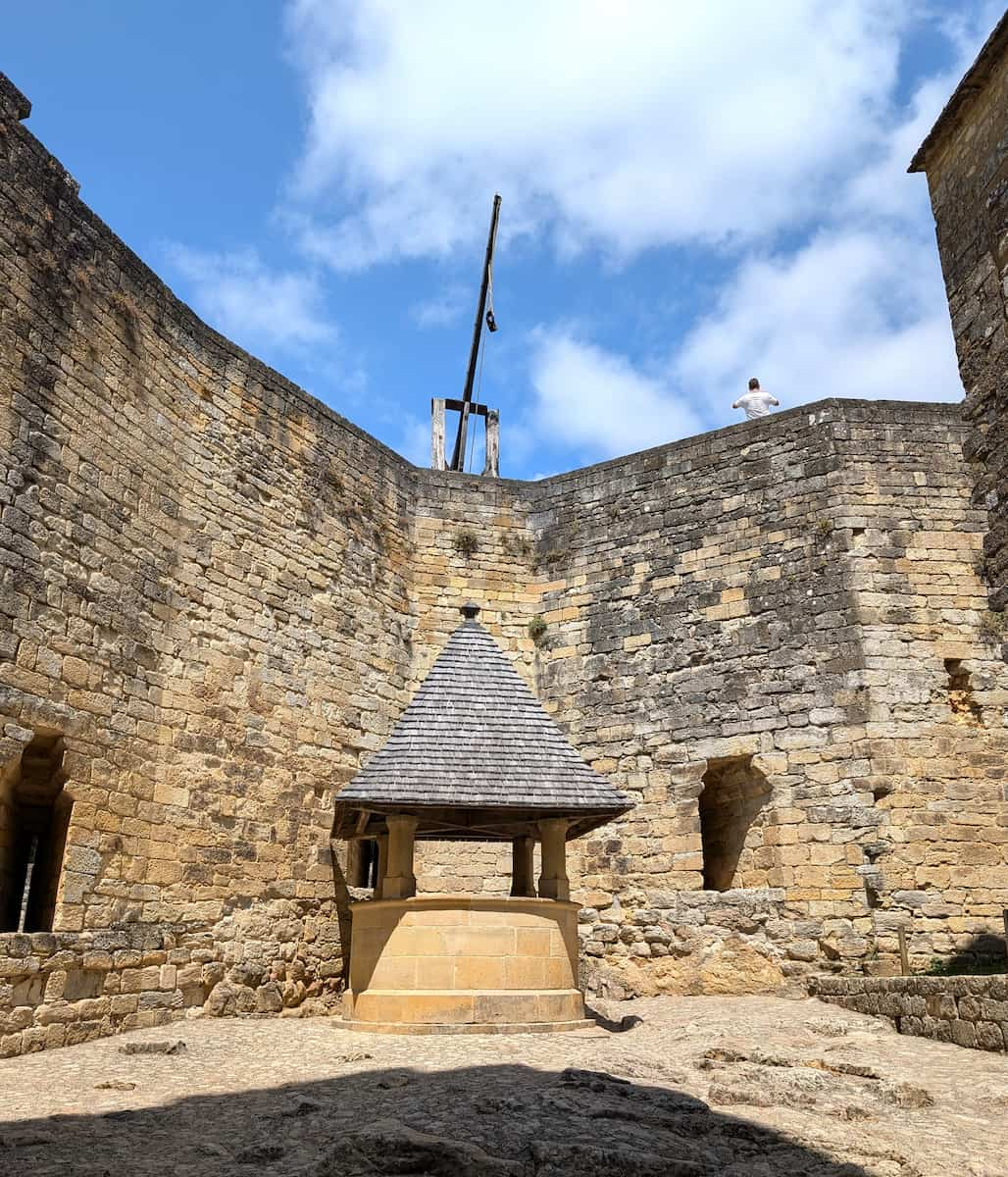
| Demonstration Times | Weapon Type |
|---|---|
| 11:30 AM | Trebuchet |
| 3:00 PM | Mangonel |
| 4:30 PM | Crossbow |
| 5:30 PM | Ballista |
Panoramic terrace. Climbing to the top of the keep rewarded me with breathtaking views of the Dordogne Valley, including Beynac Castle, La Roque-Gageac, and the meandering river below. I recommend timing your visit for late afternoon when the honey-colored stone glows in the sunlight.
- Photography tip: The best exterior shots are from the D57 road between Castelnaud and Beynac
- Accessibility note: The main courtyard and ground floor exhibits are wheelchair accessible
- Hidden gem: Look for the secret passage in the north tower
⭐ Best Activities
- Castles and Gardens of the Dordogne Private Majestic Exploration – Experience the majestic castles and beautiful gardens of the Dordogne region on this private tour.
3. Château des Milandes (Josephine Baker Castle)
Jazz Age glamour. Walking through the elegant rooms of Château des Milandes, I felt the vibrant presence of its most famous owner – the legendary Josephine Baker. This Renaissance castle became her home from 1937 to 1969, where she raised her “Rainbow Tribe” of 12 adopted children from around the world.
Fascinating exhibits. The castle beautifully preserves Baker’s extraordinary life story, from her humble beginnings in St. Louis to becoming a Parisian cabaret sensation and later a French Resistance hero. I was moved by her sequined stage costumes, personal photographs, and Art Deco bathroom with gold fixtures.
| Room | What You’ll See |
|---|---|
| Grand Salon | Art Deco furniture, family photos |
| Master Bedroom | Baker’s original wardrobe, vanity |
| Children’s Rooms | Toys, school items from the Rainbow Tribe |
| Kitchen | 1950s appliances, original copper pots |
| Exhibition Hall | Stage costumes, Folies Bergère memorabilia |
Raptor show. The castle grounds host spectacular birds of prey demonstrations that had me completely mesmerized. I watched falcons, eagles, and vultures soar overhead while trainers explained their hunting techniques and conservation status.
Garden stroll. After touring the castle, I wandered through the French formal gardens with their geometric patterns and fragrant roses. The peaceful setting offers perfect views of the castle’s elegant turrets and Renaissance windows.
Visitor essentials. The château is open February through November, with adult tickets priced at €12.50. The birds of prey show is included in your entrance fee – don’t miss it!
- Best time to visit: Weekday mornings to avoid crowds
- Don’t miss: The moving video documentary about Baker’s civil rights activism
- Nearby: La Roque-Gageac village is just 5 minutes away
4. Lascaux Caves (Lascaux IV)
Masterpieces. Standing before the magnificent bull paintings in Lascaux IV, I felt a profound connection to our ancestors from 17,000 years ago. This incredible replica of the original Lascaux cave (closed since 1963 to prevent damage) recreates every detail of these UNESCO-listed prehistoric artworks.
Technological marvel. The International Centre for Cave Art uses cutting-edge technology to bring prehistory to life. I was blown away by the perfect reproduction of the cave’s atmosphere – the cool temperature, humidity, echoing acoustics, and even the subtle smell of earth.
| Section | What You’ll Experience |
|---|---|
| The Shaft | The mysterious “bird-man” scene |
| Hall of Bulls | Massive aurochs paintings up to 5m long |
| Passageway | Intricate deer swimming across the ceiling |
| Black Cow Chamber | Sophisticated use of natural rock contours |
| Workshop | Interactive exhibits |
Booking essential. Tickets cost €21 for adults and often sell out weeks in advance during summer months. I recommend booking online and arriving 30 minutes before your scheduled tour time.
- Photography note: No photos allowed inside the cave replica
- Language options: Tours available in French, English, Spanish, German, Dutch
- Accessibility: The site is wheelchair accessible with advance notice
⭐ Best Activities
- Tour: Lascaux II Caves Cave Art Full Day Tour – Explore the famous prehistoric cave art at Lascaux II on this comprehensive full-day tour.
- Ticket online: Lascaux IV Self-Guided Tour with Audio Guide – Discover the incredible prehistoric art at Lascaux IV at your own pace with this self-guided tour.
5. Marqueyssac Gardens (Topiary & Candlelight Evenings)
Boxwood wonderland. Perched on a limestone cliff, Marqueyssac’s gardens enchanted me with over 150,000 hand-pruned boxwood bushes creating a rolling sea of green sculptures. This 19th-century romantic garden offers the perfect blend of formal French design and whimsical artistic vision.
Candlelit evenings. My most magical experience was visiting during the Thursday night candlelight events (July-August). Over 2,000 candles illuminated the pathways while musicians performed throughout the gardens, creating an unforgettable atmosphere.
| Garden Section | Highlights |
|---|---|
| Main Terrace | Swirling boxwood patterns, central axis |
| Romantic Walk | Natural woodland, hidden benches |
| Belvedere Path | Panoramic viewpoint, cliff-edge trail |
| Via Ferrata | Secured climbing route (additional fee) |
| Children’s Play Areas | Nature-inspired wooden structures |
Peacock residents. As I rounded a corner near the château, I encountered several magnificent peacocks displaying their iridescent tail feathers. These photogenic residents add an extra touch of elegance to the already stunning surroundings.
Visitor information. Entry costs €11.90 for adults, with candlelight evenings at €19. The gardens are open daily from February through November, with extended summer hours until 11PM on Thursday evenings.
- Best photo spot: The main belvedere viewpoint at sunset
- Hidden feature: Look for the waterfall path on the eastern side
- Refreshment tip: The tea room serves excellent walnut cake with local honey
6. Domme (Bastide Town & Viewpoint)
Stunning terrace. I spent a peaceful hour at the Esplanade de la Barre, mesmerized by the sweeping vista of the Dordogne River winding through the valley below. This viewpoint offers what many locals told me is the most beautiful panorama in the entire region.
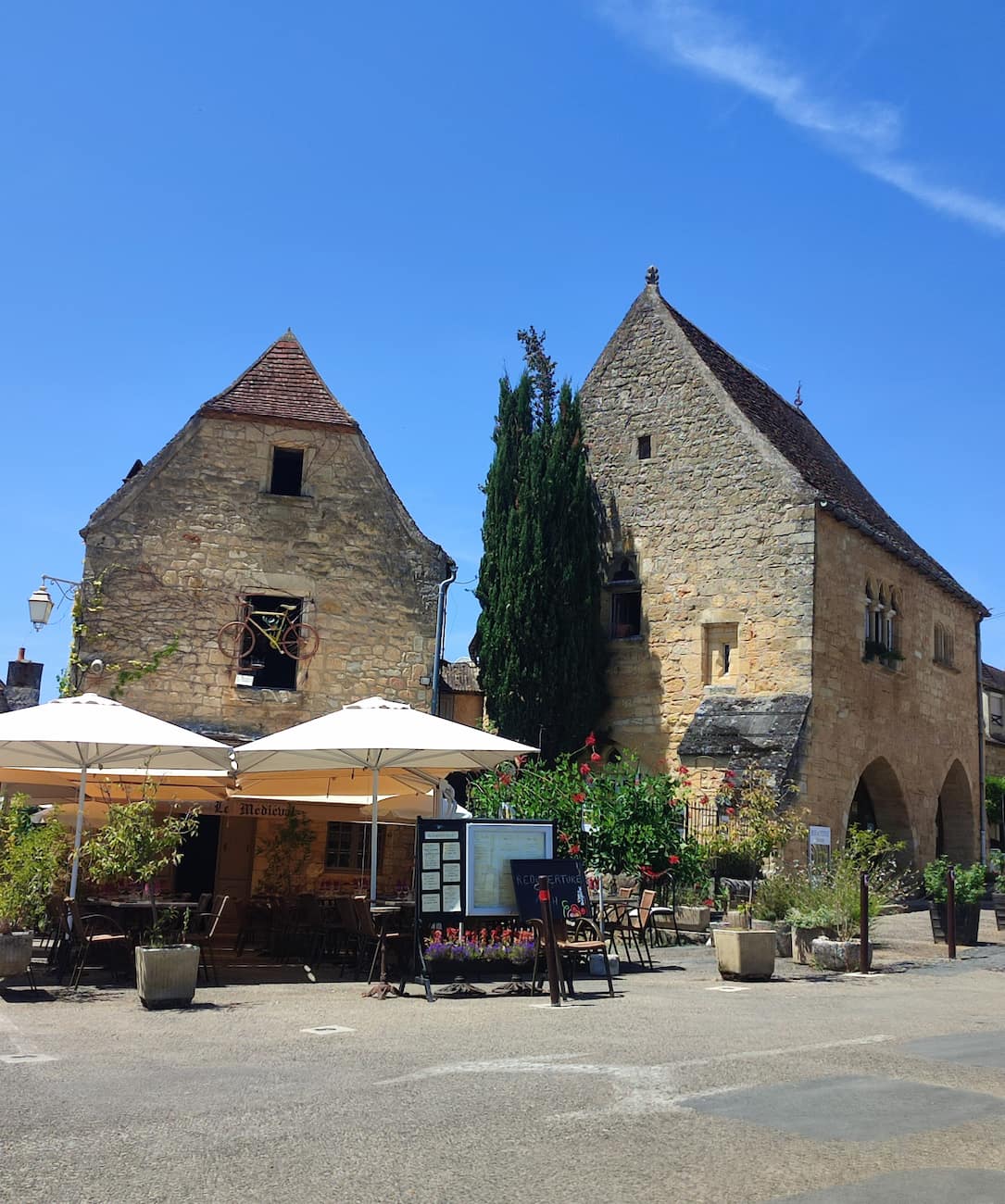
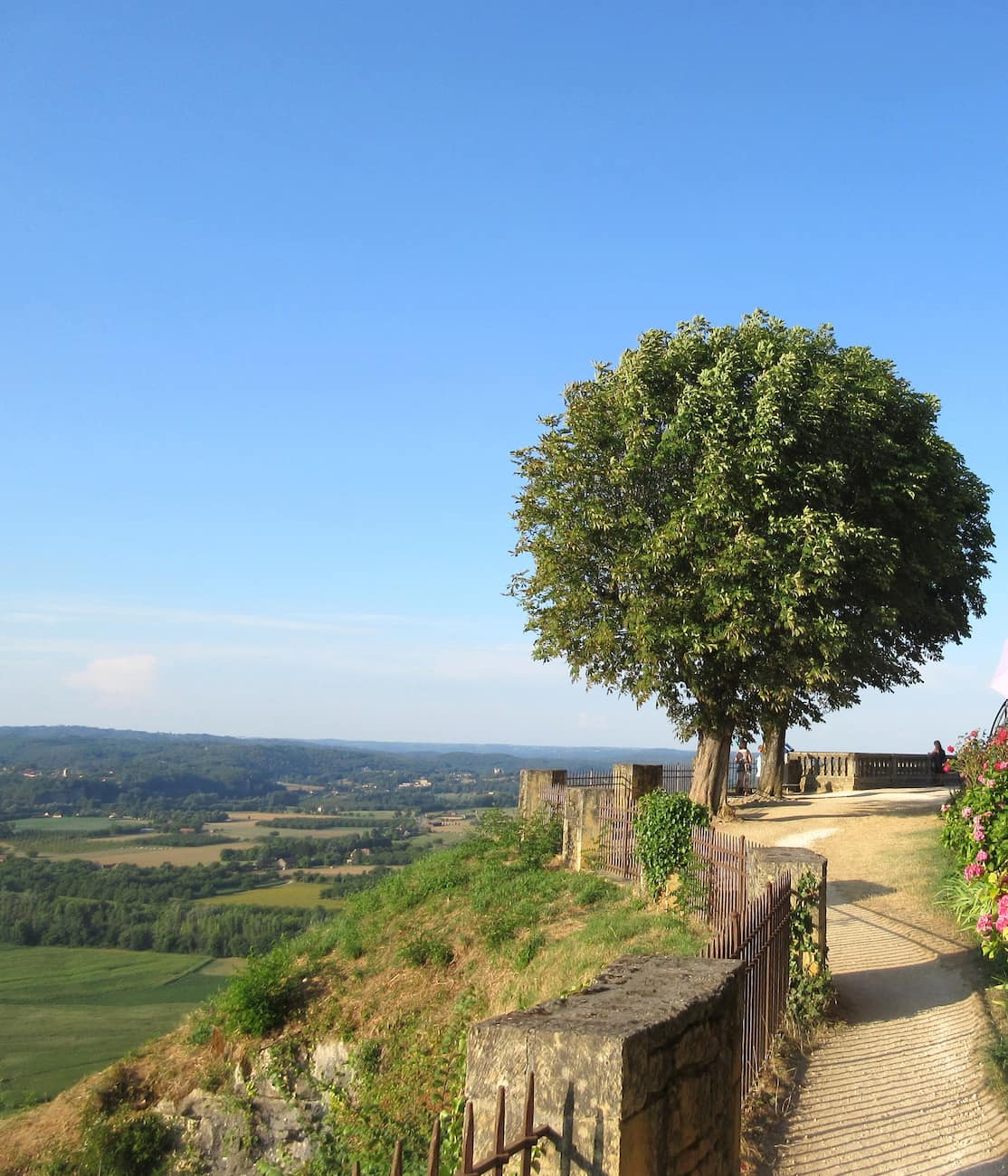
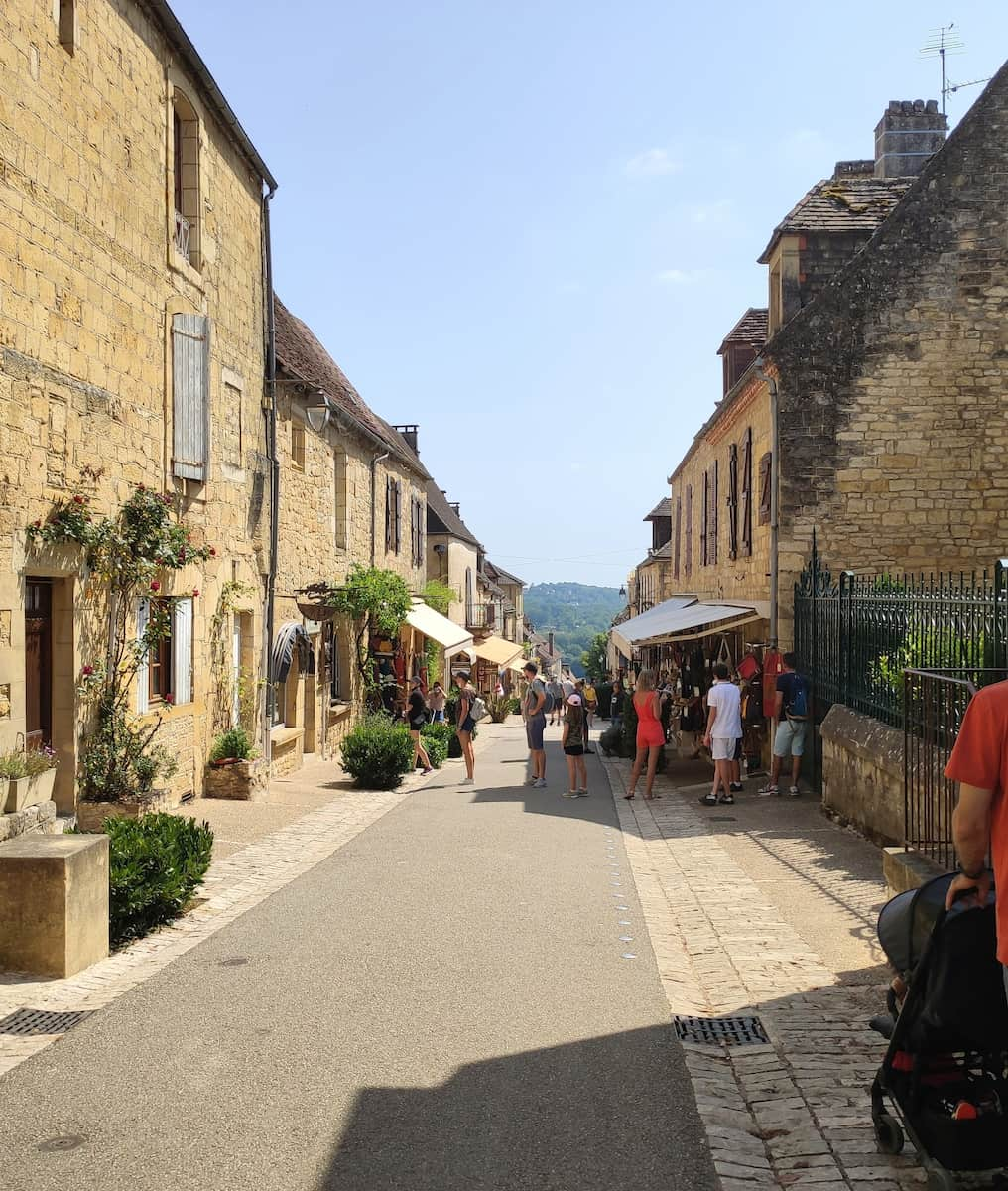
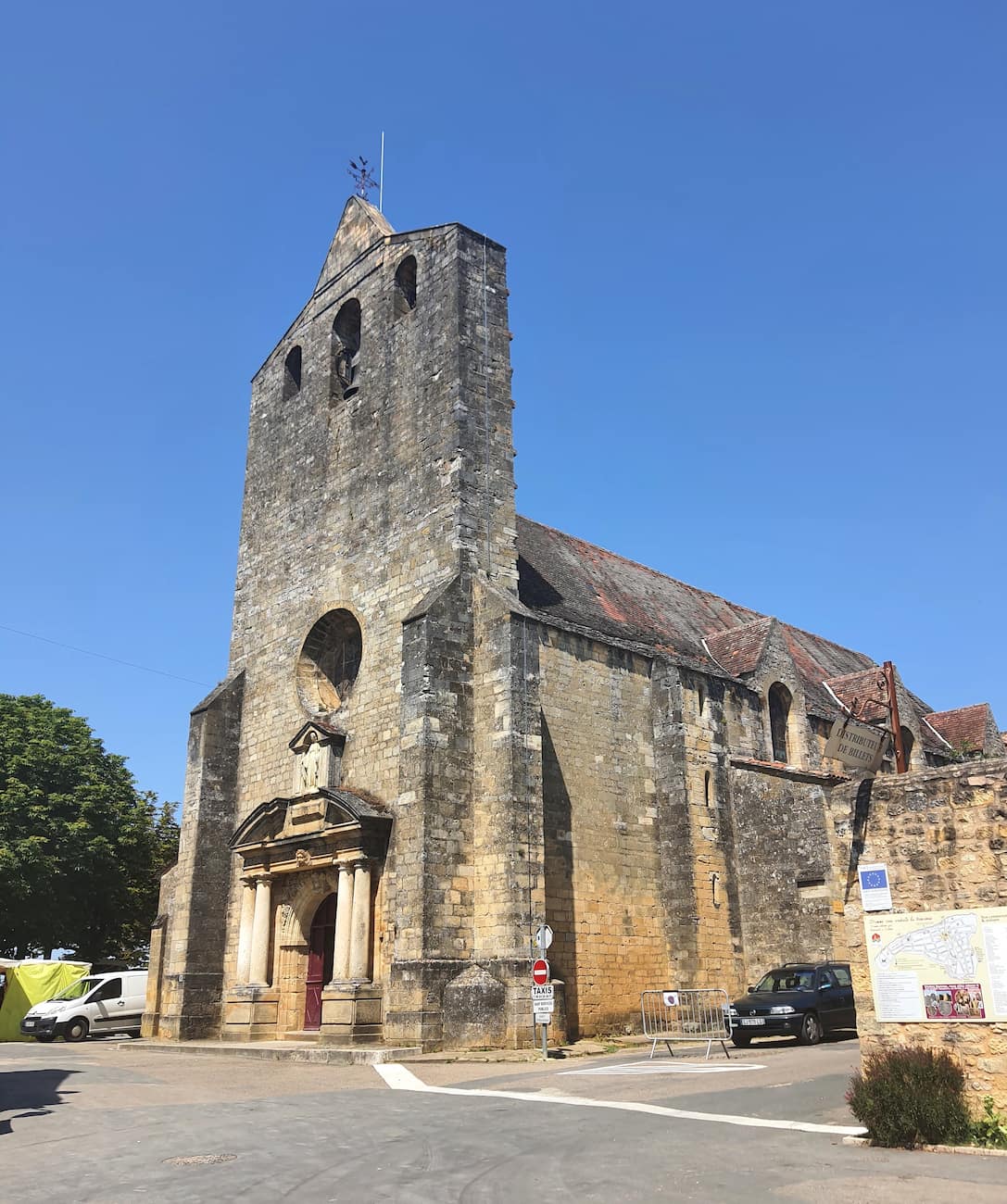
| Must-See Spots in Domme | What Makes Them Special |
|---|---|
| Porte des Tours | Medieval gateway with graffiti from imprisoned Knights Templar |
| Place de la Halle | 17th-century market hall with original timber frame |
| Grotte de Domme | Underground cave system beneath the village |
| La Barre Viewpoint | Views of the Dordogne Valley |
| Maison du Batteur | One of the oldest houses in town (14th century) |
Underground adventure. The most unexpected highlight was exploring the Grotte de Domme, a vast cave system that runs directly beneath the village. I took the glass elevator that descends from the main square into the cavern filled with stunning stalactites and stalagmites.
- Best time to visit: Early morning or late afternoon to avoid tour buses
- Hidden gem: The small public garden behind the church offers quiet seating
- Local specialty: Try the walnut cake at Boulangerie Lagarde on the main square
⭐ Best Tours
- Half-day Tour of The Villages of the Dordogne – Visit the charming villages of the Dordogne region on this half-day guided tour.
- From Sarlat: Beynac & Domme Tour with Dordogne Boat Ride – Combine village exploration with a scenic boat ride on the Dordogne River on this comprehensive tour.
7. Prehistoric Sites (Font-de-Gaume, Rouffignac)
Authentic cave art. Unlike Lascaux, Font-de-Gaume offers the rare opportunity to see genuine prehistoric paintings dating back 14,000 years. I felt privileged to stand in the actual cave where Cro-Magnon artists created delicate polychrome bison, horses, and mammoths using the natural contours of the rock.
Limited access. Only 78 visitors per day are allowed into Font-de-Gaume to preserve the fragile artwork, making this an exclusive experience. I lined up at 9:30AM to secure same-day tickets, but advance booking is strongly recommended during peak season.
| Cave Comparison | Font-de-Gaume | Rouffignac |
|---|---|---|
| Age of Artwork | 14,000-17,000 years | 13,000 years |
| Main Features | Polychrome paintings | Mammoth engravings |
| Tour Method | Walking tour | Electric train |
| Daily Visitors | 78 | 550 |
| Tour Length | 1 hour | 1 hour |
| Price | €10 | €9.90 |
Underground train. At Rouffignac Cave, I boarded an electric train that transported me a kilometer into the hillside to view over 250 prehistoric animal drawings. The highlight was the “Great Ceiling” covered with 65 animal figures, primarily woolly mammoths.
Expert guides. Both caves offer guided tours only, and I found the passionate explanations from the archaeologically-trained guides absolutely fascinating. They pointed out details I would have missed, like how artists used natural bumps in the rock to create three-dimensional effects.
Photography restrictions. No photography is allowed inside either cave to protect the artwork. Instead, I purchased detailed guidebooks from the gift shops to remember these extraordinary sites.
- Font-de-Gaume tip: English tours at 11:30AM and 2PM
- Rouffignac note: Closed from November to March
- Nearby: Les Eyzies “Capital of Prehistory” museum complements these cave visits
⭐ Best Activities
- LASCAUX II and The Art of the Caves – Discover the fascinating cave art at Lascaux II on this guided tour.
8. Brantôme (Venice of the Périgord)
Island charm. Often called the “Venice of the Périgord,” Brantôme enchanted me with its unique setting on an island embraced by the Dronne River. I spent a delightful day exploring this picturesque town with its elegant stone bridges and waterside restaurants.
Riverside stroll. The peaceful path along the Dronne River offered me stunning views of the town’s Renaissance mansions and medieval bridges. I particularly enjoyed watching the resident swans glide beneath the five-arched Pont Coudé while water wheels turned lazily in the current.
| Brantôme Activities | Duration | Price |
|---|---|---|
| Abbey & Cave Tour | 1 hour | €7.50 |
| Electric Boat Rental | 1 hour | €35 |
| Canoe Trip | 2 hours | €20 |
| Guided Town Walk | 1.5 hours | €8 |
| Friday Market | Morning | Free |
Gastronomic delights. Brantôme proved to be a food lover’s paradise. I treated myself to lunch at Le Moulin de l’Abbaye, where my table overlooked the river and the menu featured local specialties like duck confit and walnut soufflé.
Getting around. The town is compact enough to explore on foot, but I recommend renting an electric boat (no license needed) for a unique perspective from the water. The tourist office offers excellent free maps for self-guided tours.
- Market day: Friday mornings along the riverbank
- Photo spot: The view from Pont Coudé looking toward the abbey
- Local specialty: Tourte de Brantôme (puff pastry filled with meat and mushrooms)
9. Wine Tasting in Bergerac/Monbazillac
Vineyard paradise. Just an hour from the Dordogne Valley’s castles, I discovered Bergerac’s exceptional wine country. Less famous than neighboring Bordeaux, these vineyards offer outstanding wines at surprisingly reasonable prices, with a winemaking tradition dating back to Roman times.
Monbazillac marvel. My favorite experience was visiting Château de Monbazillac, a stunning Renaissance castle surrounded by vineyards producing sweet white wines. The tasting room offered generous pours of their honeyed nectar that pairs perfectly with the region’s foie gras.
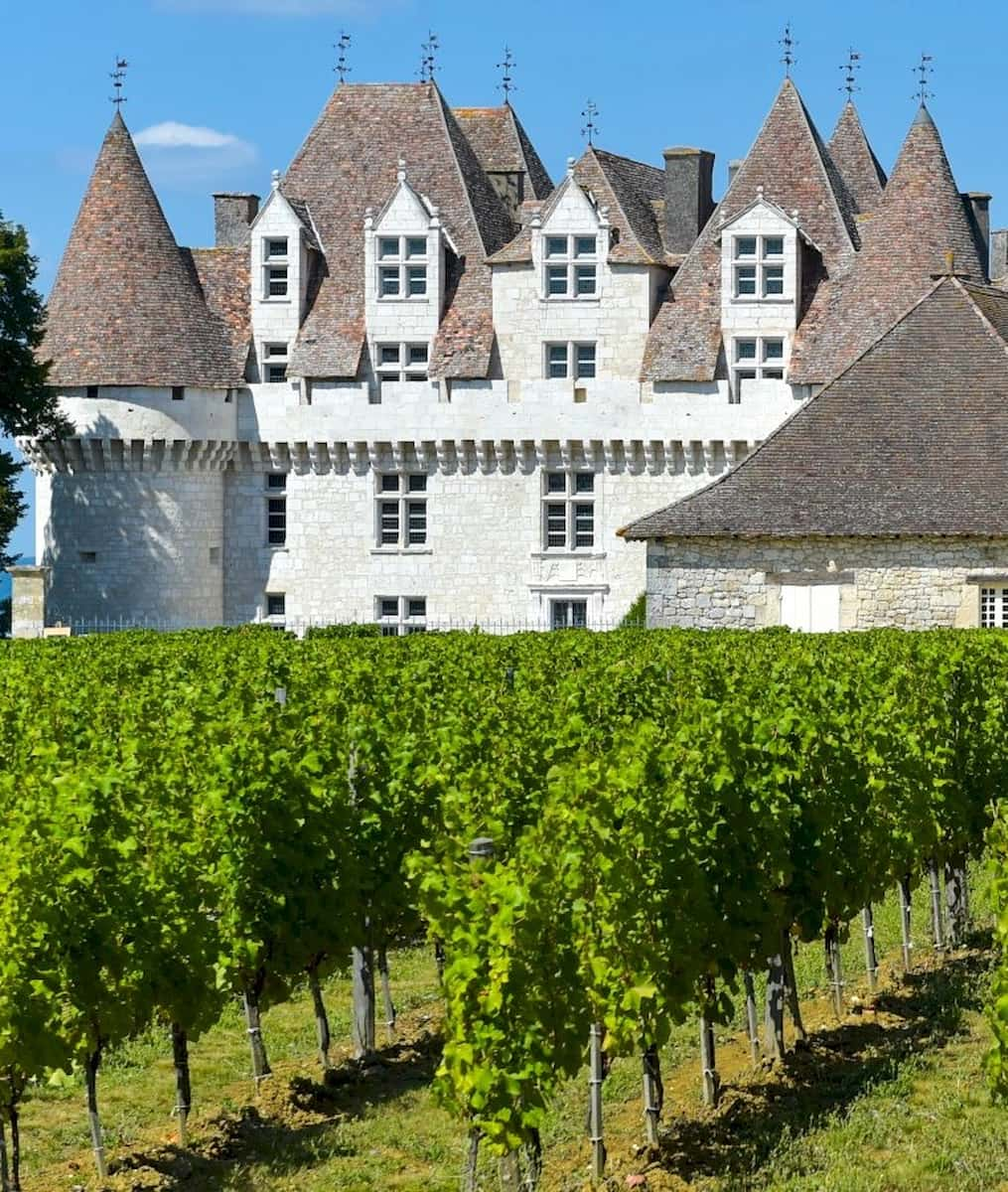
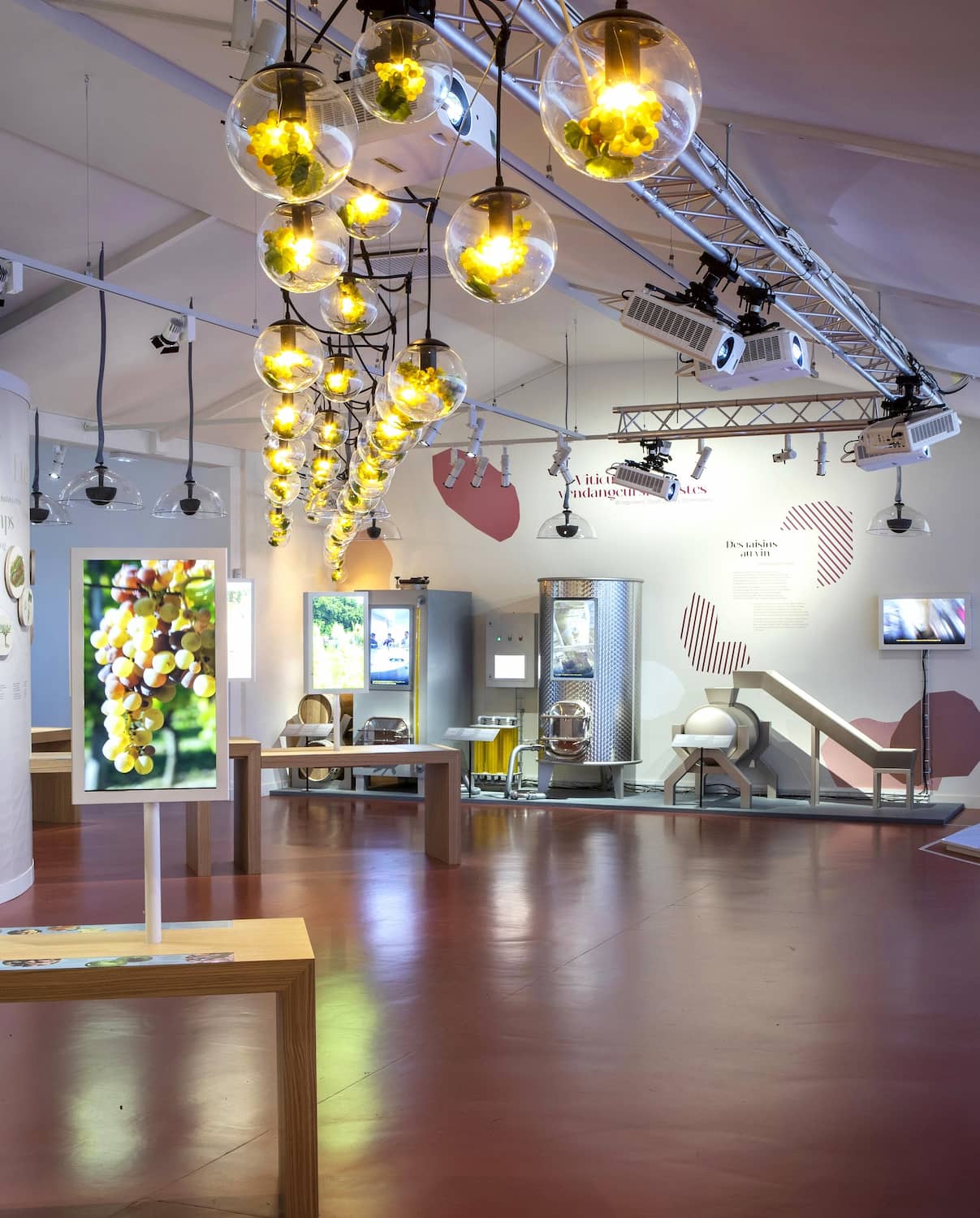
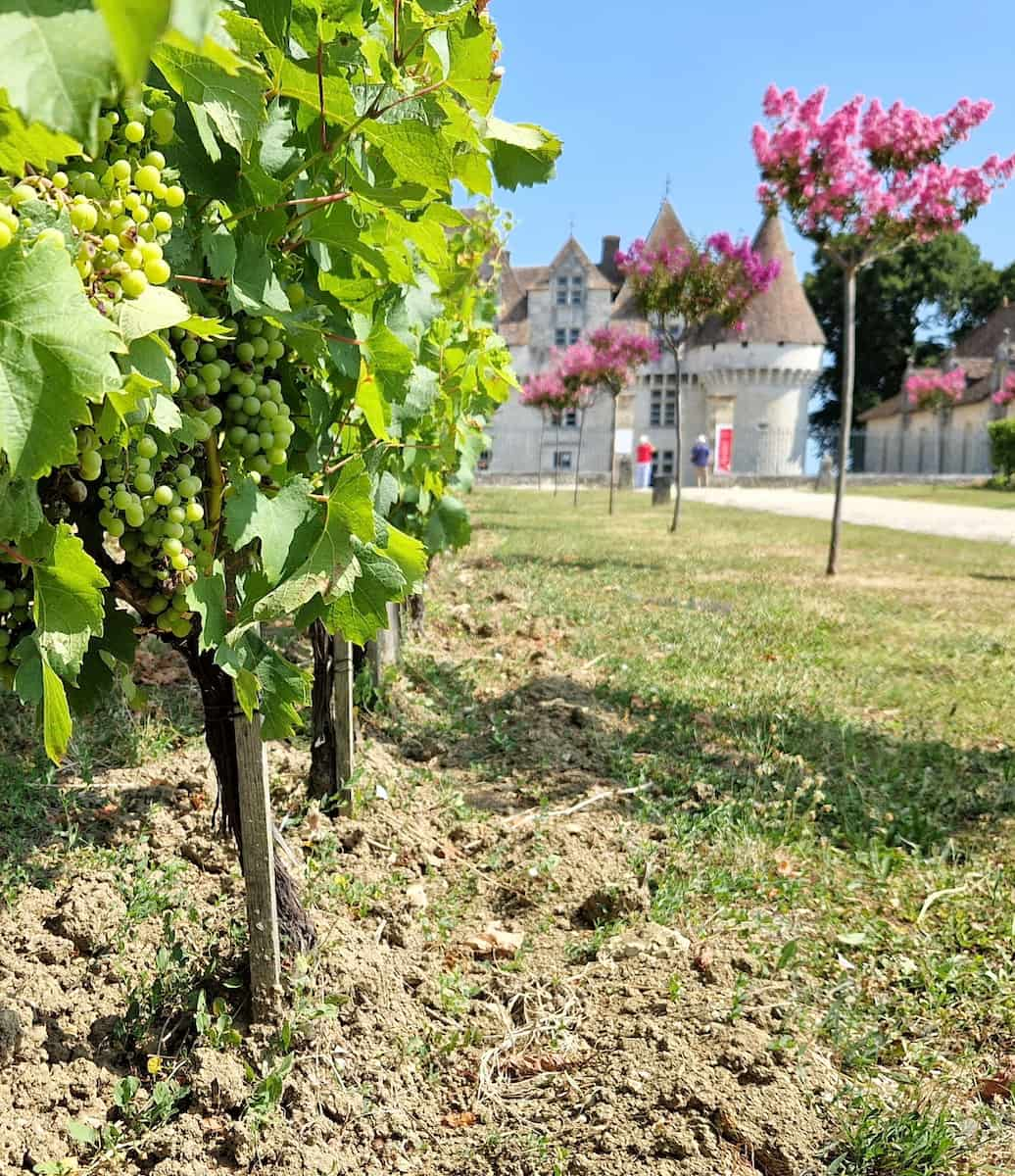
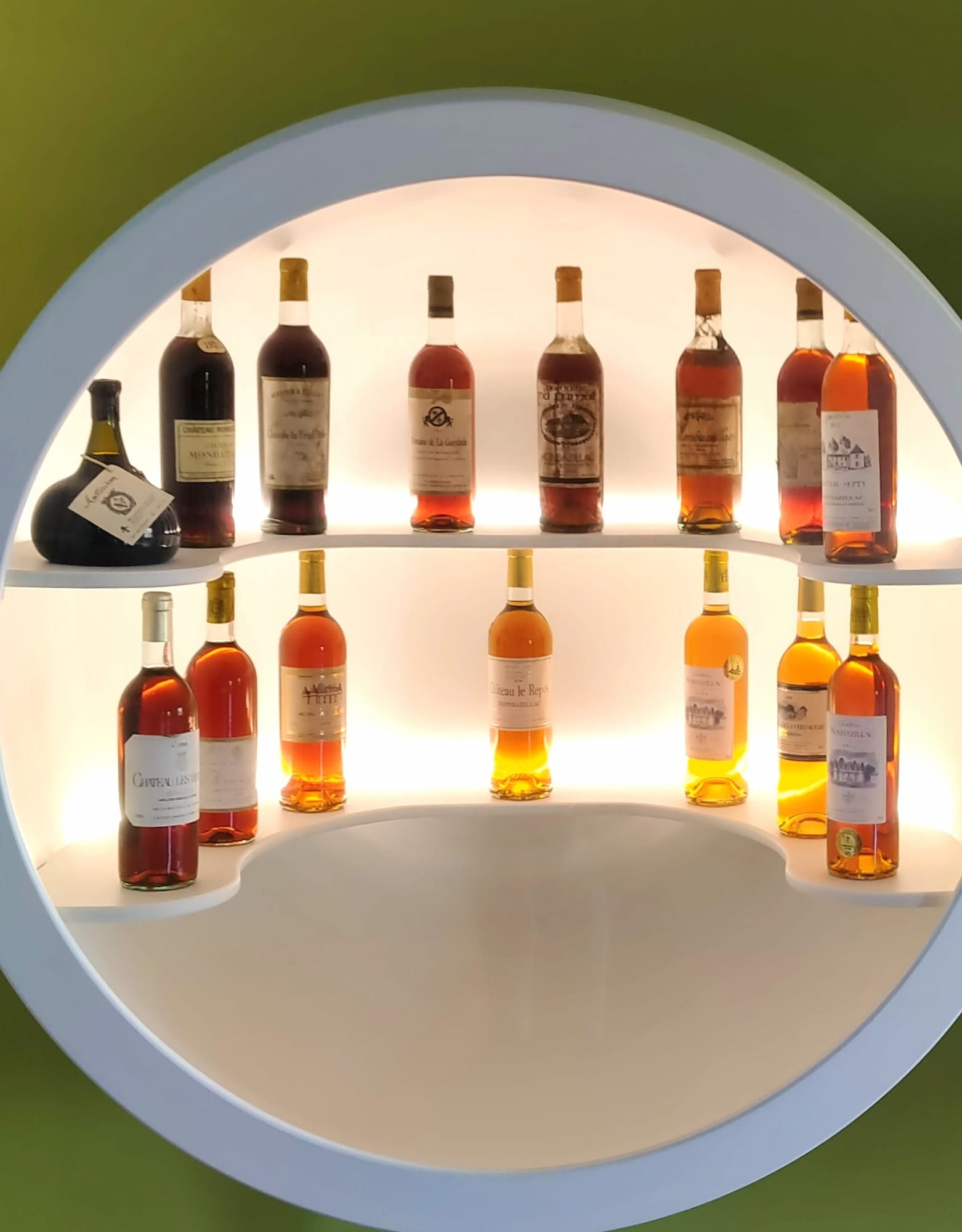
| Bergerac Wine Appellations | Wine Style | Notable Producers |
|---|---|---|
| Monbazillac | Sweet white | Château de Monbazillac, Château Tirecul |
| Pécharmant | Full-bodied red | Château de Tiregand, Domaine de Barbe |
| Rosette | Off-dry white | Château Moulin Caresse, Clos d’Yvigne |
| Bergerac Sec | Crisp white | Château Tour des Gendres, Château Laulerie |
| Côtes de Bergerac | Fruity red | Château Bélingard, Domaine de Perreau |
Small producer charm. Moving beyond the famous estates, I ventured to family-run Domaine de Pécoula where the winemaker himself poured tastings of his organic wines. The personal stories and passion behind each bottle made this experience especially memorable.
Wine route adventure. I followed the well-marked Route des Vins, stopping at picturesque villages like Issigeac and Eymet between tastings. Many châteaux welcome visitors without appointments, though calling ahead ensures the best experience at smaller producers.
- Best season: September harvest time for vineyard activities
- Transportation: Consider hiring a driver or joining a tour if tasting extensively
- Local pairing: Buy walnut oil from roadside stands to complement your wine purchases
10. Maison Forte de Reignac (Troglodyte House)
Cliff-face marvel. Unlike any castle I’ve visited, Maison Forte de Reignac is built directly into a limestone cliff, combining a Renaissance façade with cave dwellings that extend deep into the rock. This architectural oddity fascinated me with its ingenious use of natural features.
Controversial exhibition. One section houses a sobering display on torture methods throughout history. While educational, it’s quite graphic and not suitable for young children or sensitive visitors.
| Room | Features |
|---|---|
| Great Hall | Renaissance fireplace, period furniture |
| Lord’s Bedroom | Original 15th-century four-poster bed |
| Kitchen | Enormous hearth, copper cookware |
| Chapel | Rock-cut altar, religious artifacts |
| Secret Room | Hidden escape route through the cliff |
Visitor information. Open daily from February to November, with entry costing €9.50 for adults. The self-guided tour takes about an hour, with informative panels in English and French.
- Photography note: No photos allowed inside the château
- Access tip: Some rooms require ducking through low doorways
11. Grotte de Proumeyssac (Crystal Cathedral)
Underground wonder. Descending into the Grotte de Proumeyssac, I was awestruck by the enormous dome-shaped cavern filled with spectacular crystal formations. Known as the “Crystal Cathedral,” this is the largest developed cave in Périgord and absolutely worth a detour.
Dramatic entrance. I chose the traditional staircase entry, but thrill-seekers can opt to be lowered into the cave by basket, recreating how the first explorers entered in 1907. Watching others swing gently down through the natural skylight was almost as fun as the cave itself.
| Entry Options | Price | Experience |
|---|---|---|
| Standard Entry | €11.50 | Staircase access, guided tour |
| Basket Descent | €16.50 | Lowered by cable into the cave |
| VIP Tour | €75 | Private guide, extended visit |
| Sound & Light Show | +€3 | Enhanced experience with music |
Crystal formations. The 45-minute guided tour took me past stunning stalactites, stalagmites, and flowstone formations that have formed over millennia. The highlight was the “Medusa,” an enormous chandelier-like structure hanging from the 50-meter-high ceiling.
Sound and light show. I recommend paying the small extra fee for the enhanced experience that includes a beautiful sound and light presentation. Colored lights dramatically illuminate the formations while classical music plays, creating a magical atmosphere.
Details. The cave maintains a constant 14°C temperature year-round, so I was glad I brought a light jacket even on a hot summer day. Tours run every 20-30 minutes in multiple languages during peak season.
- Best time to visit: First thing in the morning to avoid crowds
- Photography: Allowed without flash
- Accessibility: Not suitable for wheelchairs or those with mobility issues
12. Eyrignac Gardens
Topiary perfection. Just north of Sarlat, I discovered Eyrignac’s magnificent gardens showcasing the art of topiary at its finest. Unlike Marqueyssac’s flowing forms, Eyrignac features precise geometric shapes – spirals, cones, spheres, and peacocks – all meticulously trimmed from yew, box, and hornbeam.
Year-round beauty. What impressed me most about Eyrignac was its evergreen design that remains stunning in all seasons. Even in winter, the garden’s architectural structure provides a striking display when most gardens have little to offer.
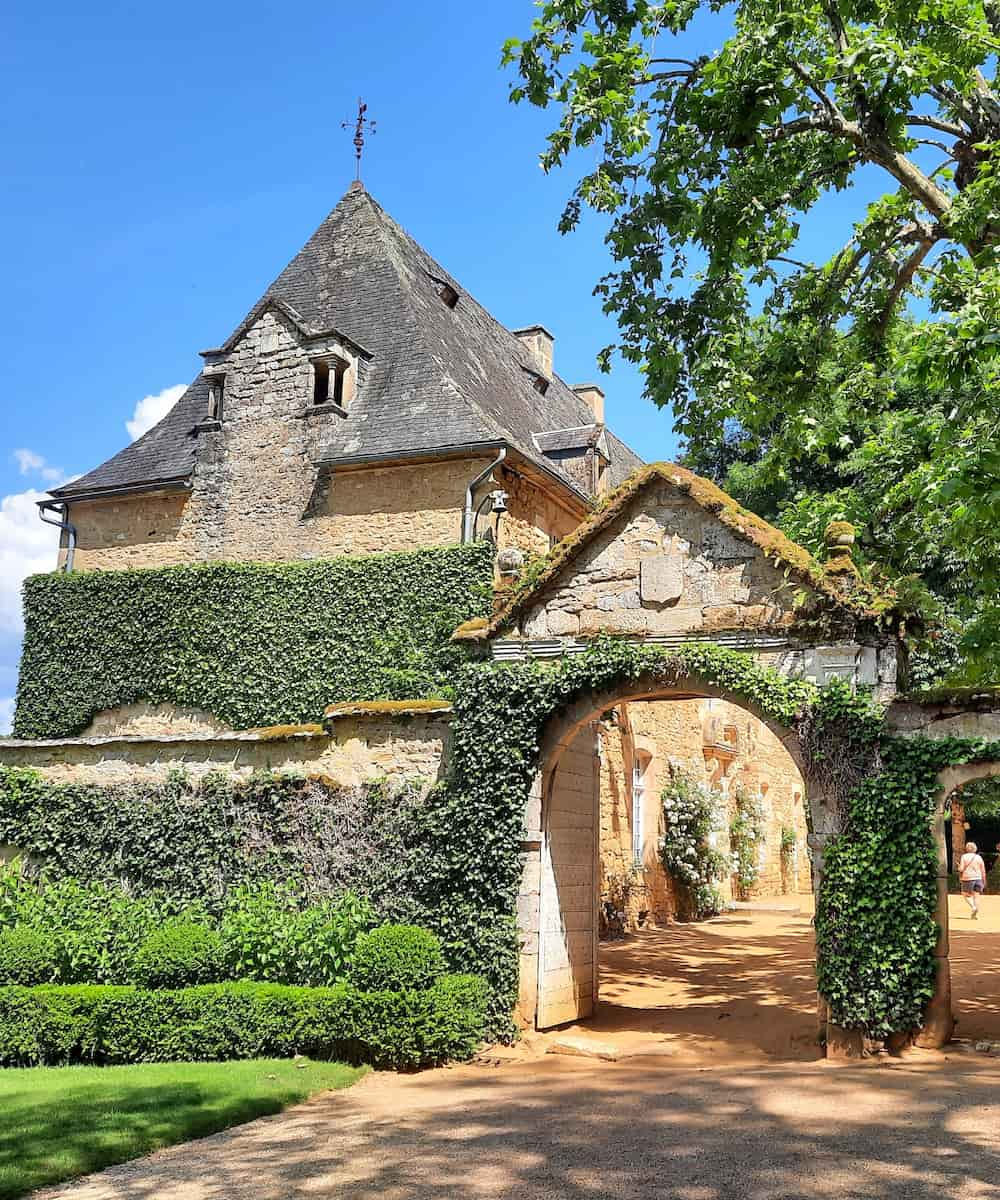
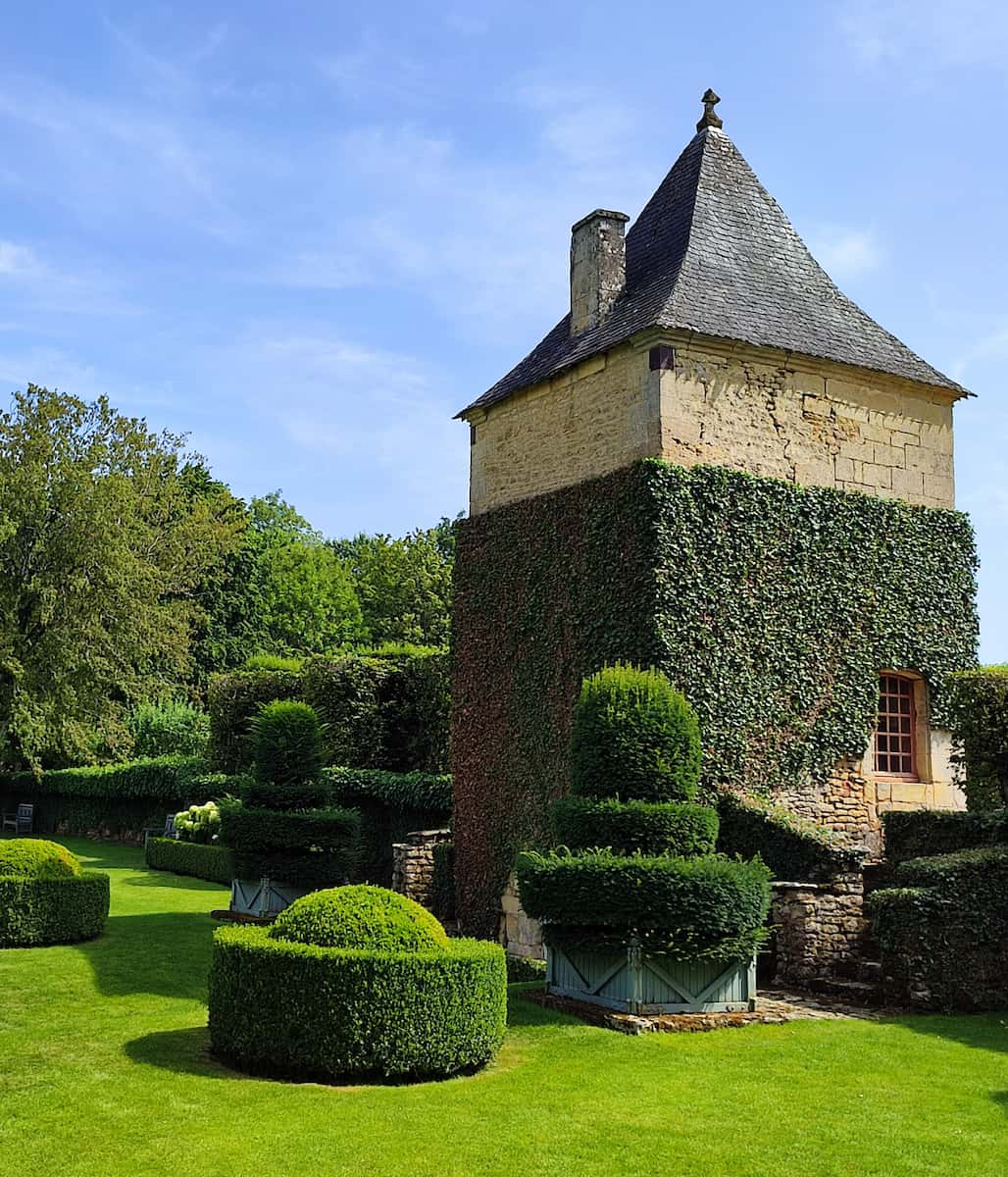
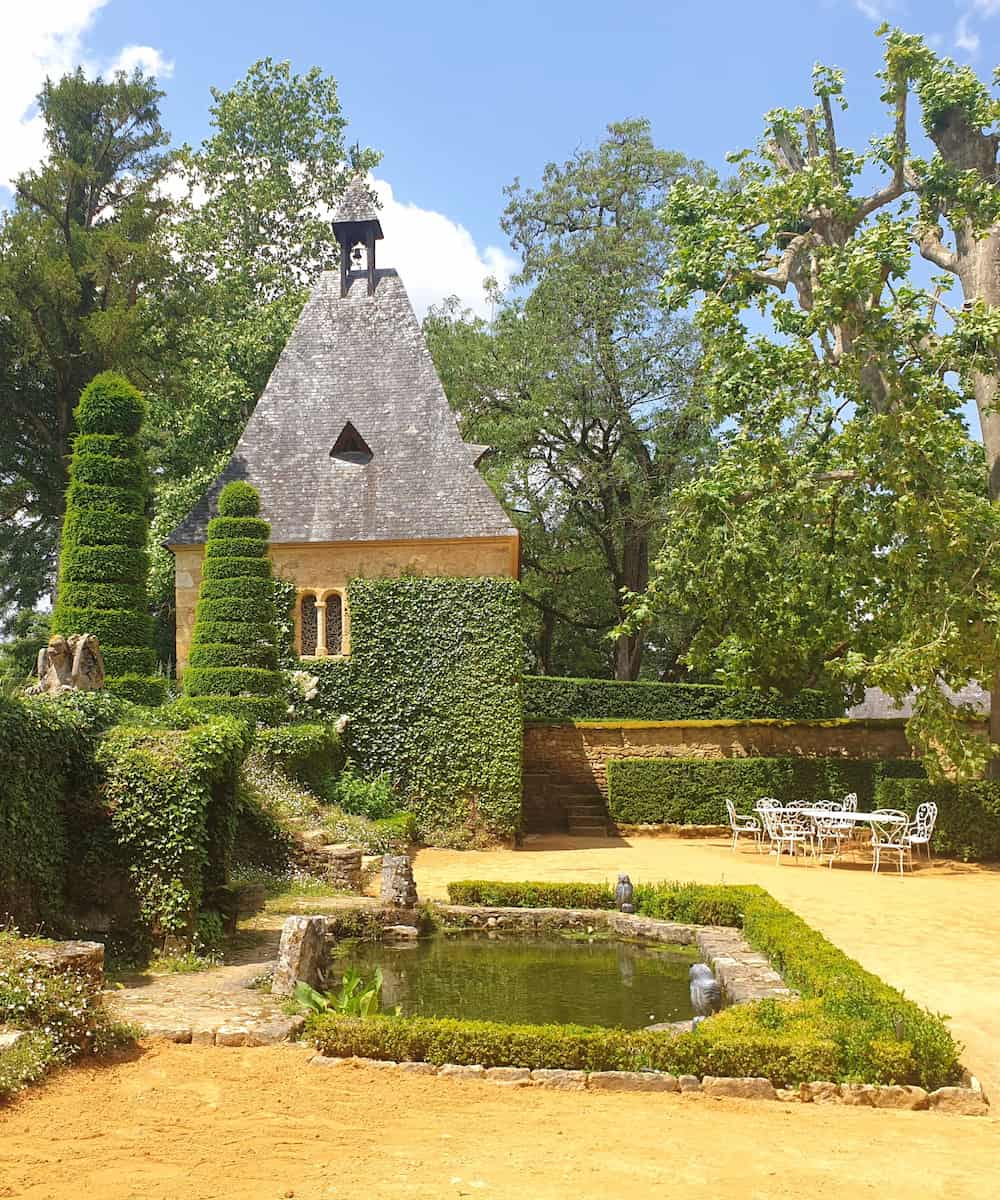
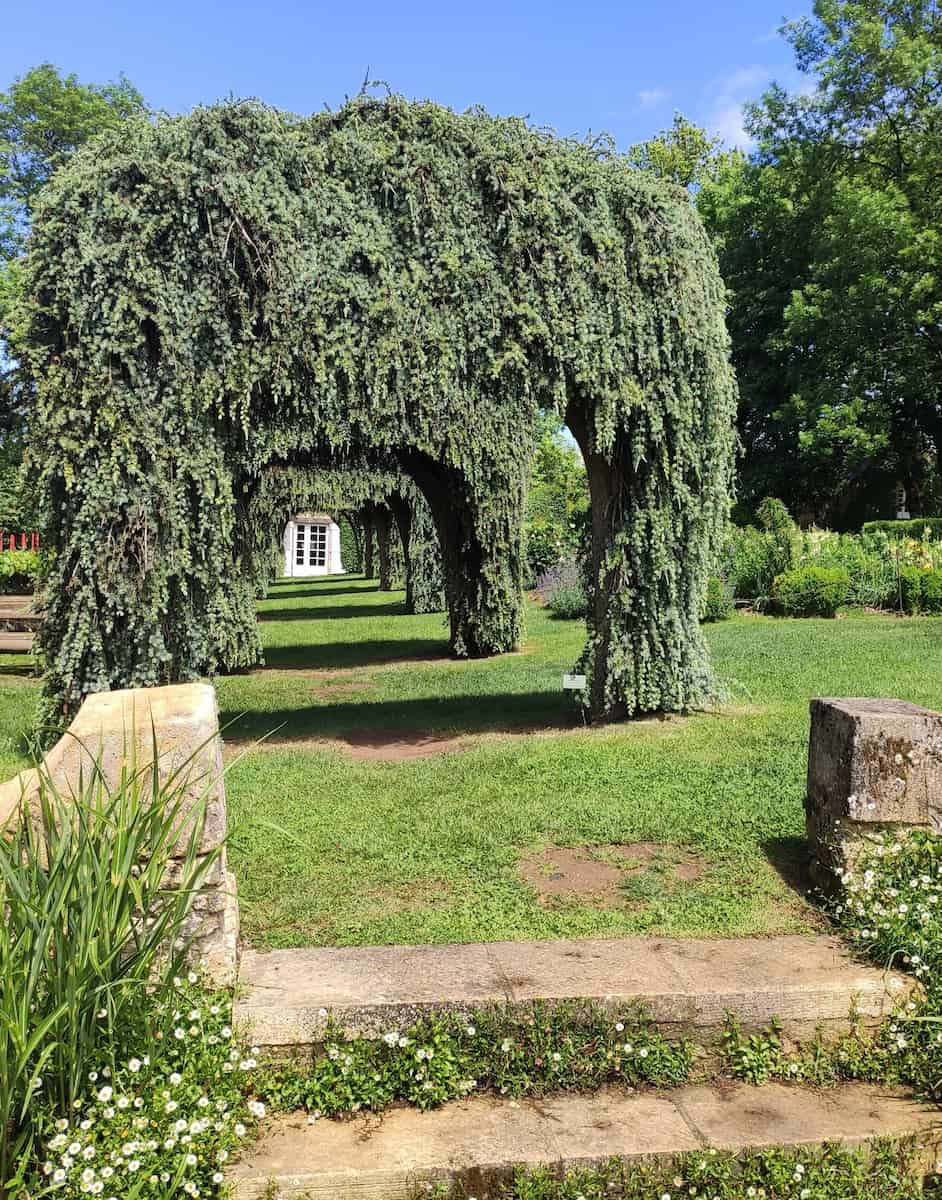
| Garden Areas | Highlights |
|---|---|
| White Garden | All-white flowers, silver foliage plants |
| French Garden | Geometric parterres, reflecting pool |
| Chinese Pagoda | Oriental-inspired pavilion |
| Manor Garden | Intimate space near the house |
| Kitchen Garden | Ornamental vegetables, fruit trees |
Family heritage. The current owner, Patrick Sermadiras, gave a fascinating talk about his family’s 500-year connection to the estate. I learned that 80,000 plants are trimmed entirely by hand, requiring seven full-time gardeners who collectively spend 300 days per year on pruning alone.
Special events. I timed my visit for “White Picnic Monday” (July-August), when visitors dress in white and dine among the gardens. The magical atmosphere of candlelight, live music, and the setting sun on the white garden was unforgettable.
Visitor essentials. Open daily year-round, with adult tickets at €13.50. Allow at least two hours to fully appreciate all seven gardens and the woodland walk.
- Photography tip: Early morning light brings out the texture of the topiary
- Seasonal highlight: White Garden blooms most impressively in July
- Refreshment note: The garden café serves excellent homemade ice cream
⭐ Best Activities
- Sarlat-la-Canéda Activities and Tours – Browse a variety of activities and tours available in the beautiful medieval town of Sarlat-la-Canéda.
13. Hiking in Auvézère Gorges
Hidden treasure. Away from the Dordogne’s tourist hotspots, I discovered the wild beauty of the Auvézère Gorges. This lesser-known area offered me peaceful hiking trails through dramatic limestone canyons, dense forests, and past tumbling waterfalls.
Spectacular waterfalls. The highlight of my trek was the impressive Grand Saut waterfall, where the Auvézère River plunges 13 meters into a rocky pool. I visited after heavy spring rains when the falls were at their most powerful, creating a thunderous roar that echoed through the gorge.
| Trail Name | Distance | Difficulty | Highlights |
|---|---|---|---|
| Gorges Loop | 7 km | Moderate | Grand Saut waterfall, river views |
| Moulin de Faye | 4 km | Easy | Historic watermill, gentle terrain |
| Forêt de Born | 12 km | Challenging | Ancient forest, wildlife spotting |
| Génis Circuit | 9 km | Moderate | Village views, limestone cliffs |
| Tourtoirac Path | 5 km | Easy | Cave access, riverside walking |
Ancient mills. Along the river, I encountered several picturesque water mills that once harnessed the Auvézère’s power. The restored Moulin de Faye still demonstrates traditional flour milling techniques during summer months (entry €5).
Wildlife encounters. Hiking quietly through the gorge’s forests, I spotted red squirrels, kingfishers, and even a family of wild boar crossing a distant clearing. The area is also known for its diverse butterfly population – I counted at least a dozen different species on my summer visit.
Information. The best starting point is the village of Génis, where the tourist office provides free trail maps. Wear sturdy shoes as some paths can be slippery, especially after rain.
- Best season: Spring for wildflowers and waterfalls, autumn for colors
- Picnic spot: The meadow near Moulin de Faye has perfect riverside tables
- Hidden gem: The natural swimming hole at Pont de Cubjac (locals only!)
14. Château de Commarque
Hidden valley fortress. Tucked away in a secluded valley, Château de Commarque captivated me with its wild, romantic atmosphere. Unlike the perfectly restored castles along the Dordogne, this partially ruined fortress offers a more authentic glimpse into medieval life.
Climbing adventure. The restored keep invited me to climb its narrow spiral staircase for breathtaking views across the wooded valley. Standing on the battlements, I could easily imagine knights preparing for battle in the courtyard below.
| Historical Layers | Features |
|---|---|
| Prehistoric | Cave paintings, flint tools |
| Gallo-Roman | Foundation stones, artifacts |
| Medieval | Keep, defensive walls, chapel |
| Renaissance | Noble residences, graffiti |
| Modern | Archaeological excavations |
Visitor information. Open April through November, with adult tickets costing €8.50. The 2km forest access road is unpaved but manageable in a standard car – the remote location keeps crowds away, which I found refreshing.
- Time needed: Allow at least 2 hours to explore thoroughly
- Footwear: Wear sturdy shoes for uneven terrain
- Nearby: Combine with La Roque Saint-Christophe for a full day of exploration
15. La Roque St. Christophe
Vertical village. Stretching for a kilometer along a limestone cliff face, La Roque Saint-Christophe astonished me with its scale and ingenuity. This natural rock shelter has been continuously inhabited for 55,000 years, with medieval builders creating an entire town 80 meters above the Vézère River.
Daily life exhibits. Fascinating recreations showed how medieval inhabitants lived in this unusual vertical town. I saw reconstructed homes, workshops, storage areas, and even a bakery – all utilizing the natural rock formations and adding wooden structures where needed.
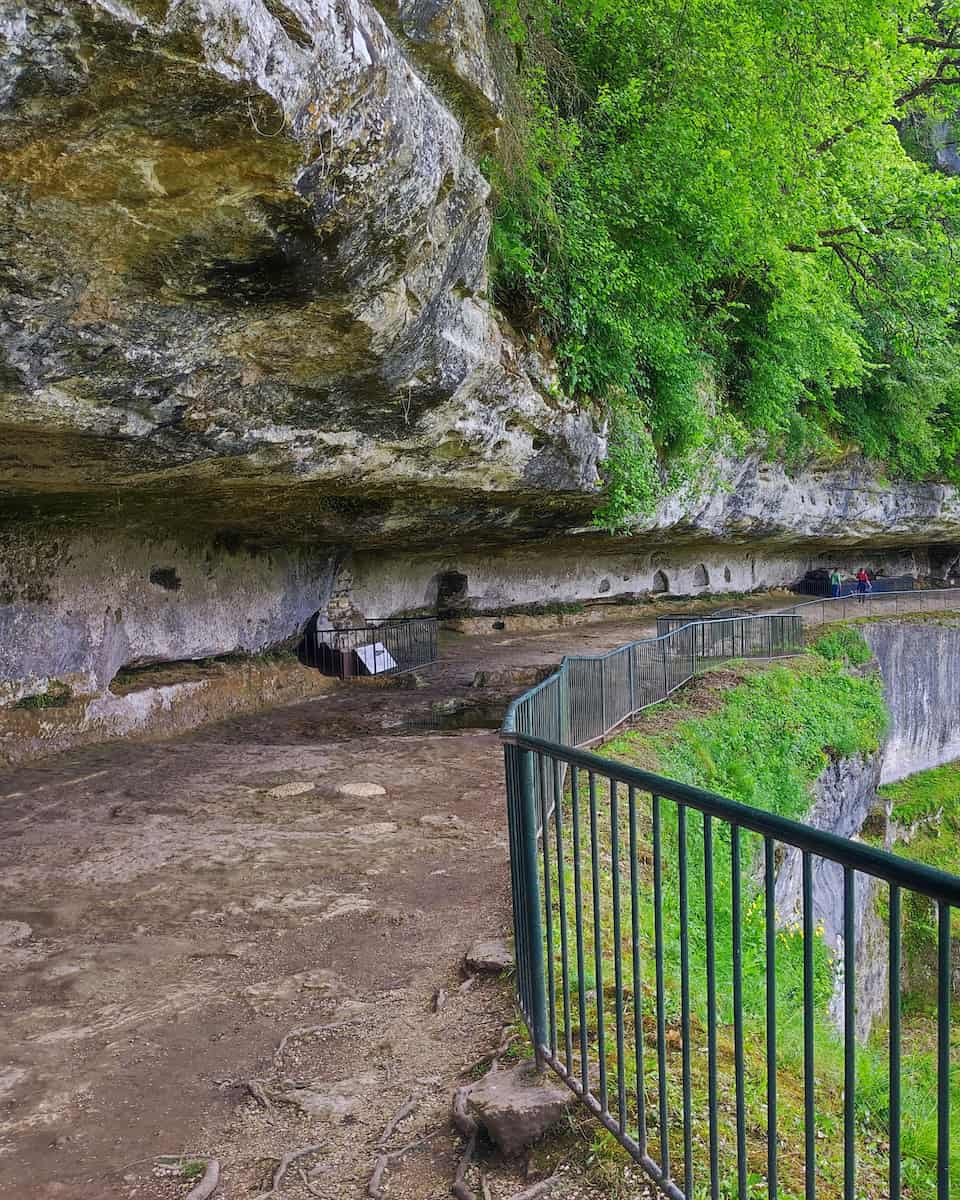
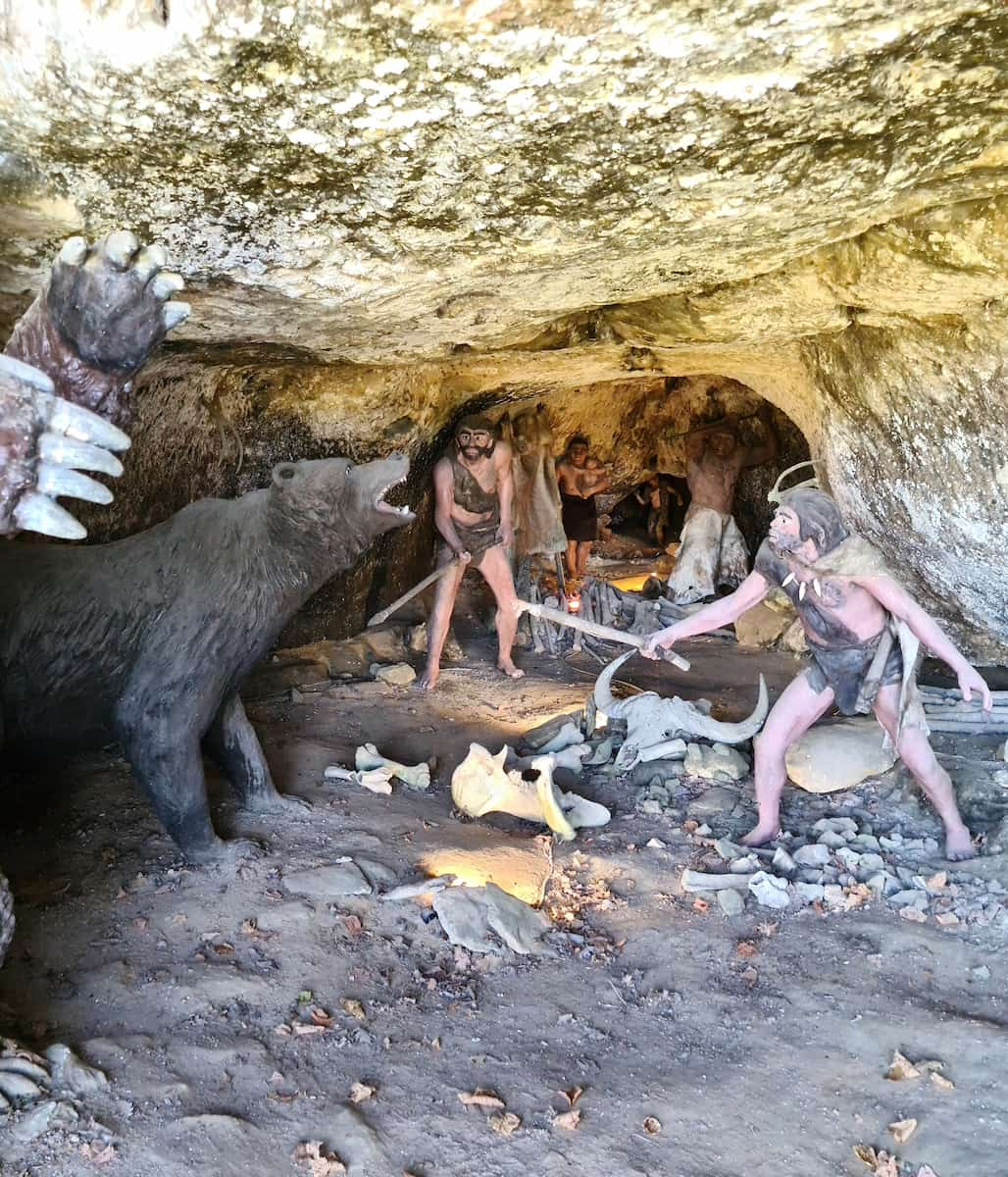
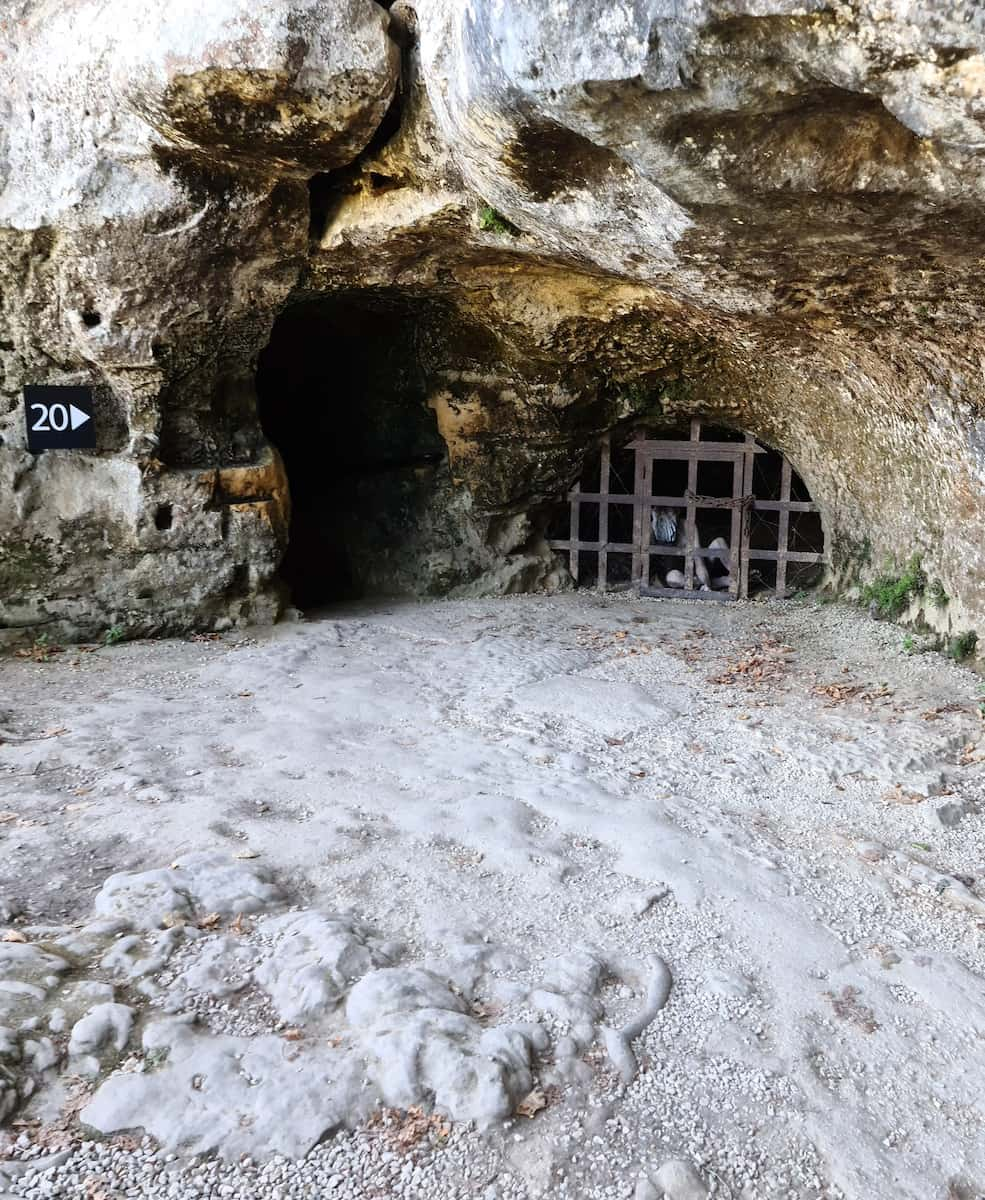
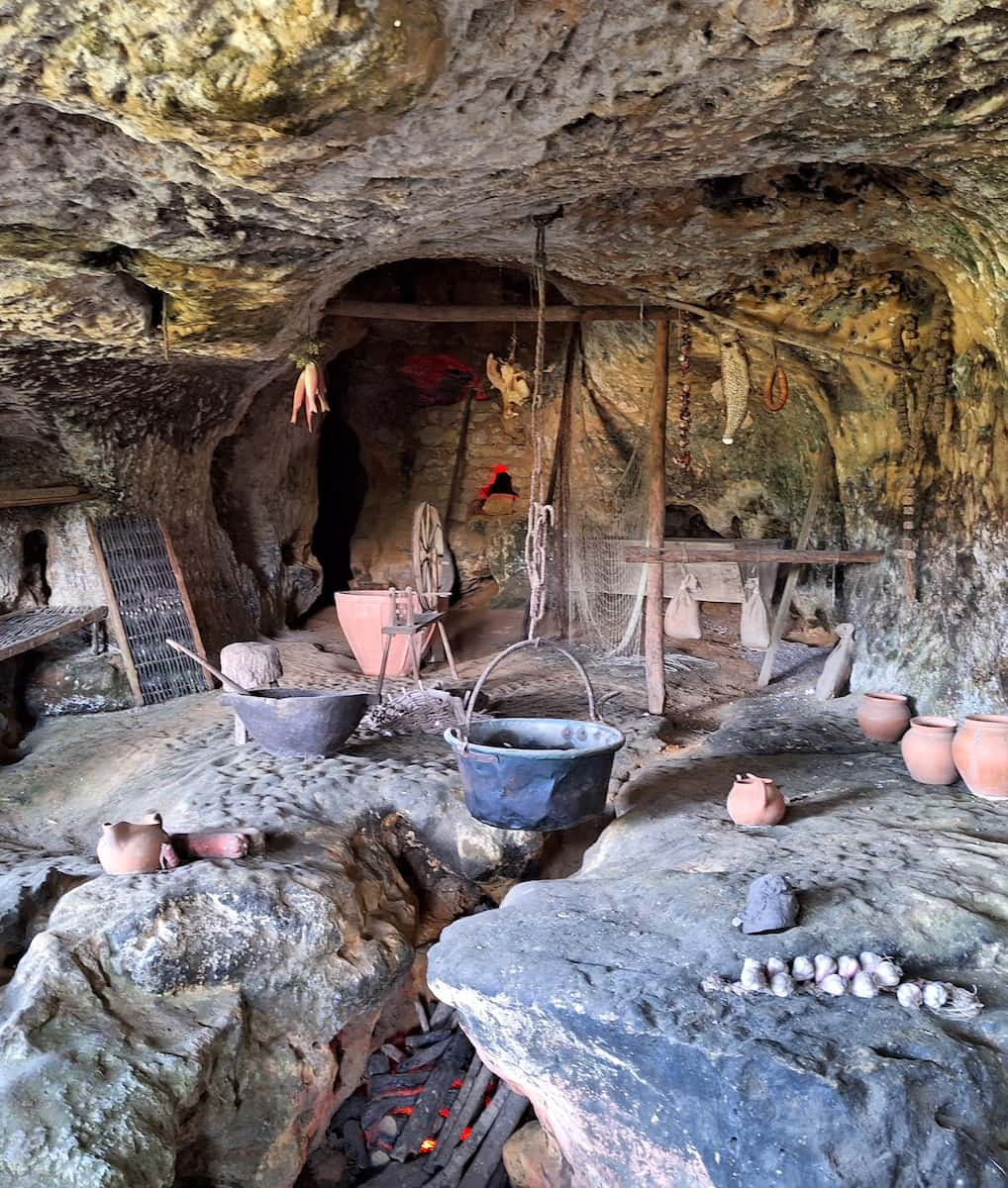
| Site Sections | What You’ll See |
|---|---|
| Prehistoric Shelters | Evidence of early human habitation |
| Medieval Town | Reconstructed buildings, defensive systems |
| Cliff Church | Rock-cut sanctuary, altar |
| Fortress | Military installations, lookout posts |
| Museum | Archaeological finds, historical models |
Visitor essentials. Open year-round with adult tickets at €9.90. The self-guided tour takes about 90 minutes, with informative panels in multiple languages explaining each section.
- Physical note: Involves some climbing of steps and uneven terrain
- Best time: Early morning to avoid both crowds and afternoon heat
- Combination ticket: Save by purchasing joint entry with nearby Prehistory Museum
16. Castle of Biron
Architectural showcase. Rising majestically above the surrounding countryside, Château de Biron captivated me with its remarkable blend of architectural styles spanning eight centuries. As the seat of one of Périgord’s four baronies, this massive fortress-palace reflects the evolving tastes of its powerful owners.
Room after room. Unlike some castles that feel empty, Biron’s interiors impressed me with their well-preserved state. I wandered through the grand Renaissance state rooms, medieval kitchens, and the stunning two-story chapel with its original 16th-century frescoes.
| Architectural Periods | Features |
|---|---|
| 12th Century | Romanesque keep, defensive walls |
| 14th Century | Gothic chapel, vaulted halls |
| 16th Century | Renaissance apartments, grand staircase |
| 18th Century | Classical state rooms, formal gardens |
| Modern | Contemporary art installations |
Artistic surprises. What made my visit especially memorable was the contemporary art exhibition integrated throughout the castle. Modern sculptures and installations created fascinating dialogues with the historic spaces, bringing fresh energy to the ancient stones.
Panoramic views. Climbing to the top of the keep rewarded me with breathtaking vistas across three departments – Dordogne, Lot-et-Garonne, and Lot. On clear days, I could even spot the distant Pyrenees mountains on the horizon.
Visitor information. Open daily except in January, with adult tickets costing €9. The castle is less crowded than those along the Dordogne River, offering a more peaceful experience.
- Audio guide: Available in four languages (€3)
- Summer events: Check for evening concerts in the courtyard
- Nearby: The bastide town of Monpazier is just 10 minutes away
⭐ Best Activities
- Castle of Biron Tickets – Visit the impressive Castle of Biron, one of the most important historic monuments in the Dordogne region.
Things to Do in Dordogne with Kids
1. Water Gardens (Les Jardins d’Eau)
Aquatic wonderland. Les Jardins d’Eau in Carsac-Aillac provided the perfect family-friendly escape on a hot summer day. My children were enchanted by the network of ponds filled with colorful water lilies, lotus flowers, and darting fish.
Cooling pathways. We followed shaded boardwalks that meandered across water features and through bamboo groves, offering welcome relief from the summer heat. The microclimate created by all this water keeps the gardens several degrees cooler than surrounding areas.
| Garden Features | Kid Appeal |
|---|---|
| Lotus Pond | Giant lily pads that “look like pizza” |
| Koi Pond | Hand-feeding friendly fish |
| Water Play Area | Splash zone with water pumps |
| Bamboo Maze | Natural hideaway for games |
| Picnic Islands | Private spots surrounded by water |
Exotic atmosphere. What surprised me most was finding such tropical vegetation in the Dordogne. Banana trees, palm trees, and flowering water plants created an almost Asian atmosphere that felt like we’d traveled much further than southern France.
Interactive elements. The gardens are designed with children in mind, featuring water pumps they can operate, stepping stones across shallow pools, and identification games to spot different plants and wildlife.
- Picnic permitted: Bring your own lunch to enjoy at designated areas
- Photography: Excellent for nature and macro photography
- Gift shop: Sells water plants you can grow at home
2. Adventure Parks (Tree climbing, Zip lines)
Forest thrills. When my kids needed to burn off energy, I discovered several excellent adventure parks throughout the Dordogne. These “accrobranche” parks offer treetop obstacle courses with varying difficulty levels suitable for everyone from toddlers to teenagers.
Safety first. I was impressed by the professional safety briefings and quality equipment at all the parks we visited. Even my cautious 7-year-old felt confident tackling the easier courses after the thorough instruction and continuous belay systems.
| Park Name | Location | Best Features | Price (Child/Adult) |
|---|---|---|---|
| Airparc Périgord | Thenon | 22 ziplines, giant swing | €15/€22 |
| Indian Forest | Carsac | Water jumps, Tarzan leaps | €14/€20 |
| Happy Forest | Bergerac | Night courses (summer) | €13/€19 |
| Jungle Kids | Sarlat | Toddler course (from age 2) | €12/€18 |
Course variety. Each park offers color-coded routes of increasing difficulty. My 5-year-old loved the green circuits with simple balance beams and mini ziplines, while my adventurous 10-year-old tackled black routes with challenging vertical climbs and thrilling jumps.
All-day fun. Most parks offer all-day passes, allowing kids to repeat favorite courses. We packed a picnic lunch and made a full day of it, alternating between active climbing and relaxing breaks in the shade.
Weather considerations. These parks operate in most weather conditions, but close during thunderstorms. I found them perfect for slightly cooler days when river swimming wasn’t appealing.
- What to wear: Closed-toe shoes, comfortable clothes that can get dirty
- Age restrictions: Most challenging courses require minimum height of 1.4m
- Booking: Reservations recommended in July-August
3. Tropical Gardens at La Roque-Gageac
Exotic surprise. Nestled against the golden cliffs of La Roque-Gageac, I discovered a remarkable microclimate that supports a lush tropical garden in the heart of the Dordogne. My children were amazed to find banana trees, palms, and exotic flowers in this unexpected location.
Treasure hunt. The tourist office offers a free garden scavenger hunt that transformed our visit into an exciting adventure. My kids eagerly searched for specific plants, counted palm trees, and identified unusual flowers to earn a small prize.
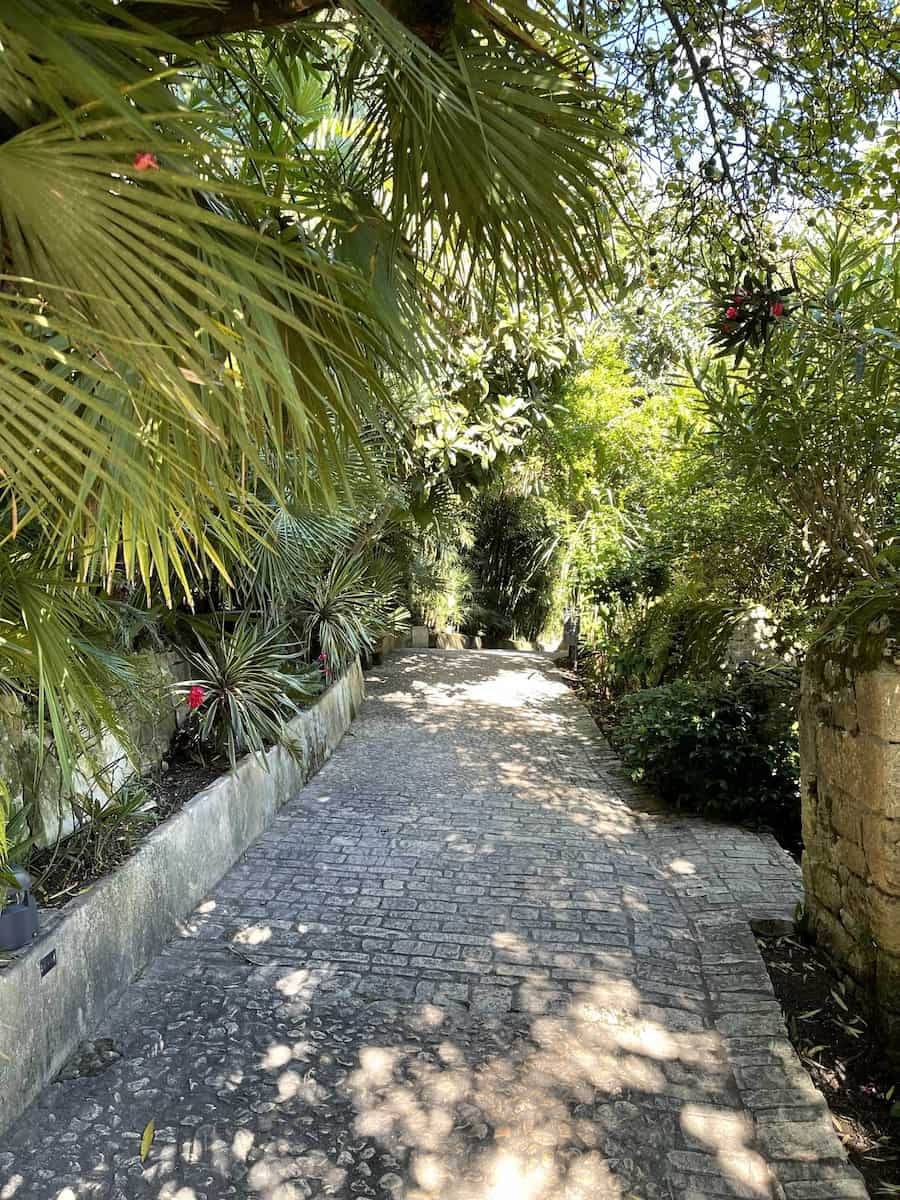
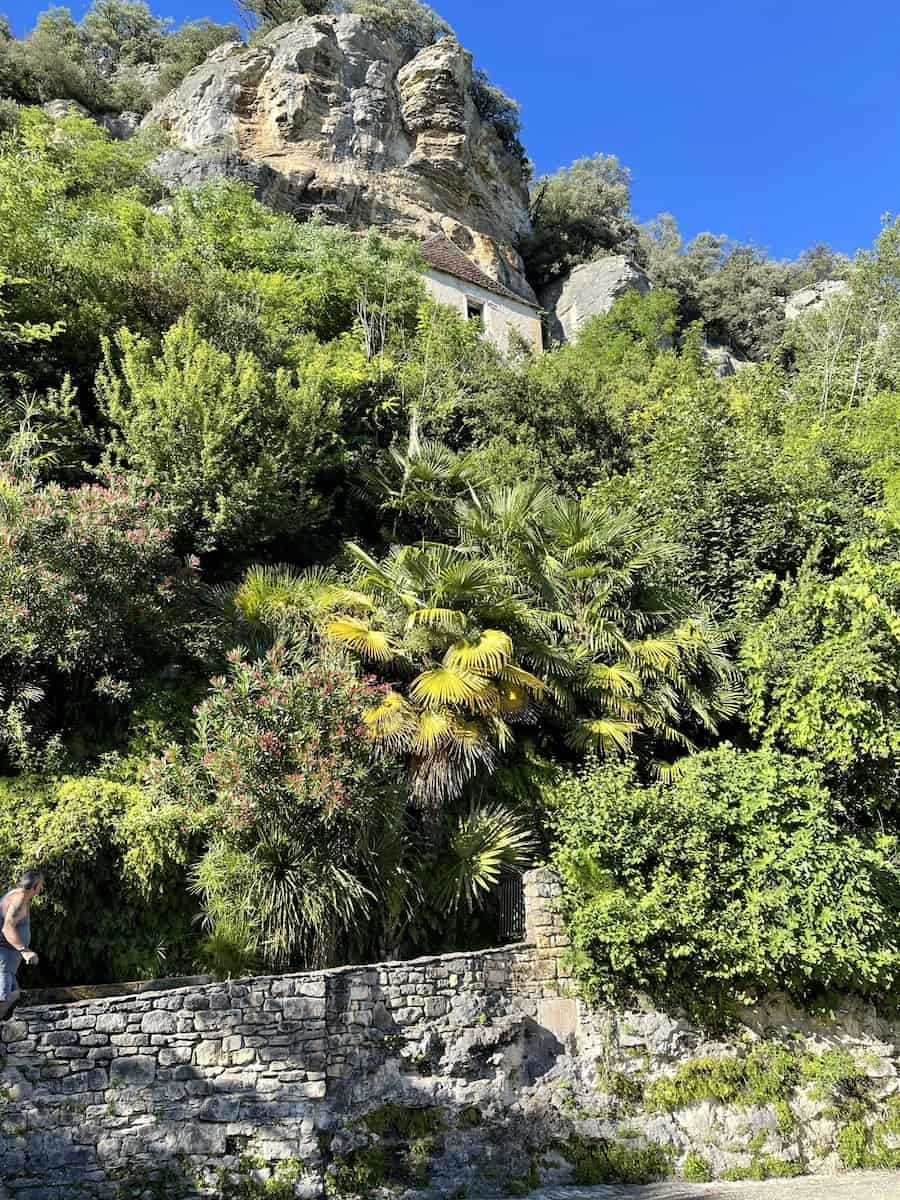
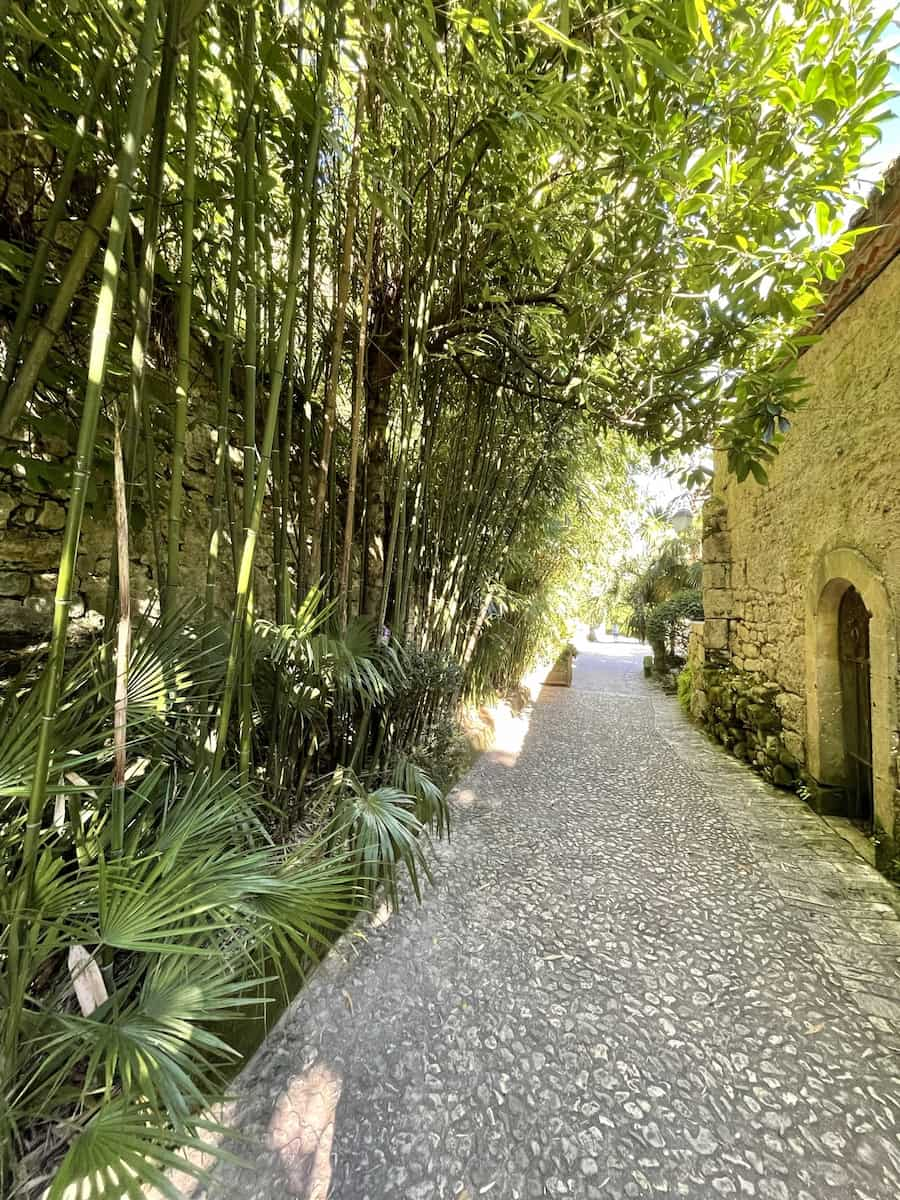
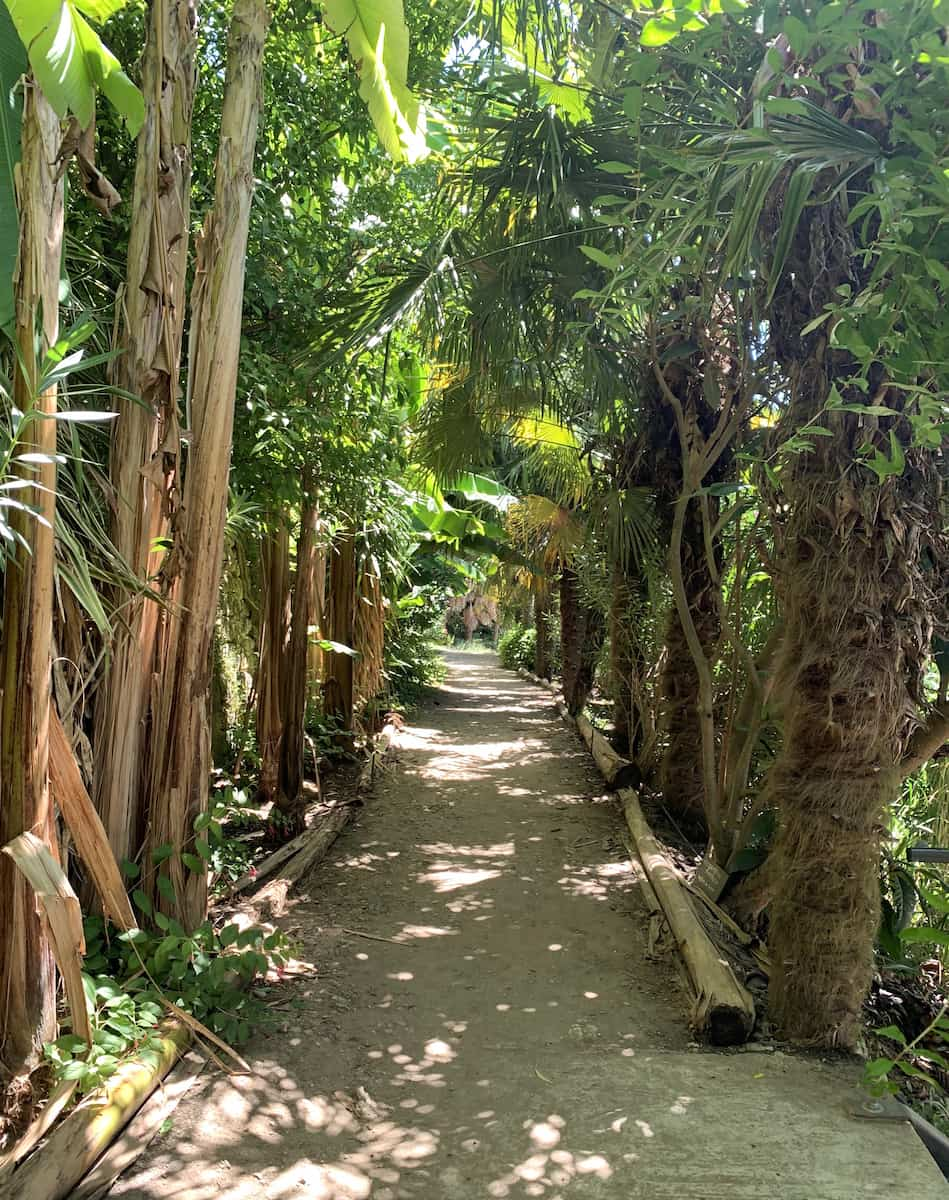
| Exotic Plants | Fun Facts for Kids |
|---|---|
| Banana Trees | Produce actual fruit in warm years |
| Bougainvillea | Flowers are actually colored leaves |
| Palm Trees | Some are over 100 years old |
| Bamboo Groves | Can grow 1 meter in just one week |
| Cacti Collection | Some flower only once every decade |
Sensory experience. The garden engages all the senses with fragrant flowers, rustling palm fronds, and interesting textures to touch. My children particularly enjoyed the “smell garden” section where they could identify plants by their distinctive aromas.
River views. Elevated pathways through the garden offer spectacular views of traditional gabarre boats plying the Dordogne River below. We timed our visit to watch these flat-bottomed vessels pass by, waving to passengers from our garden vantage point.
Visitor information. The gardens are free to visit and accessible year-round. The best time is April through October when everything is in full bloom.
- Combined activity: Pair with a gabarre boat ride for a perfect half-day
- Refreshment stop: The garden path leads to an excellent ice cream shop
- Photo opportunity: The view of the village from the upper garden path
4. Farm Visits and Animal Parks
Hands-on farming. My children’s favorite Dordogne memory was visiting La Ferme de Vialard, where they collected still-warm eggs from the henhouse, bottle-fed baby goats, and learned to milk a patient cow named Marguerite.
Educational fun. These working farms offer children genuine insight into rural French life. My kids were fascinated by the cheese-making demonstration at Ferme de Turnac, especially when they got to taste the fresh results afterward.
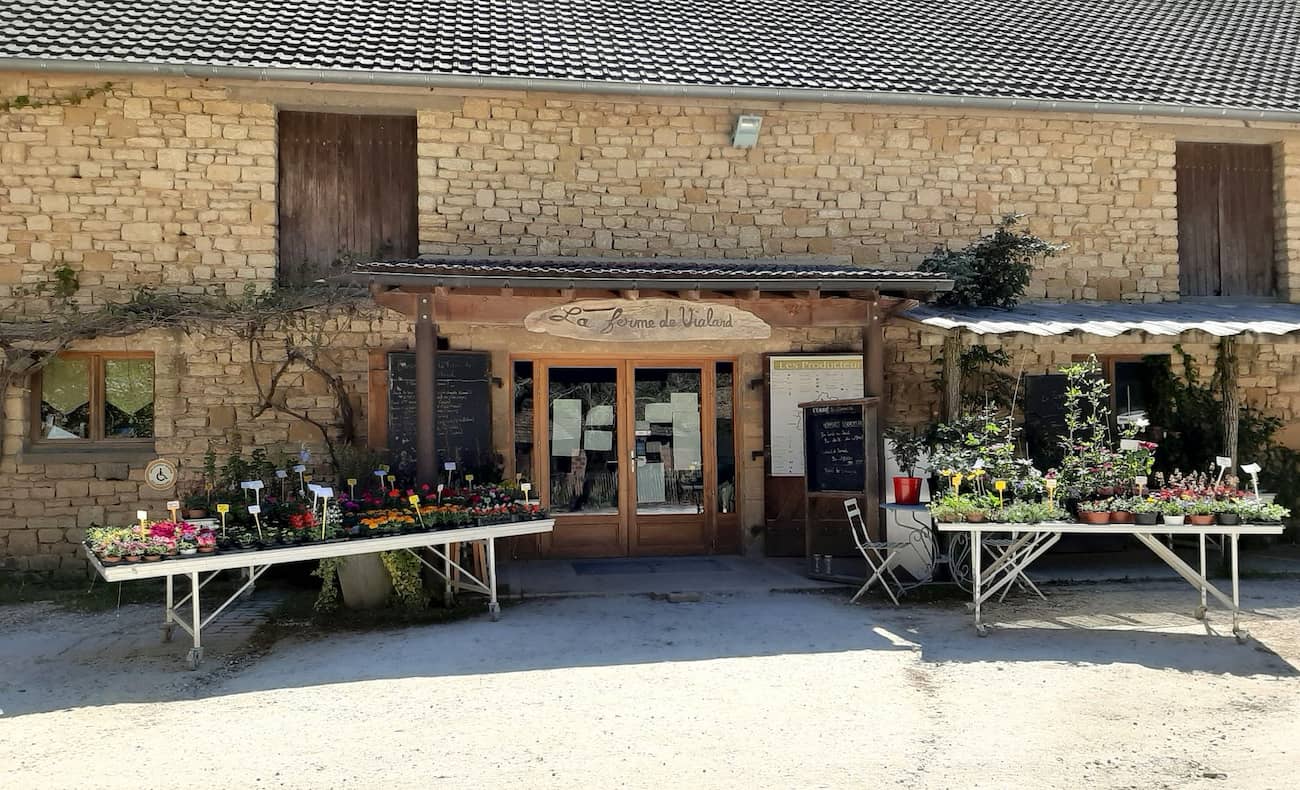
| Farm | Location | Special Activities | Price |
|---|---|---|---|
| La Ferme de Vialard | Carsac | Animal feeding, tractor rides | €7 |
| Ferme de Turnac | Domme | Cheese making, duck feeding | €6 |
| Les Ânes de Pinsac | Pinsac | Donkey rides, wool spinning | €8 |
| La Ferme du Brusquand | Sarlat | Strawberry picking (May-June) | Free entry |
Animal encounters. At Les Ânes de Pinsac, my children spent a delightful morning brushing gentle donkeys and taking turns riding them along a scenic woodland trail. The owner’s passion for these intelligent animals was contagious, and we learned much about their historical importance in Dordogne farming.
Seasonal activities. Many farms offer special seasonal experiences – strawberry picking in spring, sunflower mazes in summer, pumpkin harvests in autumn, and truffle hunting demonstrations in winter.
- Language note: Some farmers speak limited English, but activities are easy to follow
- Shopping opportunity: Farm shops sell excellent products to take home
- Timing tip: Morning visits often coincide with feeding times
Free Things to Do in Dordogne
1. Walk Medieval Streets (Sarlat, Domme, Monpazier)
Time travel on foot. I discovered that one of the Dordogne’s greatest pleasures costs absolutely nothing – wandering the perfectly preserved medieval streets of its historic towns. Sarlat’s golden-stone labyrinth particularly captivated me with its atmospheric lanes and hidden courtyards.
Architectural treasure hunt. In Monpazier, I challenged myself to spot architectural details – gargoyles, ancient door knockers, and carved stone emblems – that revealed the town’s 700-year history. The tourist office provides free walking maps highlighting key features.
| Town | Architectural Highlights | Market Day |
|---|---|---|
| Sarlat | Renaissance mansions, lantern of the dead | Wednesday & Saturday |
| Domme | Fortified gates, Knights Templar graffiti | Thursday |
| Monpazier | Arcaded square, uniform medieval plan | Thursday |
| Limeuil | Three-river view, terraced gardens | Sunday |
| Belvès | Troglodyte dwellings, belfry tower | Saturday |
Photography paradise. Early morning walks rewarded me with empty streets bathed in golden light, perfect for photography. I found Sarlat particularly magical before 8AM when I had the medieval center almost entirely to myself.
Evening ambiance. During summer months, I enjoyed free evening strolls through Sarlat when buildings are beautifully illuminated by subtle lighting. The Saturday night market (July-August) creates a festive atmosphere with street performers and local crafts.
Insider tip. Look beyond the main squares to discover quieter residential streets where locals still live within medieval walls. These areas offer a more authentic glimpse of daily life in these historic settings.
- Free guided walks: Sarlat tourist office offers free orientation tours (July-August)
- Rainy day option: Explore Sarlat’s covered market in the converted church
2. Promenades along the Dordogne River
Riverside serenity. Some of my most peaceful Dordogne moments came from simply walking along the riverbanks, watching golden light play on the water as canoeists paddled by and kingfishers darted across the surface.
Accessible paths. I discovered well-maintained walking paths following the Dordogne River near most major towns. The stretch between Vitrac and Cénac offered particularly beautiful views of limestone cliffs and passing gabarres (traditional boats).
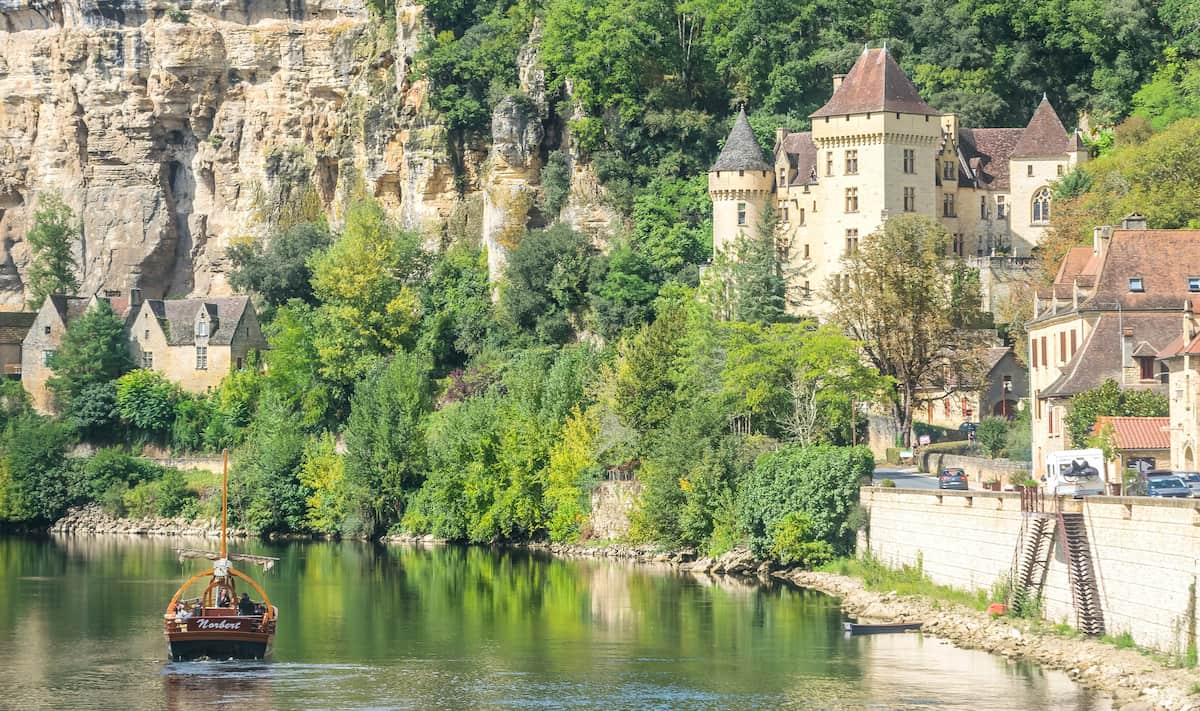
| Walking Route | Distance | Highlights |
|---|---|---|
| La Roque-Gageac Path | 3 km | Cliff views, riverside gardens |
| Limeuil Three Rivers | 4 km | Confluence of Dordogne & Vézère |
| Castelnaud Loop | 5 km | Castle views, swimming spots |
| Beynac Towpath | 2 km | Historic port, fishing spots |
| Trémolat Cingle | 7 km | Dramatic river bend viewpoints |
Wildlife watching. These riverside walks provided excellent opportunities for spotting local wildlife. I observed herons fishing in the shallows, families of ducks paddling in formation, and even a beaver swimming at dusk near Vitrac.
- Best times: Early morning or evening for wildlife and photography
- Swimming access: Look for designated river beaches along the paths
- Parking: Free parking available at most path starting points
3. River Beaches with Free Entrance (Le Coux, Limeuil)
Natural swimming. I discovered that the Dordogne region offers numerous free river beaches where locals and visitors alike cool off during hot summer days. These natural swimming spots became my favorite no-cost alternative to crowded pools.
Family-friendly shores. The beach at Limeuil, where the Dordogne and Vézère rivers meet, impressed me with its gentle slope into clear water and shaded picnic areas. My children spent hours building sandcastles and splashing in the shallow sections.
| Beach Location | Facilities | Best Features |
|---|---|---|
| Limeuil | Toilets, picnic tables | Sandy shore, shallow entry |
| Le Coux | Basic toilets, shade | Crystal clear water, rope swing |
| Vitrac Port | Parking, grass area | Deep swimming, jumping rocks |
| Castelnaud | Picnic area, trees | Castle view, gentle current |
| La Roque-Gageac | Small sandy area | Village backdrop, boat watching |
Safety considerations. I appreciated that many river beaches have volunteer lifeguards during July and August (usually 2-6PM). At other times, I was careful to observe posted safety information about currents and water depth.
Local atmosphere. These beaches gave me a wonderful opportunity to experience authentic local life. French families arrive with elaborate picnics, games of pétanque develop spontaneously, and the atmosphere is relaxed and welcoming.
Practical tips. Arrive early (before 11AM) to secure a good spot during peak season. Bring everything you need as most beaches have limited or no services nearby.
- Water quality: Excellent, with regular testing throughout summer
- Shade tip: Beaches near Limeuil and Le Coux offer the most natural shade
Seasonal Activities
Christmas in Dordogne
Festive markets. I discovered that Dordogne transforms into a winter wonderland during December, with charming Christmas markets in towns throughout the region. Sarlat’s market (first three weekends of December) particularly enchanted me with its ice skating rink, traditional crafts, and local delicacies.
Truffle season. Winter visits coincide with black truffle season, and I was thrilled to attend the famous truffle market in Sarlat (December-February, Saturday mornings). Watching the intense negotiations between truffle hunters and buyers was fascinating, and many restaurants offer special truffle menus during this period.
| Christmas Event | Location | Dates | Highlights |
|---|---|---|---|
| Sarlat Christmas Market | Place de la Liberté | Dec 1-24 | Ice rink, Santa’s house |
| Périgueux Winter Festival | Cathedral Square | Dec 8-31 | Light show, artisan village |
| Truffle Market | Sarlat covered market | Sat (Dec-Feb) | Truffle weighing, demonstrations |
| Medieval Christmas | Beynac Castle | Dec 18-30 | Period costumes, ancient music |
| New Year’s Eve Gala | Various châteaux | Dec 31 | Formal dinners, fireworks |
Winter gastronomy. The cooler season brings hearty Périgord specialties to restaurant menus. I indulged in cassoulet, confit duck, and walnut tarts paired with robust Bergerac red wines – perfect comfort food after a day of exploring.
- Accommodation tip: Many château hotels offer special Christmas packages
- Shopping opportunity: Christmas markets sell unique local crafts and foods
- Weather note: Pack layers – December temperatures average 4-10°C
Summer Festivals and Events (Night Markets, Candlelit Gardens)
Evening markets. The highlight of my summer visits was experiencing the region’s vibrant night markets. Each evening of the week, a different village hosts these “marchés nocturnes” where local producers set up food stalls around communal tables, creating a festive outdoor dining experience.
Music everywhere. It seemed every village hosted concerts during summer months. I caught everything from classical performances in ancient churches to jazz in castle courtyards and traditional folk music in village squares – most completely free to attend.

| Summer Event | Location | When | Description |
|---|---|---|---|
| Night Markets | Various villages | Evenings (Jul-Aug) | Food stalls, live music |
| Marqueyssac by Candlelight | Vézac | Thu evenings | 2,000 candles, musicians |
| Festival du Périgord Noir | Various venues | Aug-Sep | Classical music concerts |
| Medieval Festival | Belvès | First weekend Aug | Reenactments, crafts, feast |
| Sarlat Street Theater | Throughout Sarlat | Jul-Aug | Performers, night shows |
Candlelit gardens. Thursday evenings at Marqueyssac Gardens (July-August) were pure magic, with over 2,000 candles illuminating the pathways and musicians performing throughout the gardens. The special evening entry fee (€19) was absolutely worth it for this enchanting experience.
Booking advice. While many events are free, popular concerts and special castle events often require advance tickets. I learned to check local tourist offices early in my stay to secure spots at the most interesting activities.
- Night market tip: Arrive by 7PM to secure a table at popular markets
- Transport note: Some evening events offer shuttle services from nearby towns
- Local favorite: St-Cyprien Sunday night market has the best atmosphere
Spring Blooms in Gardens and Parks
Awakening landscapes. My spring visits to Dordogne revealed the region at its freshest, with wildflowers carpeting the meadows and fruit trees bursting into blossom. The gardens at Eyrignac were particularly stunning with their fresh green topiary set against seas of spring bulbs.
Strawberry season. Late April through May brings the prized Périgord strawberries to markets and menus. I joined locals at the Strawberry Festival in Beaulieu-sur-Dordogne (second Sunday in May), where the town celebrates with strawberry-themed foods, music, and a boat parade.
| Spring Garden | Best Viewing Time | Special Features |
|---|---|---|
| Marqueyssac | April-May | Tulips, daffodils, valley views |
| Eyrignac | March-June | White garden, spring bulbs |
| Cadiot Gardens | May | Iris collection (over 400 varieties) |
| Limeuil Gardens | April-June | Perfect views, medicinal plants |
| Château de Losse | May | Historic rose collection |
Easter traditions. Holy Week processions take place in many villages, with Sarlat hosting particularly beautiful candlelit ceremonies. I was charmed by the Easter Monday omelette festival in Bessines, where locals prepare a giant omelette in the village square.
- Photography tip: Morning mist over the river valleys creates magical spring scenes
- Allergy note: Bring medication if sensitive to tree pollen
- Local delicacy: Look for “fraises des bois” (wild strawberries) at spring markets
Autumn Foliage Walks and Harvest Festivals
Golden landscapes. My autumn visits to Dordogne revealed the countryside transformed by spectacular fall colors. The mixed forests along the Vézère Valley were particularly stunning in late October, with oaks, chestnuts, and maples creating a tapestry of gold, copper, and crimson.
Mushroom season. Fall brings the excitement of mushroom hunting, and I joined a guided foray with a local expert who taught me to identify edible varieties. The forests around Thenon are particularly rich in cèpes (porcini), which feature prominently on restaurant menus during this season.
| Autumn Event | Location | When | Highlights |
|---|---|---|---|
| Chestnut Festival | Villefranche-du-Périgord | Last Sunday Oct | Roasted chestnuts, folk music |
| Walnut Fair | Thiviers | Mid-October | Oil pressing demonstrations |
| Mushroom Market | Sarlat | Fri mornings (Sep-Nov) | Expert identification service |
| Wine Harvest | Bergerac vineyards | September | Vineyard tours, new wine tastings |
| Autumn Colors Walk | Auvézère Valley | October | Guided nature walks |
Harvest celebrations. I timed my visit to coincide with the Chestnut Festival in Villefranche-du-Périgord, where I sampled chestnut soup, bread, and liqueur while watching traditional dancing. The walnut harvest also brings special events, with mills offering demonstrations of traditional oil pressing.
Vineyard activities. September brings the grape harvest to Bergerac wine country. Several vineyards invite visitors to participate in picking grapes or to join harvest festivals with music, food, and the first tastings of the season’s production.
Perfect hiking weather. Autumn’s cooler temperatures (10-20°C) create ideal conditions for exploring the region’s many hiking trails. I particularly enjoyed the circuit around the Cingle de Trémolat, where fall colors reflect beautifully in the Dordogne River.
- Photography tip: The golden hour before sunset creates magical lighting on autumn foliage
- Practical note: Many attractions reduce hours after October 31
- Culinary highlight: Game dishes like venison and wild boar appear on menus
Day Trip from Dordogne
1. Rocamadour (Clifftop Village & Sanctuary)
Vertical wonder. Just an hour’s drive from the Dordogne Valley, Rocamadour left me speechless with its dramatic setting – a cascade of ancient buildings clinging to a sheer cliff face 120 meters above the Alzou canyon. This sacred site has drawn pilgrims for over 1,000 years.
Sacred staircase. I joined the tradition of ascending the Grand Escalier, 216 steps that pilgrims historically climbed on their knees. The physical effort of the climb added to the sense of pilgrimage, though there’s now a convenient elevator for those with mobility issues.
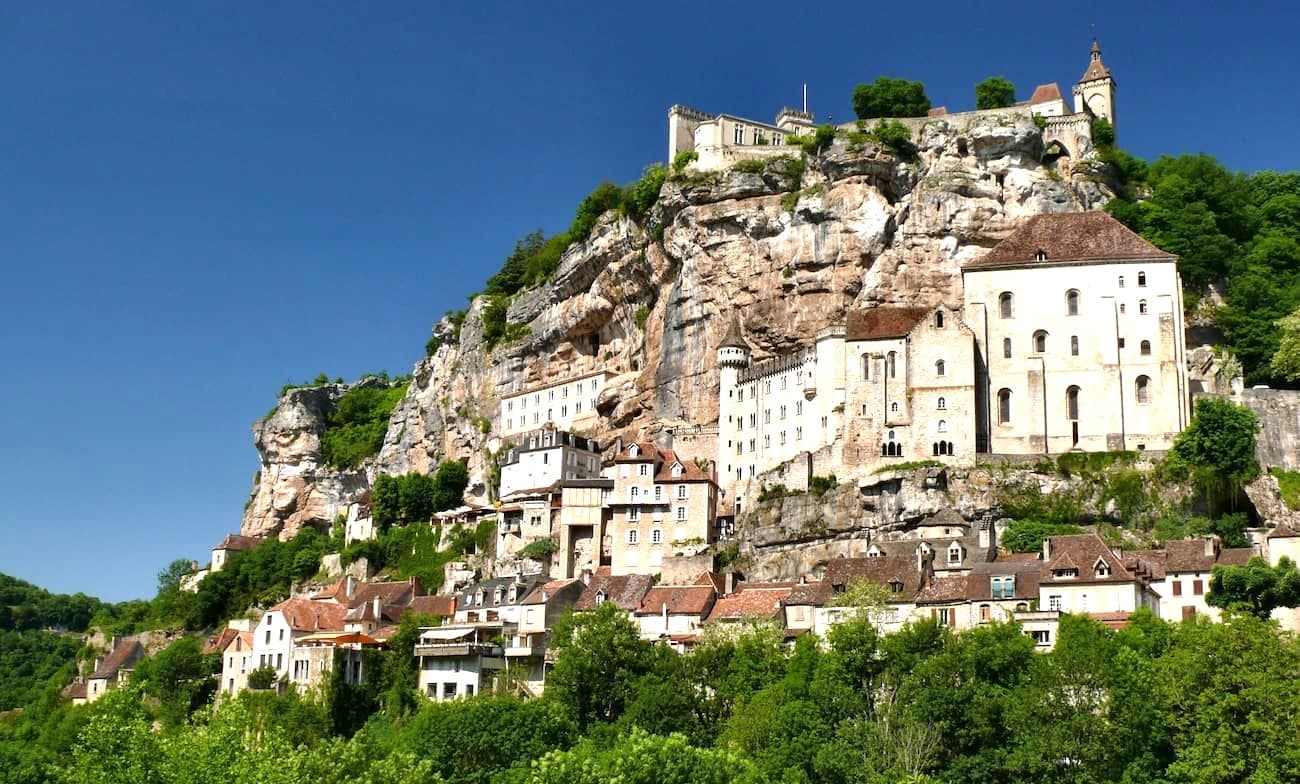
| Must-See Sites | Description | Location |
|---|---|---|
| Sanctuary Square | Seven chapels in one complex | Mid-level |
| Black Madonna | 12th-century venerated statue | Notre Dame Chapel |
| Durandal Sword | Legendary Roland’s sword | Chapel of Miracles |
| Chapelle Notre-Dame | Main pilgrimage site | Sanctuary level |
| L’Hospitalet | Panoramic viewpoint | Top of cliff |
Spiritual atmosphere. Inside the sanctuary complex, I found the Chapel of Notre-Dame housing the famous Black Madonna statue. The simple, darkened interior creates a powerful atmosphere of reverence that affected me deeply, regardless of religious beliefs.
Gastronomic detour. After exploring the religious sites, I treated myself to lunch featuring Rocamadour’s famous AOC goat cheese – small, creamy discs traditionally produced by local shepherds. Paired with walnut bread and honey, it was a simple but perfect meal.
Visitor information. Entry to the village is free, but parking costs €8 for the day. The sanctuary complex charges €2 for entry. Allow at least 3-4 hours for a proper visit.
- Timing tip: Arrive before 10AM or after 4PM to avoid tour bus crowds
- Photography spot: The viewpoint at L’Hospitalet offers the classic postcard view
- Shopping note: Many shops sell pilgrim medallions and religious items
⭐ Best Tours
- Rocamadour Village Half-Day Trip from Sarlat – Explore the stunning village of Rocamadour on this convenient half-day trip from Sarlat.
- Sarlat Private Tour to Rocamadour – Enjoy a personalized experience visiting the spectacular village of Rocamadour with this private tour from Sarlat.
2. Perigueux (Roman Ruins & Museums)
Roman origins. Just 45 minutes north of the valley, Perigueux surprised me with its impressive Roman heritage. The highlight was Vesunna, a Gallo-Roman museum built around the remains of a wealthy Roman’s villa, with original mosaic floors and heating systems still visible.
Byzantine domes. The city’s crowning glory is the Cathedral of Saint-Front with its distinctive Byzantine-style domes. I climbed the bell tower for views across the city’s medieval center and the Périgord countryside beyond.
| Perigueux Highlights | Description | Entry Fee |
|---|---|---|
| Vesunna Museum | Roman villa, artifacts | €6 |
| Saint-Front Cathedral | Byzantine architecture | Free |
| Medieval Old Town | Half-timbered houses | Free |
| Mataguerre Tower | Last remaining city gate | €3.50 |
| Wednesday Market | One of France’s finest | Free |
Market day magic. I timed my visit for Wednesday morning to experience Perigueux’s famous market that spills through the medieval streets. The covered market hall dates from 1832 but continues centuries of tradition, offering the finest regional products.
Renaissance treasures. Beyond Roman and medieval sites, I discovered an elegant Renaissance district with mansions featuring ornate stone facades and turrets. The tourist office offers an excellent self-guided walking tour map highlighting these architectural gems.
Culinary capital. As the capital of the Périgord, Perigueux offers exceptional dining. I enjoyed lunch at Le Clos Saint-Front, where traditional dishes like tourin (garlic soup) and magret de canard showcased the region’s gastronomic heritage.
- Museum pass: Combined ticket for all city museums saves 30%
- Walking tour: Free guided tours on Saturday mornings (summer only)
- Local specialty: Try Périgueux sauce – a truffle and Madeira wine reduction
3. Saint-Léon-sur-Vézère (Village & Canoeing)
Riverside perfection. Just a short drive from Les Eyzies, I discovered what many locals consider the Dordogne’s most beautiful village. Saint-Léon-sur-Vézère charmed me with its honey-colored stone buildings clustered around a 12th-century Romanesque church beside the tranquil Vézère River.
| Village Highlights | Description | Notes |
|---|---|---|
| Saint-Léon Church | 12th-century Romanesque | Excellent acoustics, summer concerts |
| Manor of the Jesuit | Renaissance building | Now houses village café |
| La Roseraie Garden | Rose collection, river views | Small entry fee (€3) |
| River Beach | Swimming spot, picnic area | Free access |
| Sunday Market | Local produce (summer only) | Morning only |
Musical heritage. I was fortunate to catch one of the classical concerts held in the village church during the Festival du Périgord Noir (August-September). The building’s exceptional acoustics have made it a favorite venue for chamber music for decades.
- Canoe tip: Early morning paddling offers the best wildlife spotting
- Photography: The view from the bridge is particularly photogenic
- Dining recommendation: Le Petit Léon serves excellent regional cuisine.
FAQ
What is special about Périgord Noir region?
Périgord Noir is one of the most beautiful parts of the Dordogne, known for its dense forests and truffles. You’ll find stunning medieval towns nestled on the bank of the Dordogne River, creating a landscape that seems frozen in time.
When should I plan my trip to Dordogne?
Spring (April-June) and early autumn (September-October) offer pleasant weather with fewer tourists. During these seasons, you’re planning your visit when the greenery is lush but you’ll avoid the crowds that gather during peak season.
Which ancient sites can I explore underground?
The area boasts remarkable underground treasures including Font-de-Gaume, one of the last original caves with prehistoric art still open to visitors. Many famous sites like the original Lascaux are now closed to the public for preservation, but excellent replicas provide a journey back in time.
How can I best experience the waterways?
Renting a kayak or taking a traditional gabarre boat ride offers one of the best things to do for experiencing the picturesque Dordogne River. From the water, you’ll find unparalleled views of honey-colored buildings overlooking the Dordogne River and surrounding countryside.
What makes Gardens of Marqueyssac worth visiting?
The Gardens of Marqueyssac feature over 150,000 hand-pruned boxwoods creating a rolling sea of greenery above the valley. On Thursday evenings, they transform with thousands of candles, making it one of the highlights of visiting the Dordogne that’s worth arriving early to beat the crowds.
Which towns are designated “Most Beautiful Villages”?
Several settlements in the area hold the prestigious “Plus Beaux Villages de France” designation, including Monpazier, one of the best preserved bastide towns. You’ll get to see well-preserved medieval architecture, golden stone buildings, and a sense that you’ve stepped back in time in these exceptional communities.
What family activities will entertain children?
The Dordogne offers numerous family-friendly activities including adventure parks, water gardens, and interactive historical sites where kids really enjoy themselves. For families with kids aged 5-12, the prehistoric art centers provide educational entertainment with hands-on exhibits that bring ancient history to life.
Where can I taste authentic regional cuisine?
Local markets like the one in Le Bugue offer the perfect opportunity to sample regional delicacies including truffles, walnuts, and traditional dishes. You’ll find that restaurants in the heart of the valley serve authentic Perigord specialties that have remained unchanged for generations.
What outdoor activities are available beyond sightseeing?
The region provides excellent opportunities for hiking, cycling, and horseback riding through its varied landscapes. You’ll find well-marked trails offering panoramic views of the surrounding countryside, making it one of the best ways to experience the natural beauty of this part of the Dordogne.
How far is Rocamadour from central Dordogne?
Rocamadour, a dramatic medieval sanctuary built into a cliff, is approximately 60 minutes drive from Sarlat in the eastern part of the Dordogne. This extraordinary site features religious buildings stacked upon each other and offers stunning views of the Alzou canyon below.
